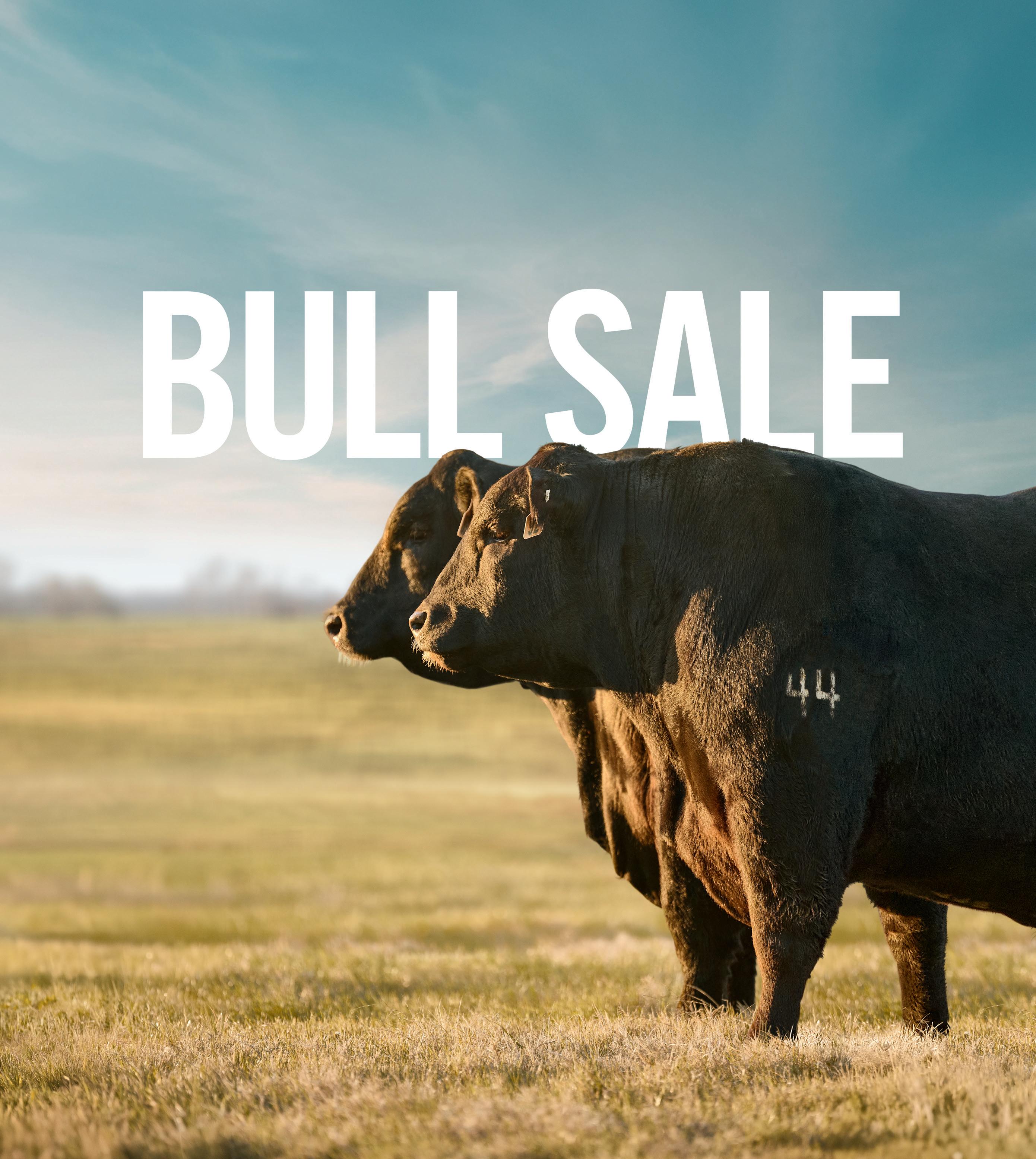Ranch Horse Traditions
A shared love for horses among the next generation at R.A. Brown Ranch.



A shared love for horses among the next generation at R.A. Brown Ranch.


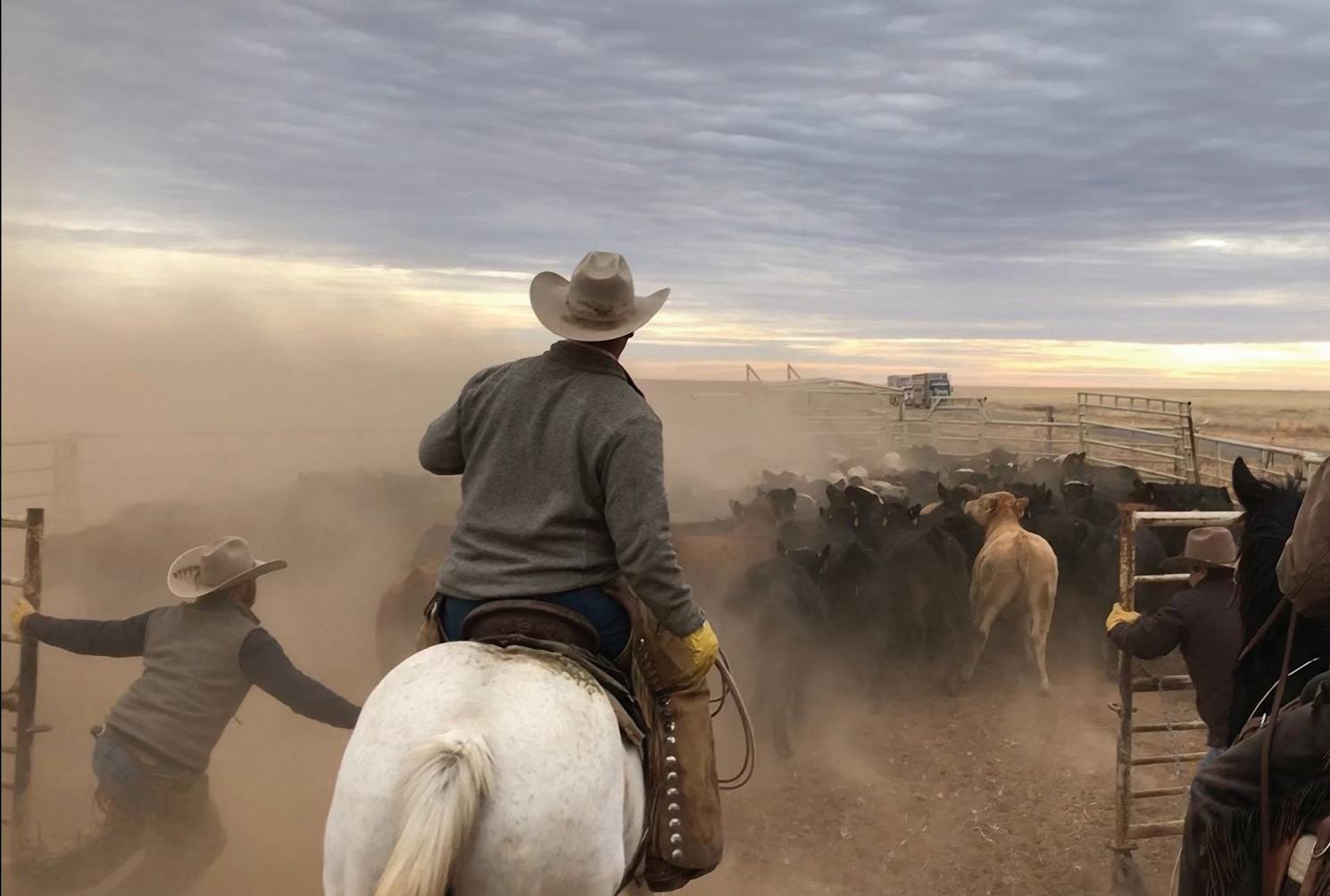

Birdwell Plainview, TX (806) 681-3667
Griffin Atoka, OK (580) 271-1333
Johnson Dallas, TX (214) 384-2653
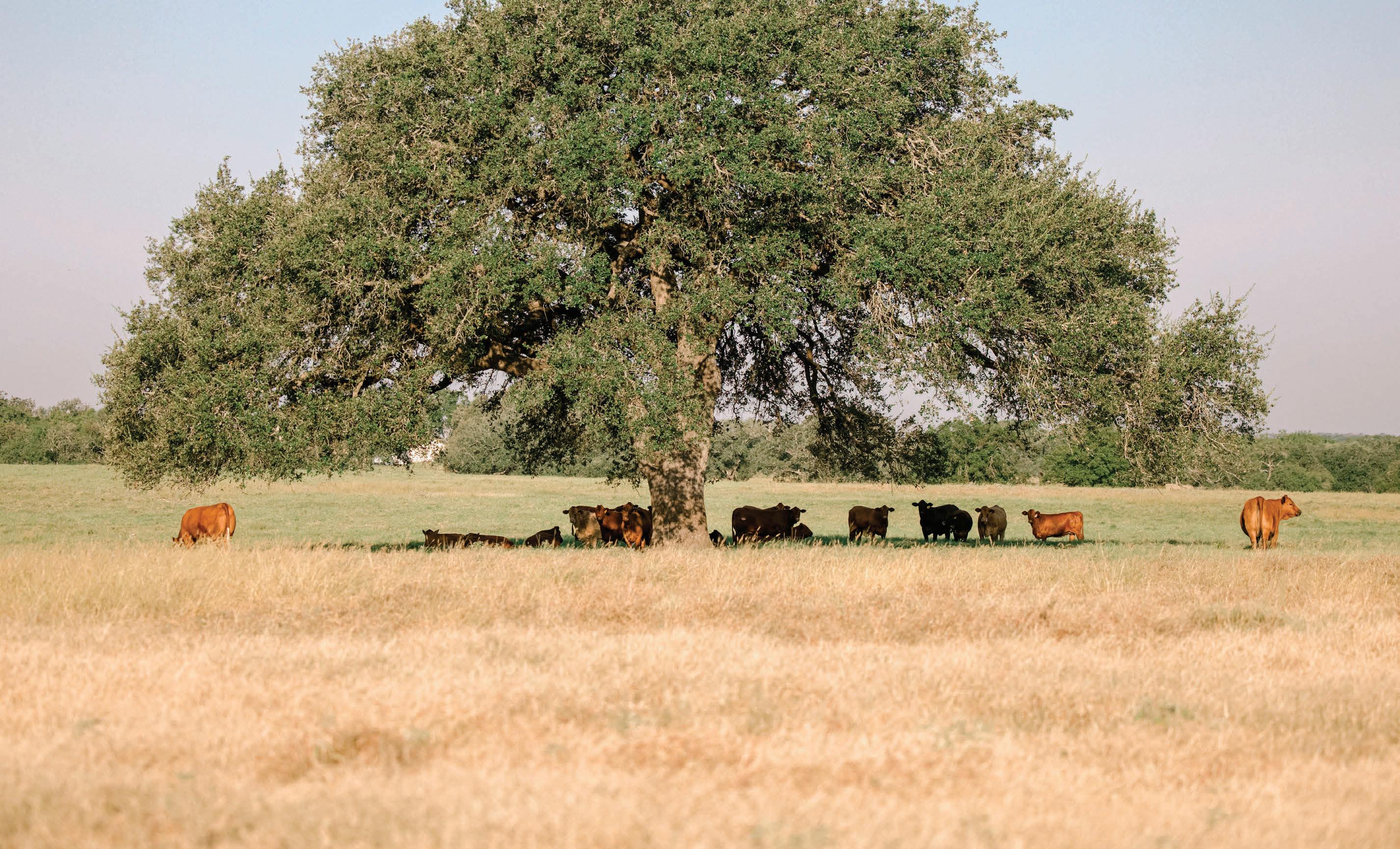
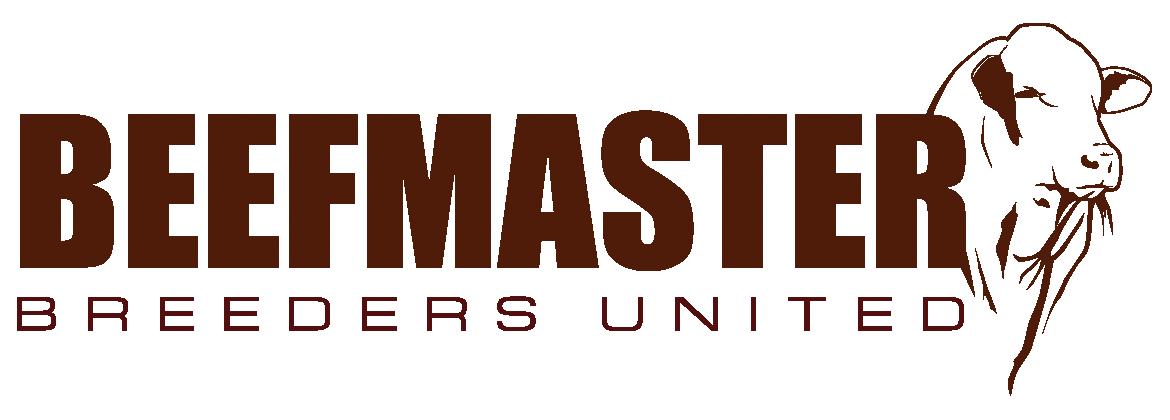
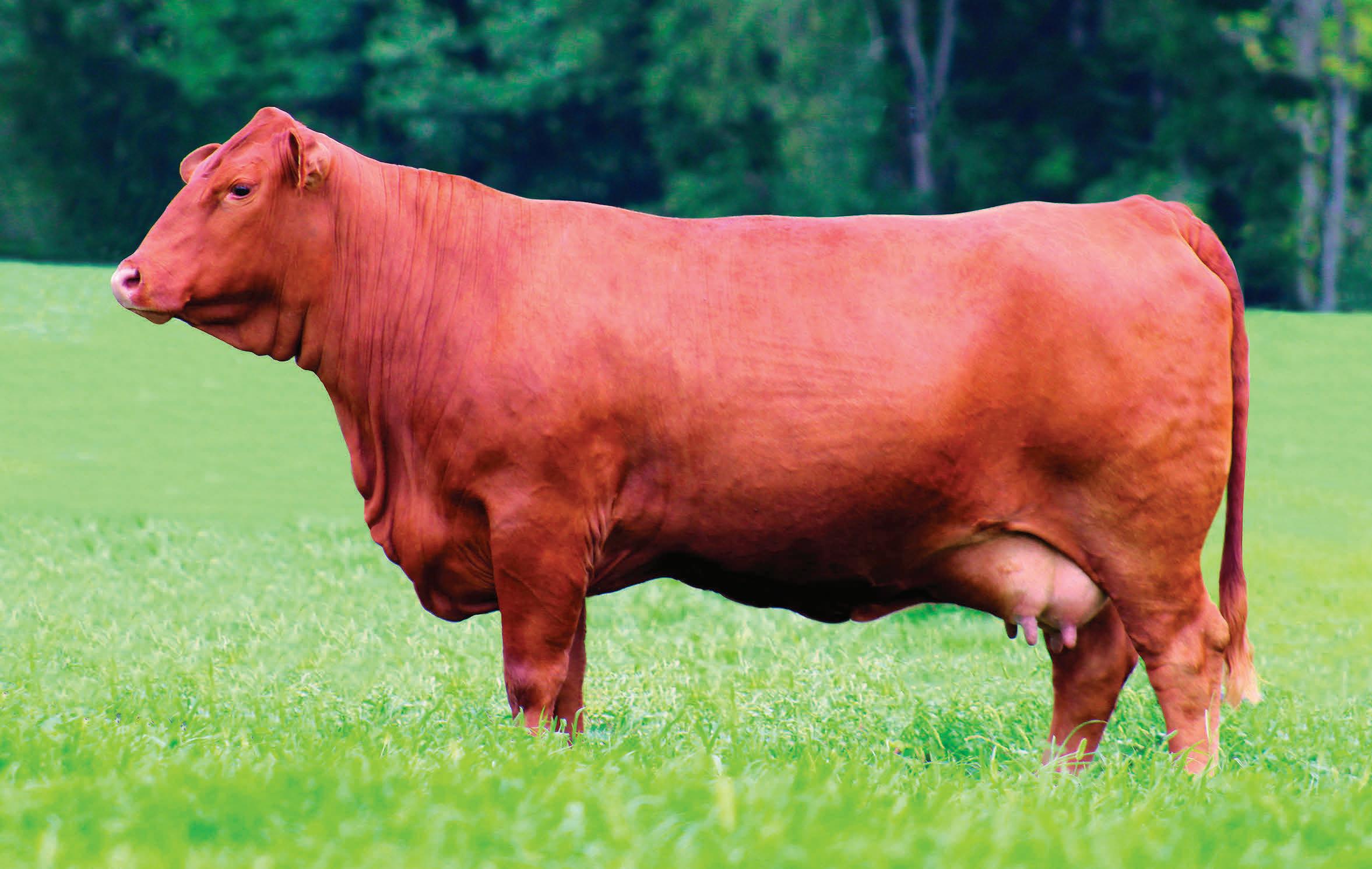
Family ties at R.A. Brown Ranch help grow the ranch horse program.
By Abigail Boatwright
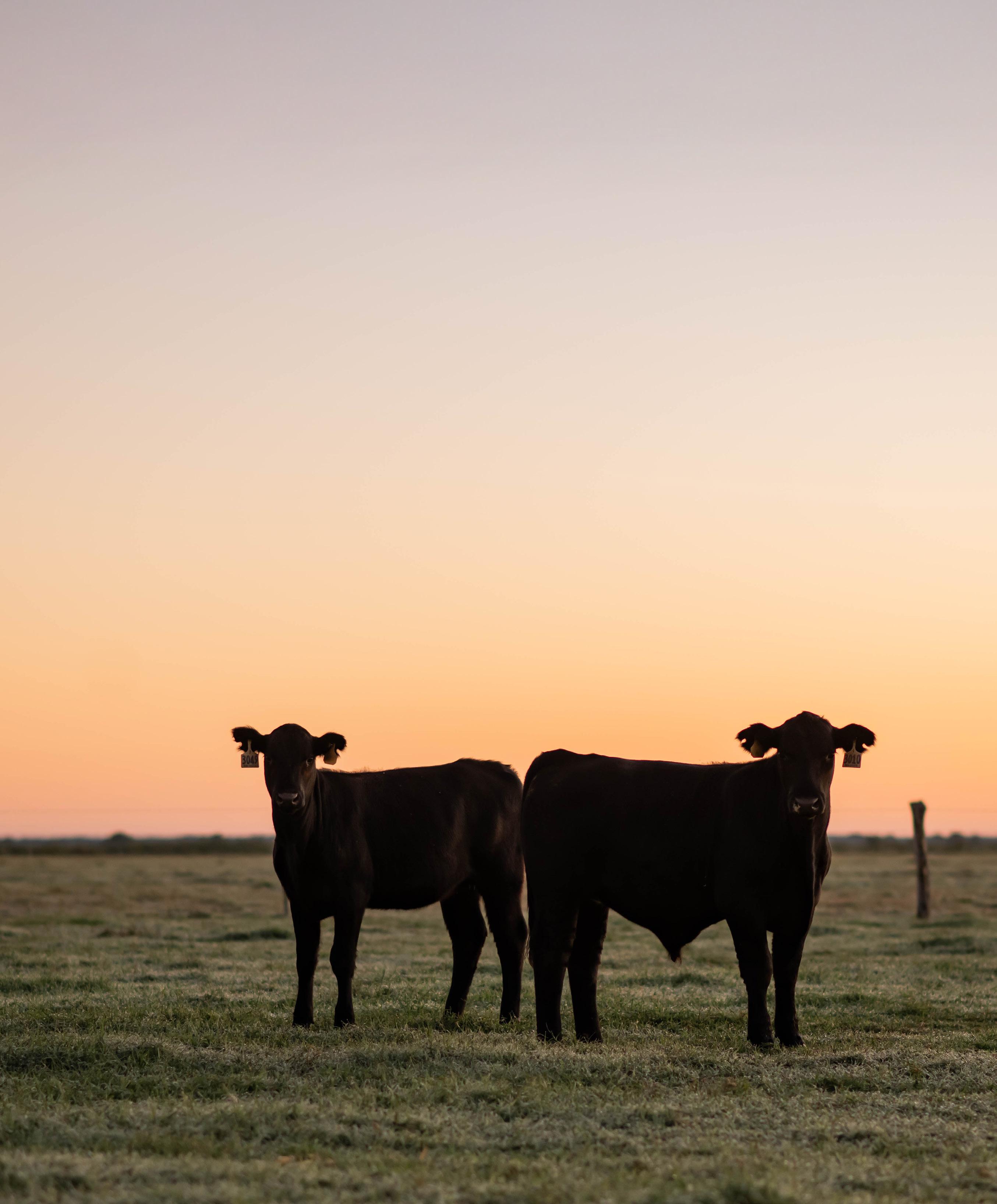
Rethinking old habits in cattle grazing and genetics to drive margin.
By Jena McRell
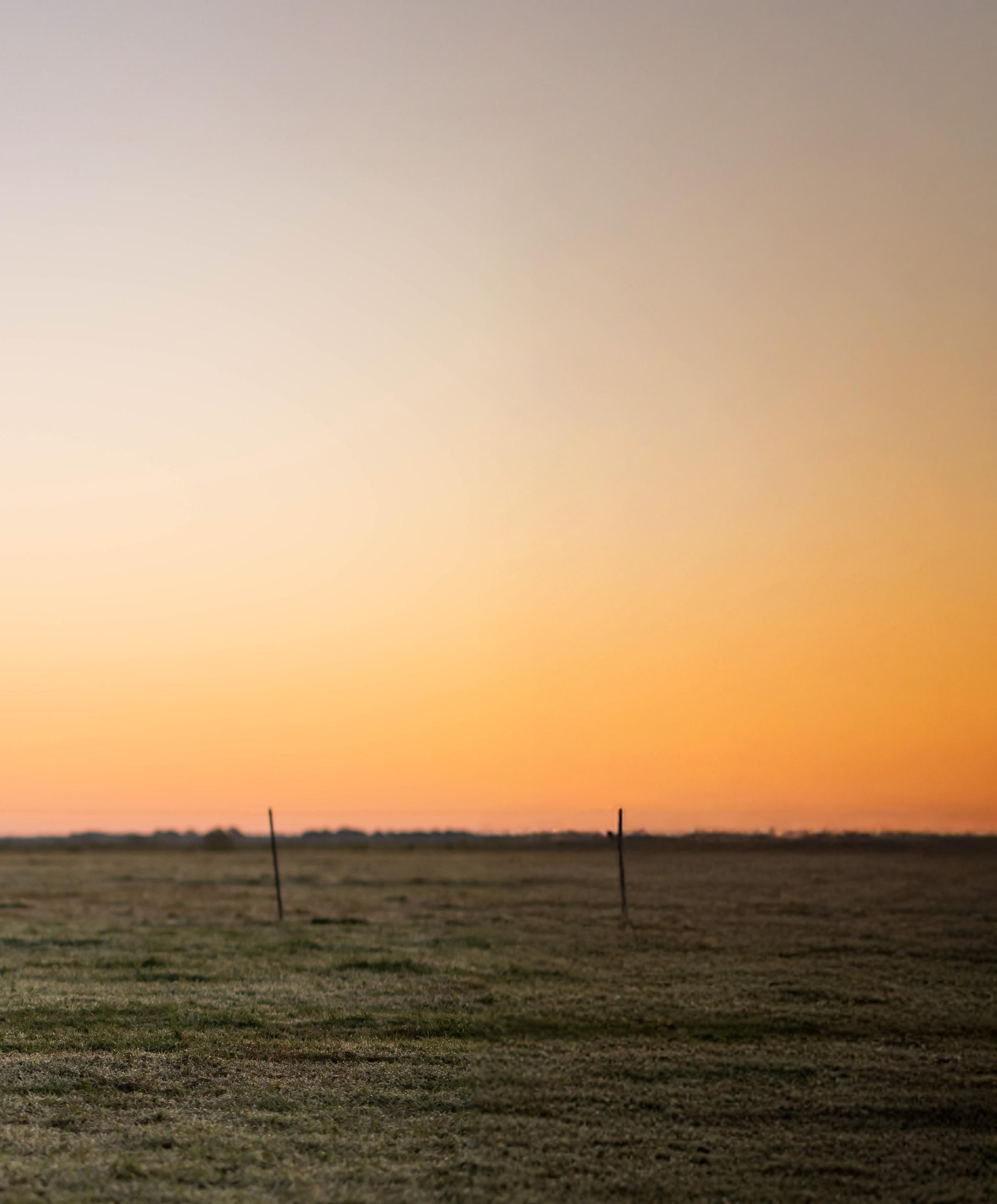
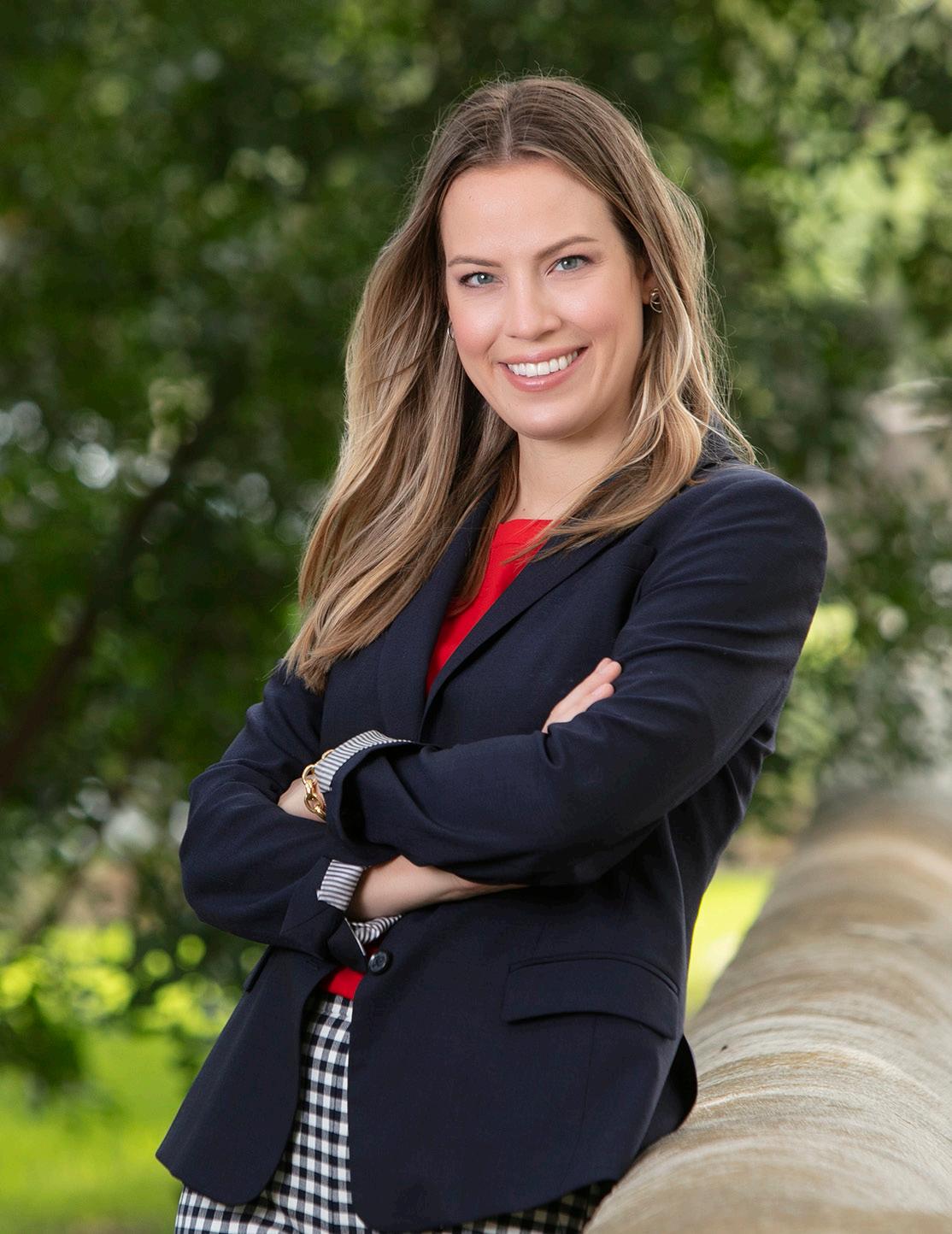
Ask any cattle raiser and they’ll tell you a dependable horse is worth its weight in gold. Whether working cattle on the ranch or in the arena, horses are woven into the daily rhythm of ranch life. They are essential to many operations and have an important place alongside ranchers.
In this issue of The Cattleman, we celebrate the culture surrounding ranch horses in our feature story, Keeping the Tradition Alive. Alongside a longtime ranch family, we explore how genetics from generations before still run strong in their ranch horses, and how they develop horses on and off the ranch for competitions across the nation.
Our second feature story explores opportunities to unlock profit potential for cow-calf producers. Whether considering adjustments to grazing plans or breeding decisions, two industry experts share perspectives on how the cattle business has changed and what to consider for the future.
It’s summer and that means Texas & Southwestern Cattle Raisers Association is kicking off the 2025 Ranch Gatherings season, with 21 events planned across Texas from now through the fall. I hope you’ll join us. You can find the full list of gatherings and details on page 36.
These events are truly a time to bring our association membership together with opportunities to interact with our directors, staff and fellow cattle raisers.
Hope to see you down the road in the next few months! T C

Jaclyn Roberts Parrish Executive Director of Communications, Marketing & Partnerships/Editor-in-Chief,
The Cattleman jaclyn@tscra.org • 817-916-1794


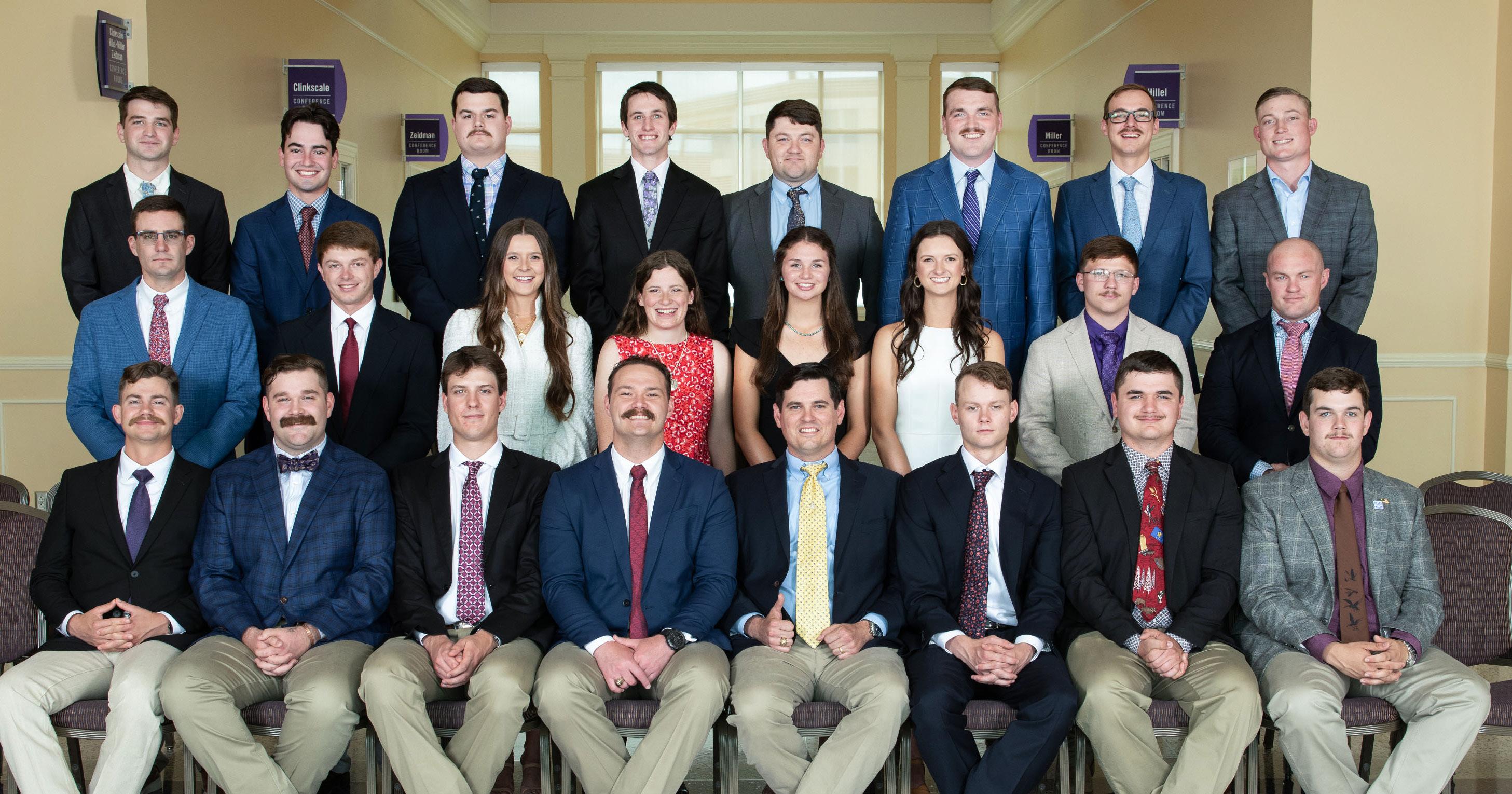
These 24 young women and men graduated from TCU Ranch Management in May after successful completion of the comprehensive curriculum of the program, which carefully covers every aspect that affects the profitability of the ranching business. Intensive classroom study of ranching practices is reinforced in 9,000 miles of travel for onsite case studies of ranches, farms, feedlots, processing plants, market facilities, and research centers. They benefit from years of operating experience with some of the very top people in the ranching profession.
July 2025 / / Vol. CXII, No. 2
Published by Texas & Southwestern Cattle Raisers Association
P.O. Box 101988, Fort Worth, Texas 76185 Phone: 817.332.7064 • Fax: 817.394.1864 tscra.org
EDITORIAL
Editor-in-Chief Jaclyn Roberts Parrish
Managing Editor Jena McRell
Associate Editor
Shelby Kirton
Copy Editors Kayla Jennings, Elyssa Foshee Sanders
GRAPHIC DESIGN & PRODUCTION
Manager Heather Heater
ADVERTISING
Director of Corporate Relations & Sponsorships Kyle Conway
Association Sales Representative Hally Parks
EXECUTIVE DIRECTORS
Executive Vice President/CEO Jason Skaggs
Communications, Marketing & Partnerships Jaclyn Roberts Parrish
Events, Education & Leadership Development Emily Lochner
Finance & Human Resources Megan Wills
Government Relations Melissa Hamilton
Insurance Services Michele Woodham
Interim Law Enforcement, Brand & Inspection Services Clay McKinney
Membership & Operations Lisa Walker
OFFICE LOCATIONS
Fort Worth 2813 S. Hulen St., Suite 150 Fort Worth, Texas 76109
Austin 919 Congress Ave., Suite 750 Austin, Texas 78701
Subscription Inquiries: tscra@tscra.org or 800-242-7820
Advertising Sales: sales@tscra.org or 817-916-1744

True partners in stewardship: cattle raisers and ranch horses.
The summer sun slips behind the horizon on a South Texas ranch.
Photos by Katie Barnett
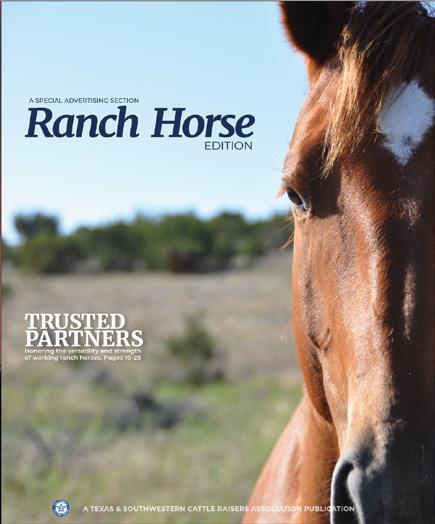
A
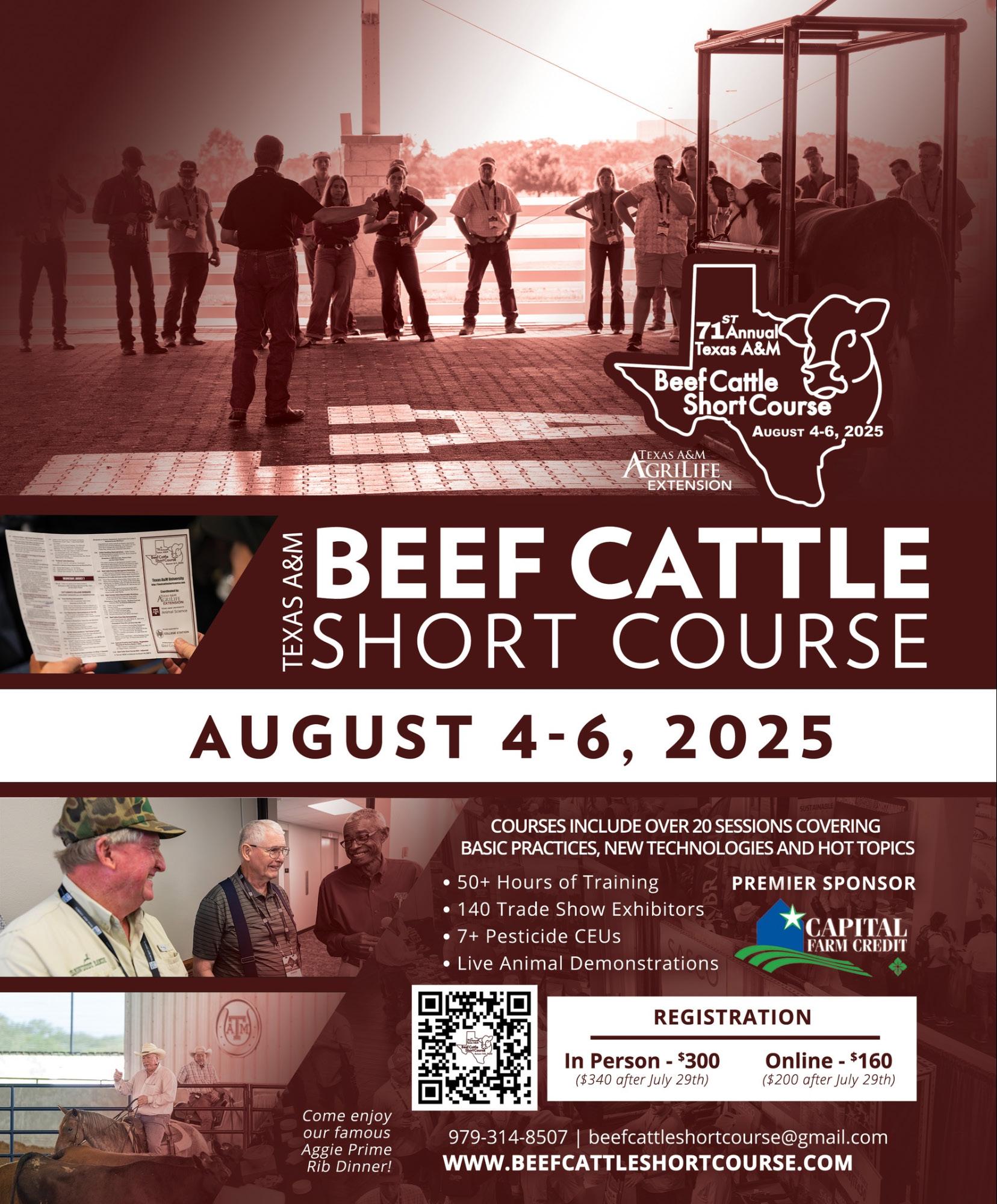
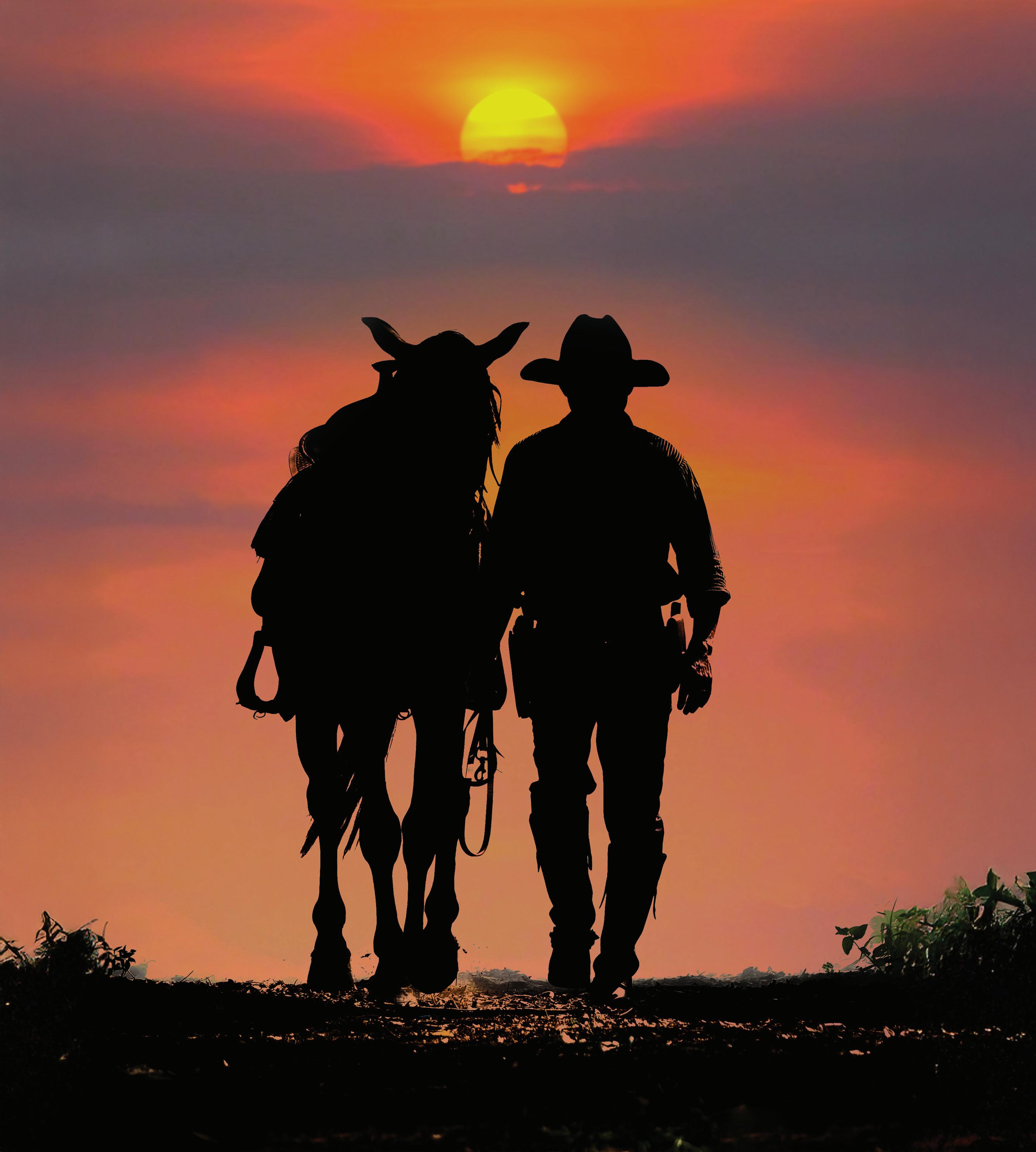
productivity, our products are formulated to work as hard are you do.

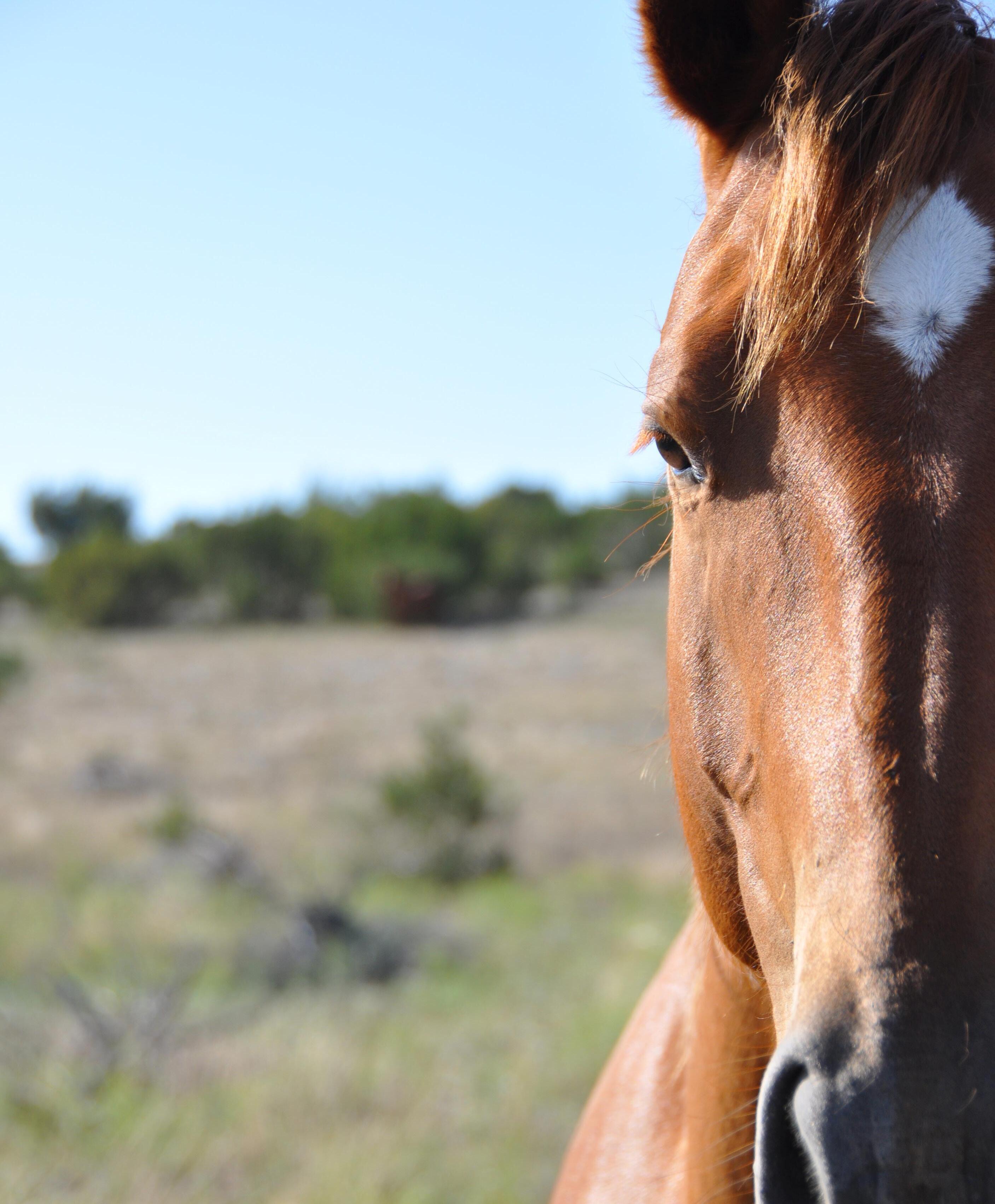
Honoring the versatility and strength of working ranch horses. Pages 10-25

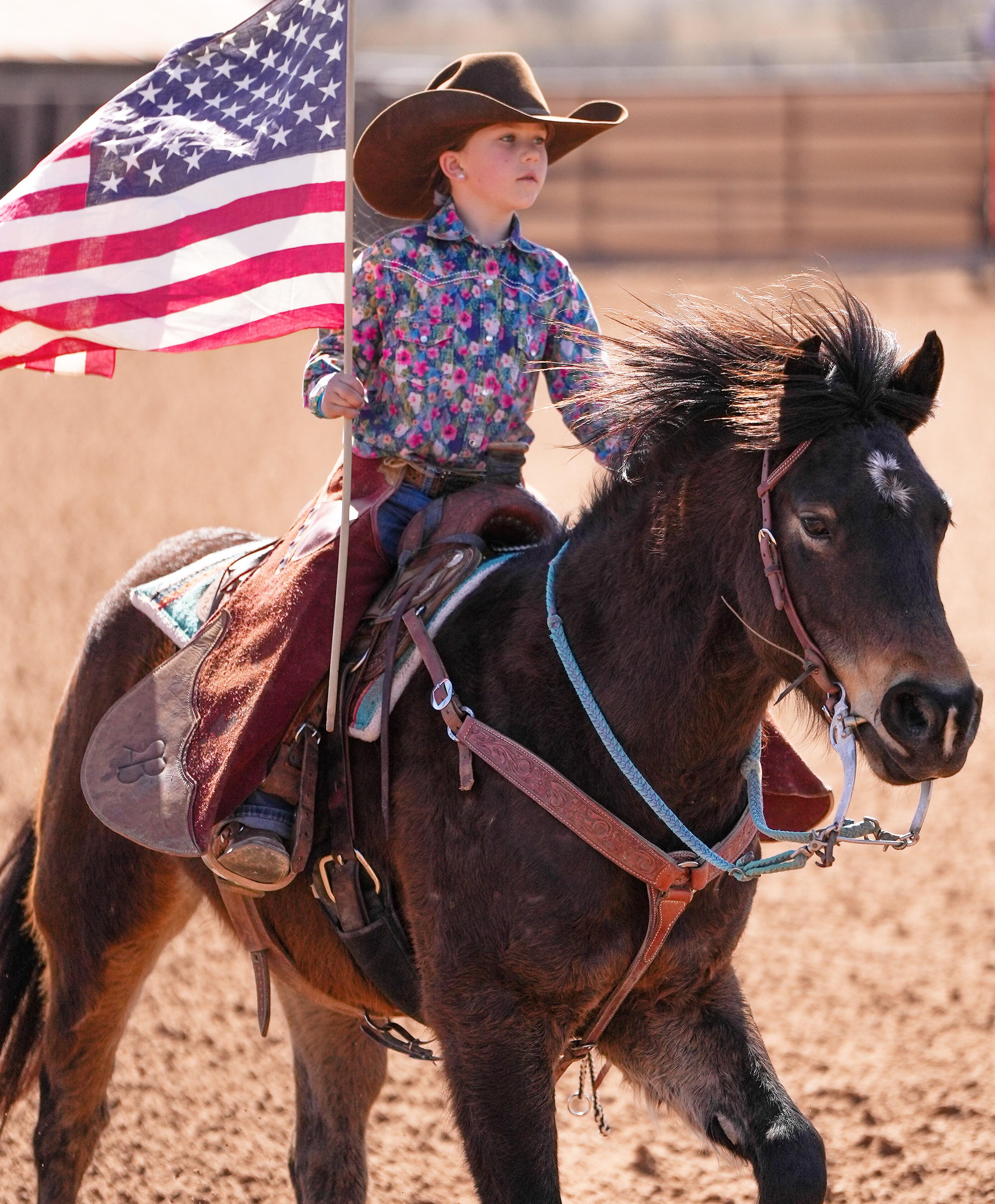
Family ties at R.A. Brown Ranch help grow the ranch horse program.
By Abigail Boatwright
Surrounded by rolling hills, the arena at the historic R.A. Brown Ranch bustles with activity. Old-timers offer advice to young horsemen on their ranch geldings, while the littlest cowpokes dig toy tractor paths in the dirt beside the rail.
This is a scene from the recent Rancher’s Rendezvous, a now-annual tradition bringing together multiple generations of ranchers and horse enthusiasts from miles around to participate in a ranch horse competition, learn from expert clinicians and place bids during the horse sale.
Most of all, attendees have a chance to enjoy the community and camaraderie.
“It’s like an old-fashioned ranch gathering,” says Kelli Brown, co-owner of R.A. Brown Ranch. “There’s a large attraction for all of us who love that kind of horse get-together, enjoy the fellowship, watching good horsemanship and good horses working.”
A crowd of nearly 500 people attended the 2025 Rancher’s Rendezvous event March 10-12 in Throckmorton. The sale featured 35 horses from R.A. Brown Ranch family members and others with similar programs, such as Singleton Ranches and Tule Ranch.
In 2022, adding to R.A. Brown Ranch’s longstanding bi-annual bull sales, the family incorporated a Ranch Horse Association of America show along with the March sale.
As the show grew, Kelli says they decided to offer more saddle horses to the public that are finished and ready to do a variety of jobs. To highlight those horses, the ranch launched the Rancher’s Rendezvous in 2024.
“We have a sale, and we have good fellowship,” Kelli says, “but we’re sharing an educational piece, and bringing the Western ranchers together to give back to our own.”
In 2024, participants raised more than $30,000 for the TSCRA Disaster Relief Fund, Working Ranch Cowboys Association Wildlife Relief Fund and War Horses for Veterans.
“Grandmom and Grandad’s generosity has been a part of the sales from the very beginning,” says RA Brown II, a sixth-generation family member. “Everything from bird dogs and hackamores handmade by grandkids to contributing portions of a high-selling bull — the giving has extended far and wide.”
RA and his wife, Kristen, collaborate with their cousins on the horse show and sale. “The friends and family are what make it really special,” he says. “It’s like a family reunion — it is good to see old friends and make new ones.”
In 2025, the horse show attracted participants from seven different states. “The RHAA horse show is a good component,” RA says. “It’s neat to see kids who grew up going to the R.A. Brown Ranch sales now showing in the youth division. [Our children] Trey and Kaylee both showed for the first time at the 2025 Rancher’s Rendezvous.”
Horses have always been essential players at R.A. Brown Ranch, Kelli says. This is in part due to the terrain.
“They’re an important part of tending the flock,” she explains. “In our part of the country, it’s still difficult to navigate the hills, rocks and prickly pear to accomplish our goals for the day. The working ranch horse has always been an integral partner.”
In the early 1900s, horses on the ranch were mainly part of the Army Remount Cavalry program, which became the basis of the family’s Quarter Horse herd.
R.A. Brown Ranch was a founding member of American Quarter Horse Association in 1940. More than 50 years later, family patriarch Rob Brown served as the association’s president. Throughout the years, the ranch was recognized with American Quarter Horse Association’s prestigious Best of the Remuda award, Legacy award and Ranching Heritage Breeder designation.
“Since those early days, there has been a strong thread running through the breeding program, all the way to the working remuda of that versatile ranch horse, that has the size, bone and soundness that could withstand the rigors of everyday ranch life,” Kelli says. “And it’s still important to us today.”
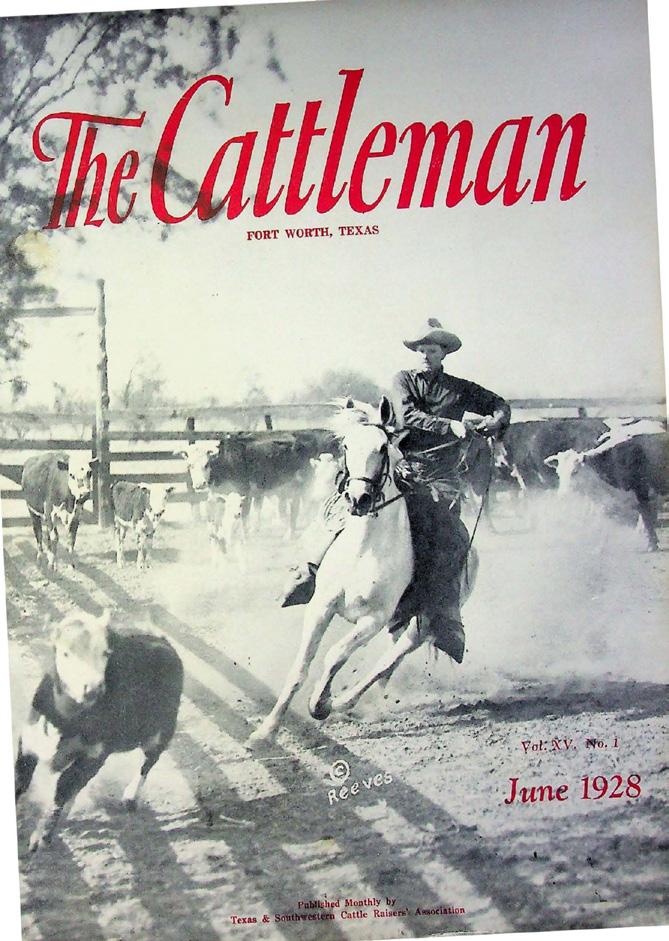
In 1906, R.H. Brown brought the first Hereford cattle to Throckmorton County, laying the foundation for what would become the R.A. Brown Ranch.
His son, R.A. Brown, took the reins in 1929 after working alongside his father and pursuing a college degree. He married Valda Thomas in 1931, and when her parents passed away, he became the manager of both the Thomas Ranch and Brown Ranch.
Their son, R.A. “Rob” Brown Jr., was born in 1936 and grew up working on the ranch. He married Peggy Donnell, of a neighboring long-time ranching family. Both graduated from Texas Tech University and returned to Throckmorton to work with the Brown family.
Rob and Peggy had four children: Betsy, Rob A., Marianne and Donnell. Betsy Brown Bellah and her husband, Jody, returned to the ranch in 1981 to manage its accounting, commercial cattle and wheat farming division.
Rob A. Brown and his wife, Talley, began pursuing commercial cattle in 1990. By 1993, Donnell Brown and his wife, Kelli, graduated college and returned to the ranch to help manage the seedstock business.
In addition to cattle, Quarter Horses have been a longtime priority and passion for the family. Rob Brown was president of the American Quarter Horse Association in 1995. That same year, Marianne Brown McCartney and her husband, Todd, returned to the ranch to manage one of the seedstock cow herds.
Rob and Peggy passed the ranch down to their four children in 2013. Today, the family is proud to continue this legacy.
“We always say keeping the ranch in the family, and the family in the ranch, has been our focus,” Kelli says. “Thankfully, all four families still ranch on their quarters, and we’ve added more as time has passed.”

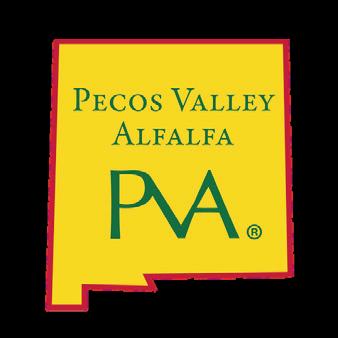

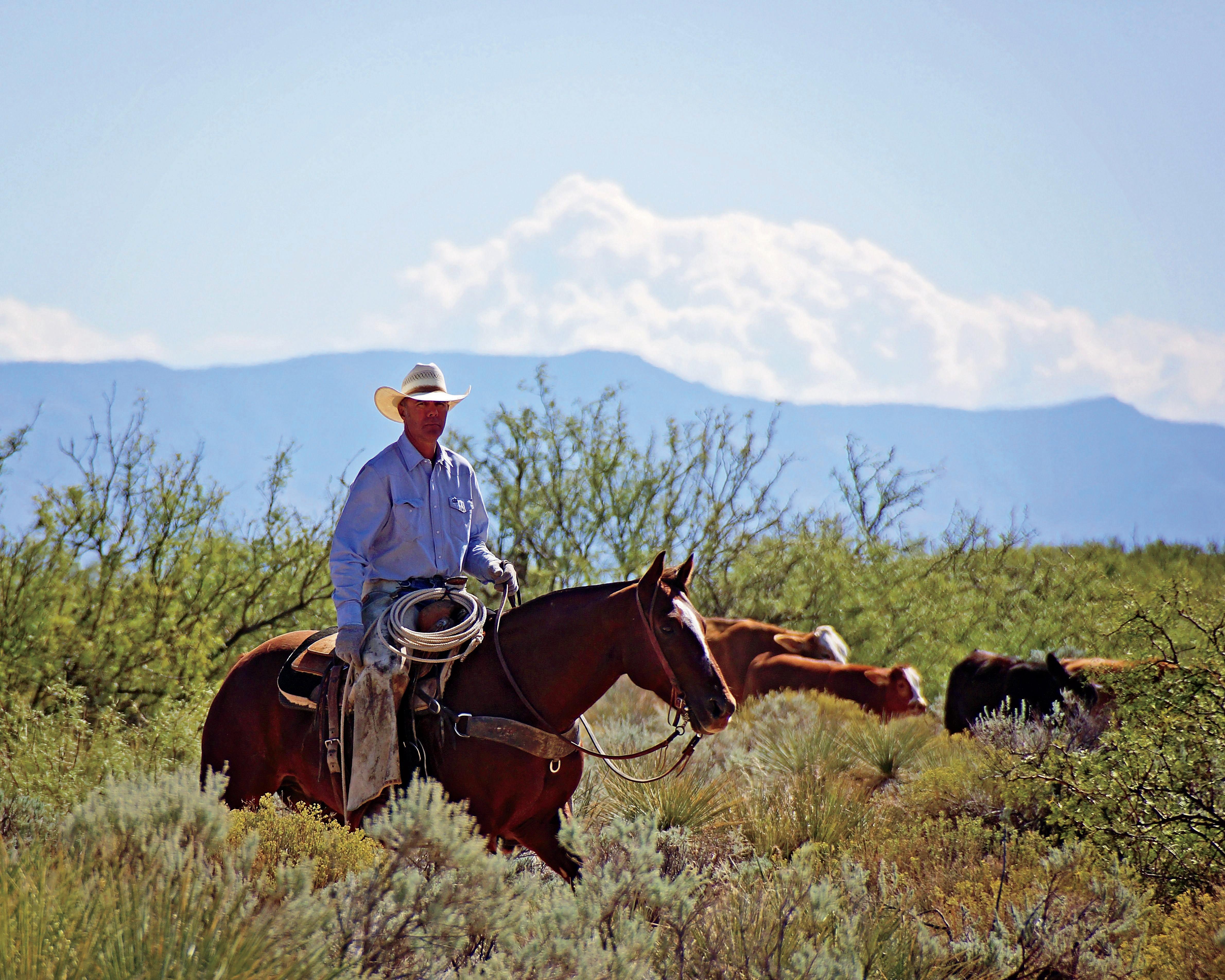
The sixth generation of the Brown family has a particular interest in breeding horses capable of not only working on the ranch, but also exceling in in high-level competitions.
Horses from R.A. Brown Ranch have performed in the National Reined Cow Horse Association’s Snaffle Bit Futurity event and various ranch horse versatility competitions through the Ranch Horse Association of America and American Quarter Horse Association.
“It’s been a way for us to showcase what we’ve been doing, with more of an interest in breeding a combination horse that can do both,” Kelli says. “A reined cow horse is the epitome of the kind of horse we want to ride and have in our breeding program.”
She explains that the horses bred by R.A. Brown Ranch are not raised specifically for showing, even though one recently won a coveted National Reined Cow Horse Association World Championship in the open bridle class.
“We make babies that’ll work just about anywhere, especially here on the ranch, but what we’re doing in the arena is a reflection of the kind of horses we’re trying to make out here in the country,” Kelli says.
Kelli and Donnell Brown’s son, Lanham, leads the ranch horse training program at R.A. Brown Ranch. He grew up ranching and riding horses, but didn’t get into showing them until he attended Texas Tech University and participated on the school’s ranch horse team.
“I was intrigued by [ranch horse competition] but didn’t think to incorporate it into our horse program until I started showing on the ranch horse team,” Lanham says. “That has changed the direction of our program somewhat.”
Lanham says breeding and raising good horses starts with the right pedigree. It begins with solid bloodlines that produce well-rounded horses that can do reined cow horse and ranch versatility events or become successful working ranch horses.
“The similarities you need with those events are cow sense, durability and strength, speed, and obviously the mindset,” Lanham says. “The mindset, no matter what you’re doing, is important.”
In his experience, Lanham says horses can be prepared for several jobs, from roping to reining maneuvers to ranch work. Horses with versatile
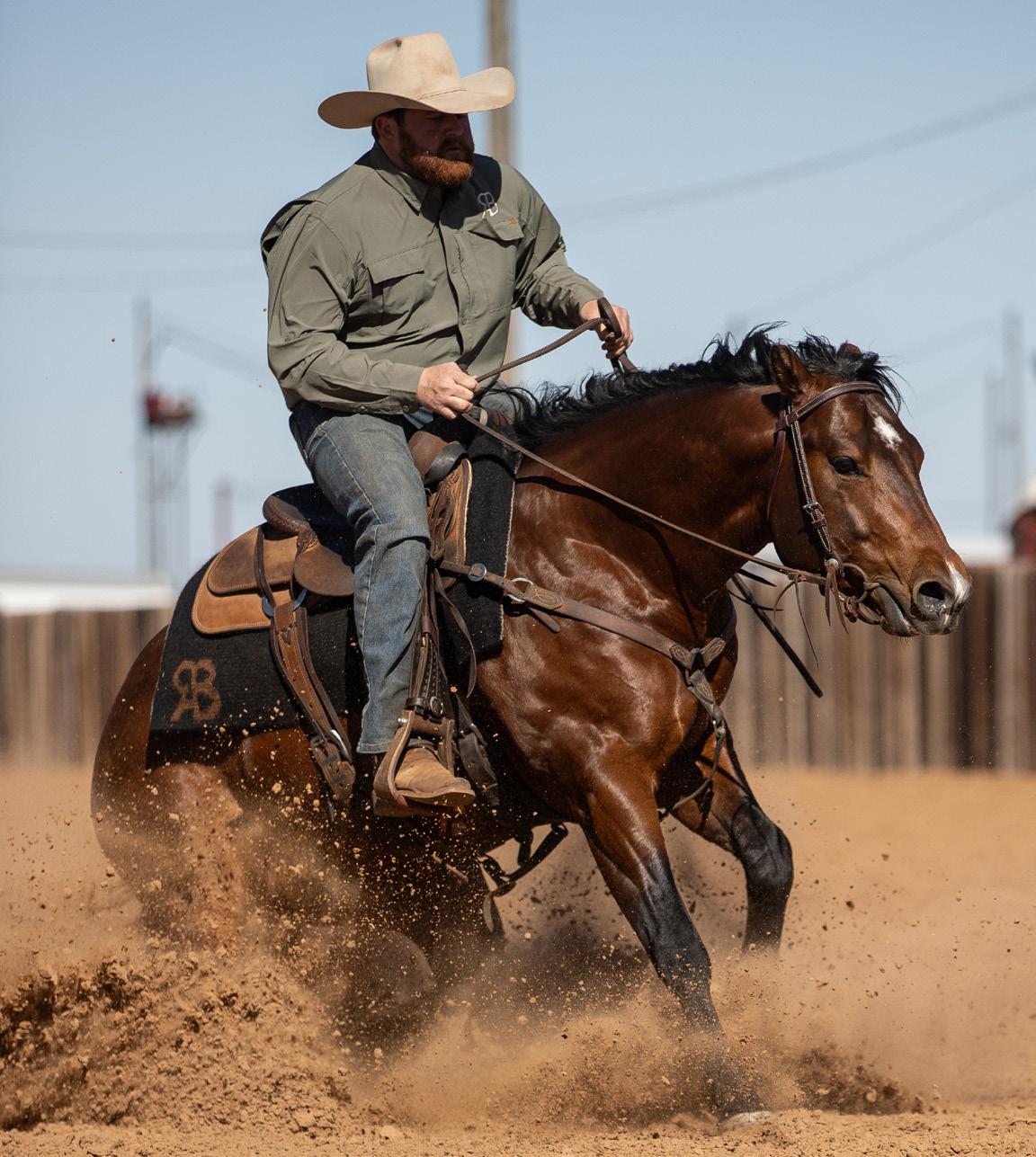
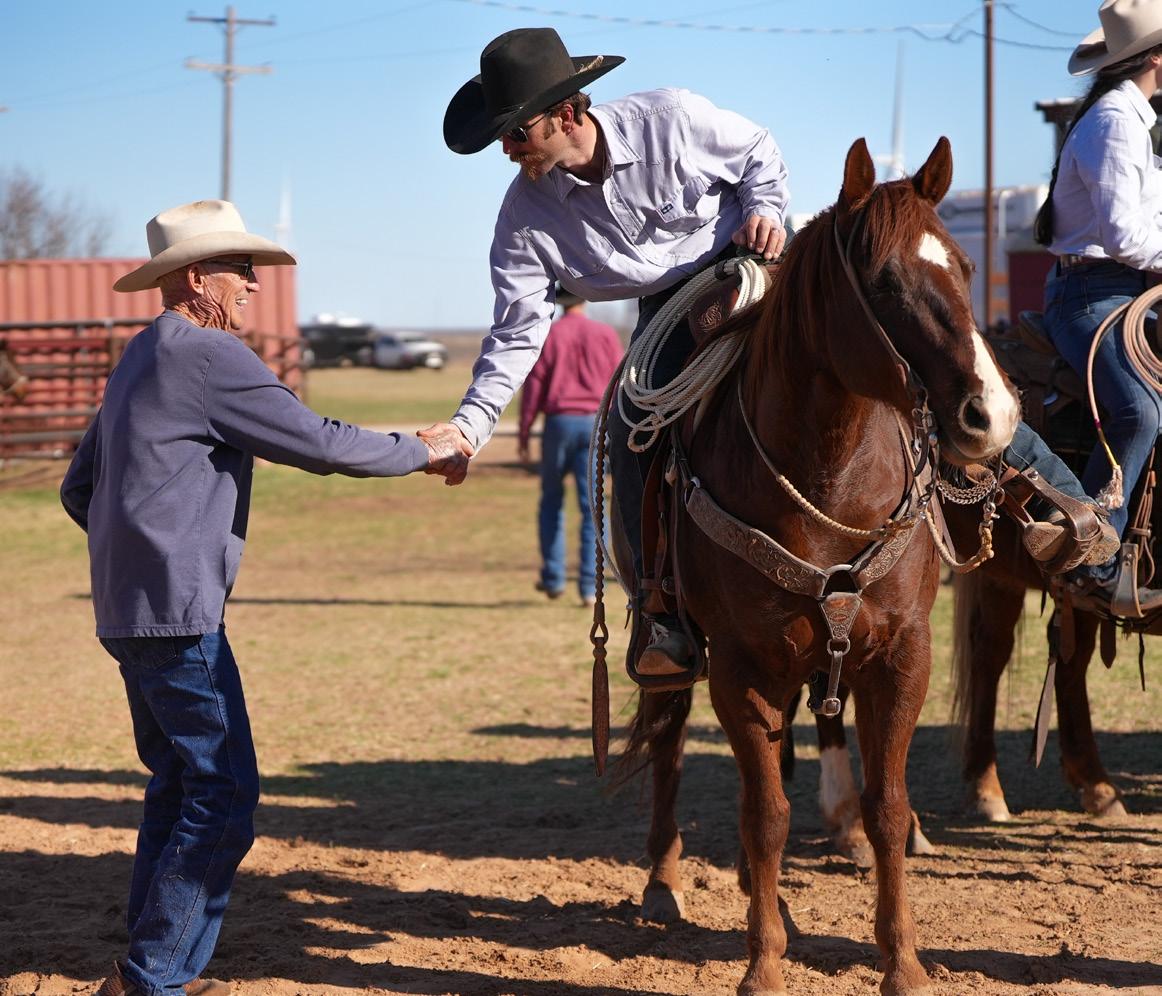


If you’ve been searching for a tough, reliable bale spike bed built for the demands of real work, your search ends here. Our leadership and engineering teams have built a best-in-class solution for the hardworking men and women who care for livestock across the country.
Farmers and ranchers can operate the bale spike effortlessly from the cab or bedside using a pendant remote and powerful Bucher pump—capable of lifting up to 2,000 lbs. Smart, practical features like rear spike storage and a top deck maintenance hatch make daily use more efficient and user-friendly.
Built with robotic-welded, E-coated bale spikes, and pivoting brackets from B&W, this bed delivers unmatched strength and corrosion resistance—ready to perform in any weather, every day. Visit cmtruckbeds.com to find your nearest distributor and take your farm or ranch operation to the next level.
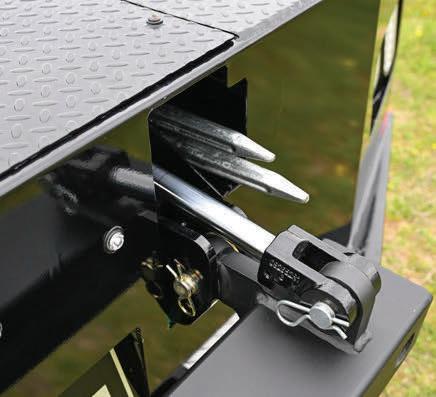
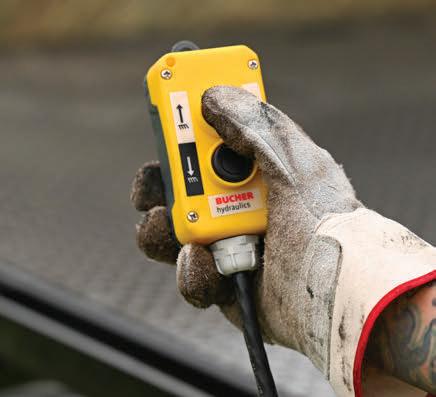

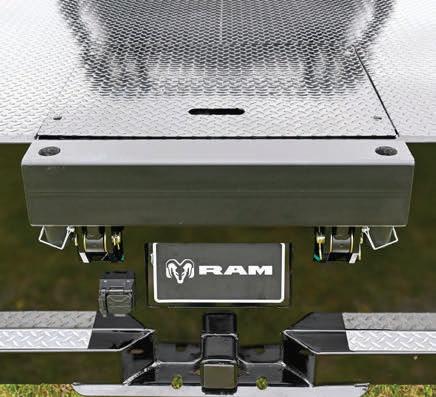
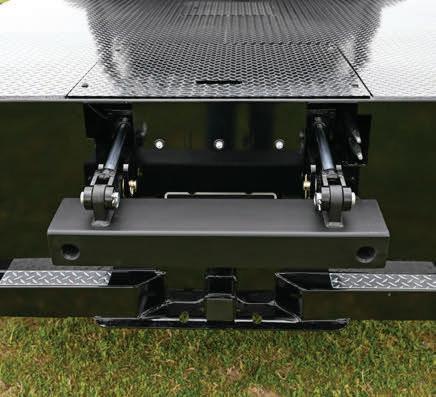
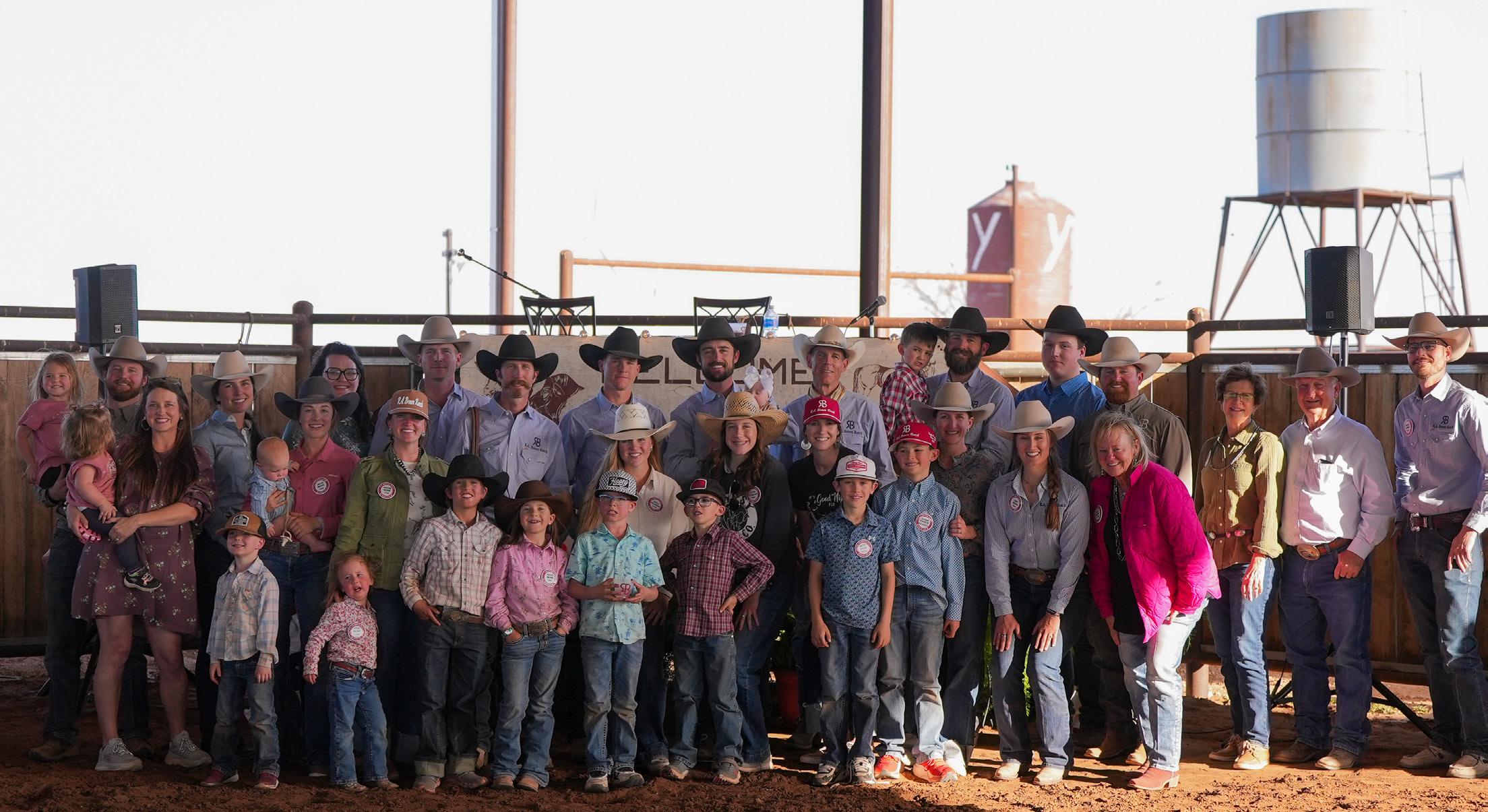
training, good temperament and solid conformation are set up for success no matter the event or ranch work of the day.
When it comes to training, there are common skills horses need to learn whether they are working on the ranch or competing at events.
“A cow horse and a ranch horse have to be very versatile, and I think there’s quite a bit of combination with what you can do in and outside the arena,” Lanham says. “Using them on the ranch is very important and getting them started roping and broke — there are lots of things that can be done in the arena that set those horses up for good experiences.”
The sixth generation of the R.A. Brown Ranch family remains committed to the ranching way of life and the preservation of their agricultural heritage.
“I’m super proud of it, because it’s not as common in this day and time,” Kelli says. “And it’s also about our employees who are a part of this. Some of them are multiple generation families who have been here, and we couldn’t run it without them.”
Since 2011, RA and Kristen have managed Rob A. and Talley Brown’s ranch near Channing. In the family for more than 50 years, the ranch was owned by RA’s maternal grandfather, T.L. Griffin.
RA’s primary role is caring for the fall- and springcalving Angus herds. Bordering the Canadian River, the landscape’s rough terrain requires steady ranch horses to get the job done. “Horses are vital for our ranch work,” he says. “With the low-stress cattle handling approach, horses keep everything moving smoothly.”
More than a job, their horse program is a reminder of where their legacy originated. Many of the genetics in the ranch horse program were bred by RA’s parents, with ancestry tracing back to his grandparents’ R.A. Brown Ranch horses. He credits his family with instilling a lifelong passion for horses.
“Rob and Peggy, Grandmom and Grandad, gave us all a love for horses,” RA says. “The genetics they established produce great ranch horses, with cow sense and endurance for ranch work.
“It is special when a horse can do the day-to-day ranch work, and also be shown and find success,” he says.

RA and Kristen are also involved in raising horses gentle enough for their children, RA “Trey” Brown III, 10; Kaylee, 8; and Anna, 3.
“Personally, we are leaning into training horses for our kids to pursue roping, showing and rodeoing, as well as solid ranch horses for them,” RA says.
After receiving a pony for Christmas in 2022, the couple’s children — the seventh generation of the Brown family — rode him and fine-tuned his ranching skills.
“They sold him at the R.A. Brown Friends & Family horse sale in 2024, which is part of the Rancher’s Rendezvous,” RA says. “They have purchased two more ponies that they are riding on the ranch and loving.”
RA and Kristen feel strongly about raising their family on the ranch, teaching them to work like the generations before them. Their children are involved in everything from chores to checking calves, branding to vaccinations, and feeding to cleaning.
“They love every second of it,” he says. “It is the coolest place to raise kids. We love that they get to be part of the everyday tasks at the ranch.”
A moment during a routine check on a group of weaned calves put everything in perspective for Kristen.
“One calf needed to be doctored so RA roped him and tied him down while Trey heeled and held him,” she says. “Then Kaylee rode up with the medicine. It’s moments like that where it just hits you that we are living the dream.”
A dream built by generations of hard work, resilience and a commitment to quality at all levels.
While much has changed as the sixth and seventh generations write the next chapter of history at R.A. Brown Ranch, one thing remains the same: a passion for cattle, horses and this cherished way of life.
“It’s the best of all worlds,” Kelli says. “We work together in a lot of collaborative ways. And now with the sixth generation back on the ranch and running some of these locations, there’s a lot of satisfaction in being able to do that.”
Abigail
Boatwright is a freelance writer and photographer based in Fort Worth.

It’s the best of all worlds. We work together in a lot of collaborative ways.”
— Kelli Brown, R.A. Brown Ranch
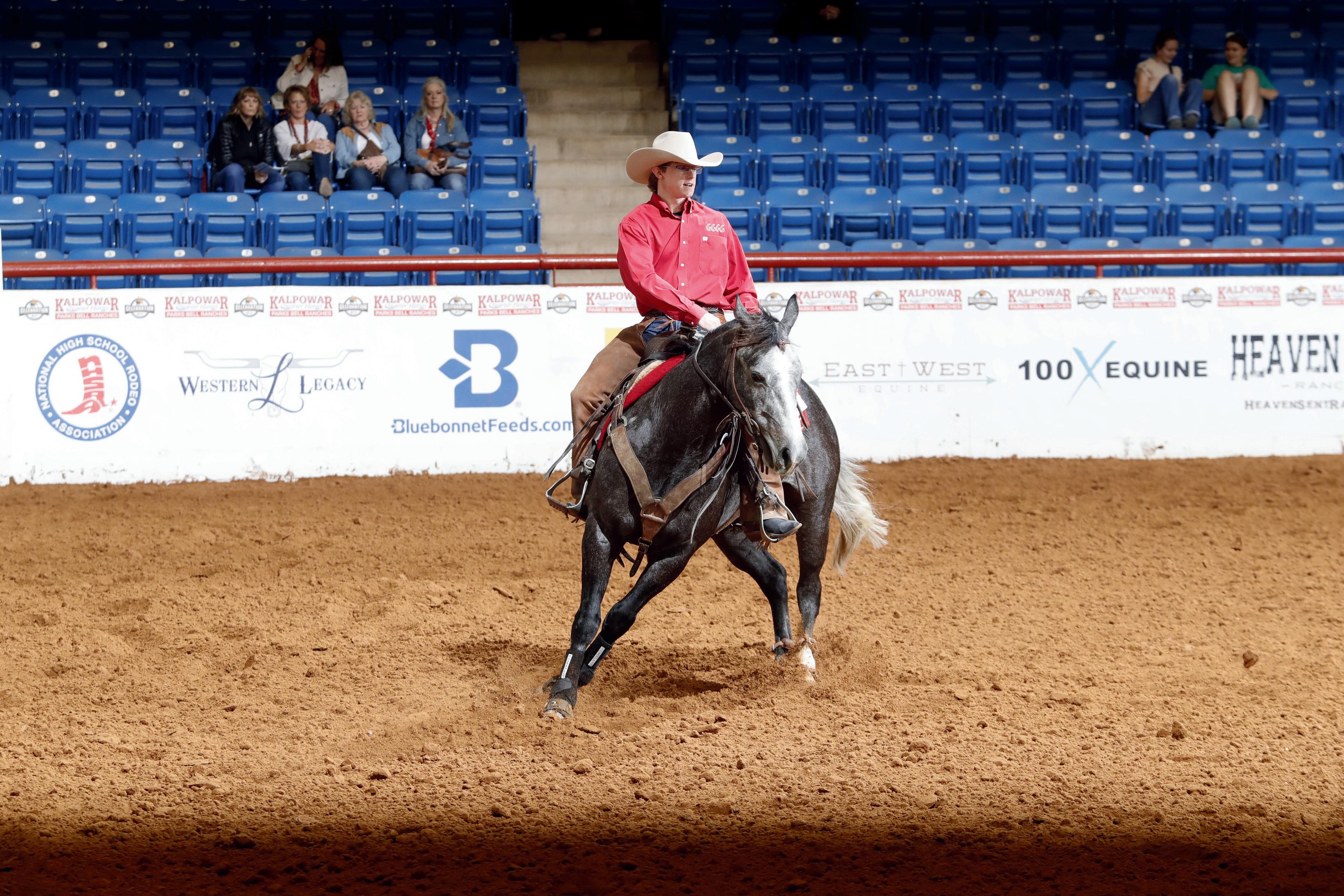
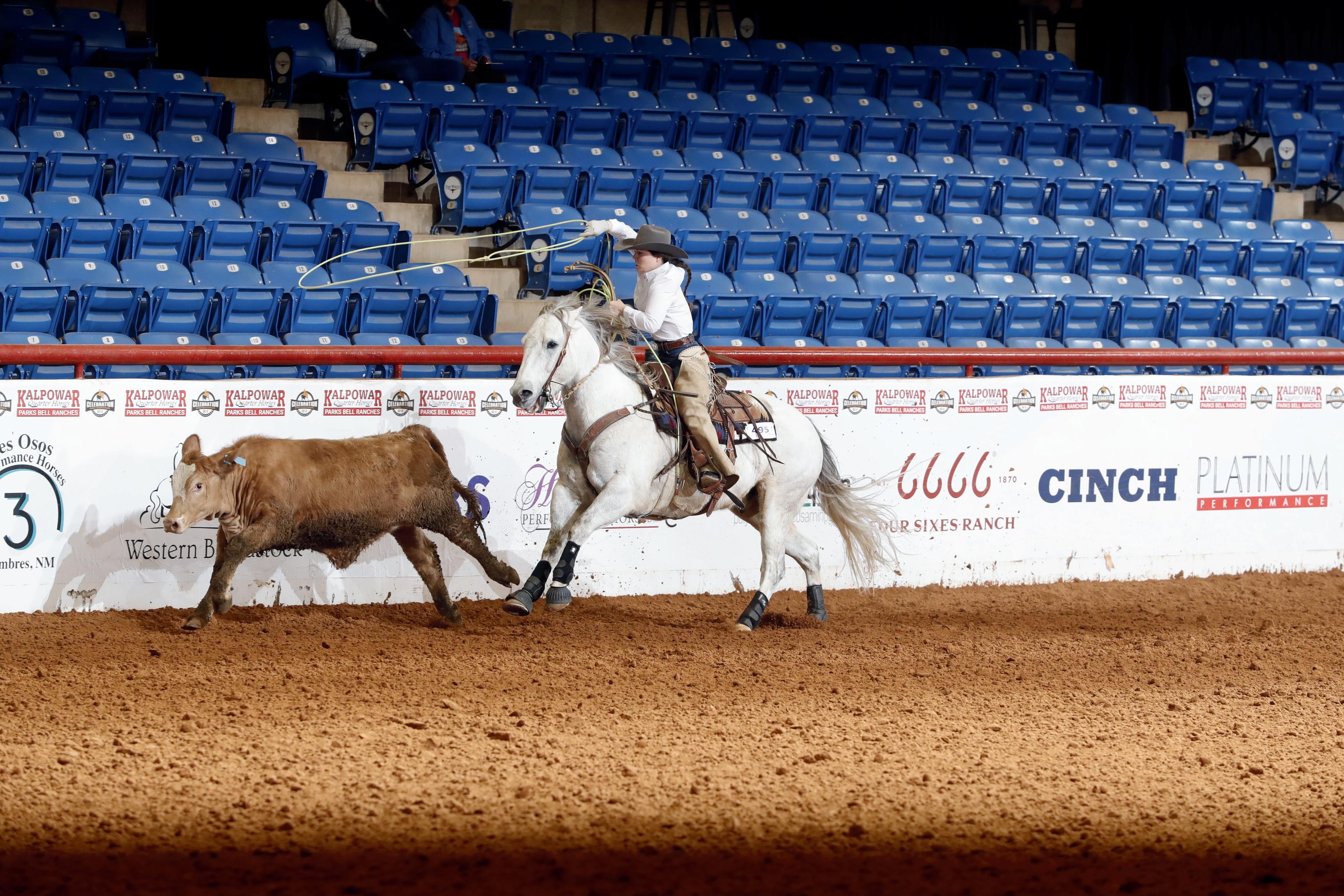
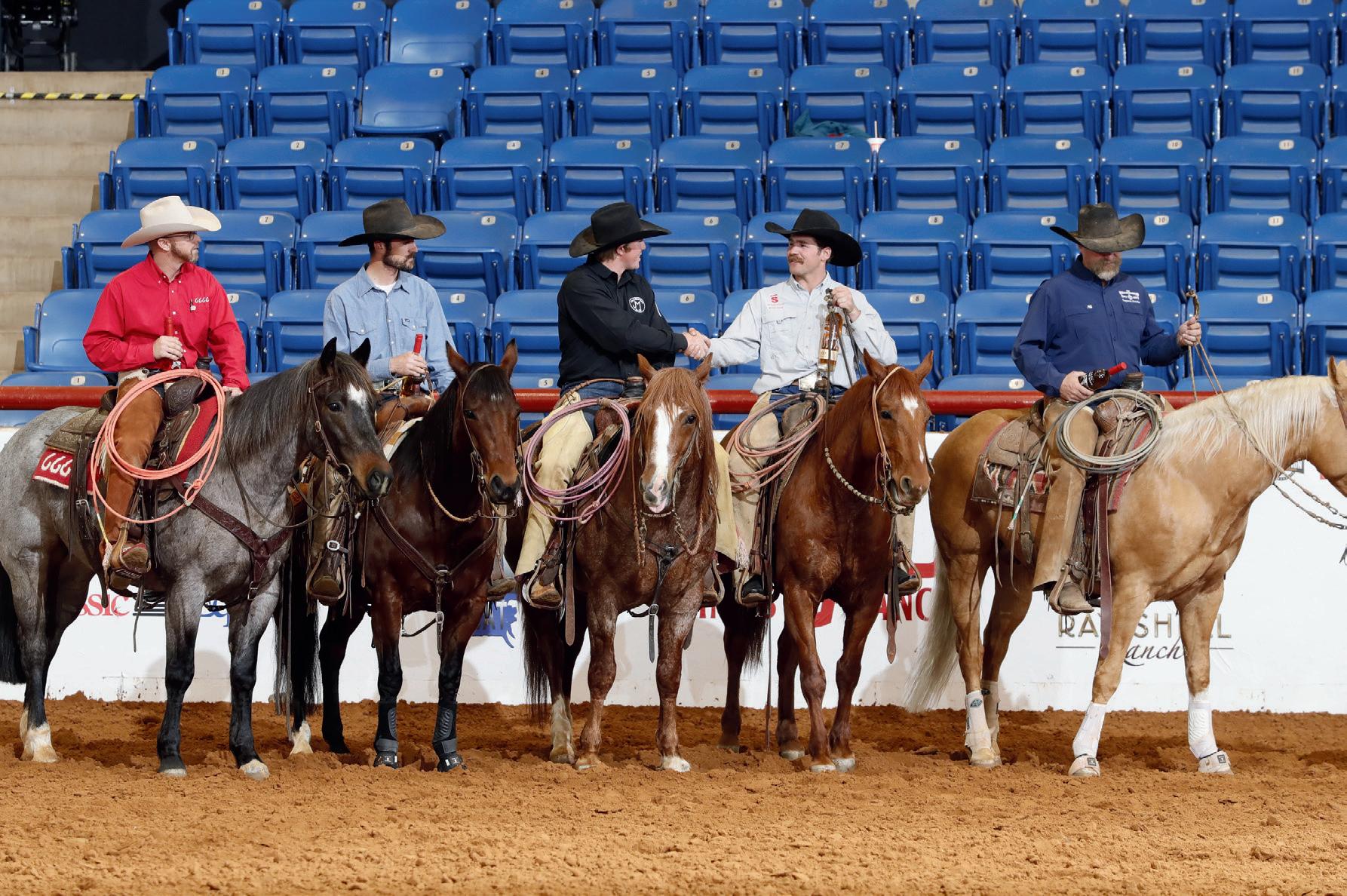
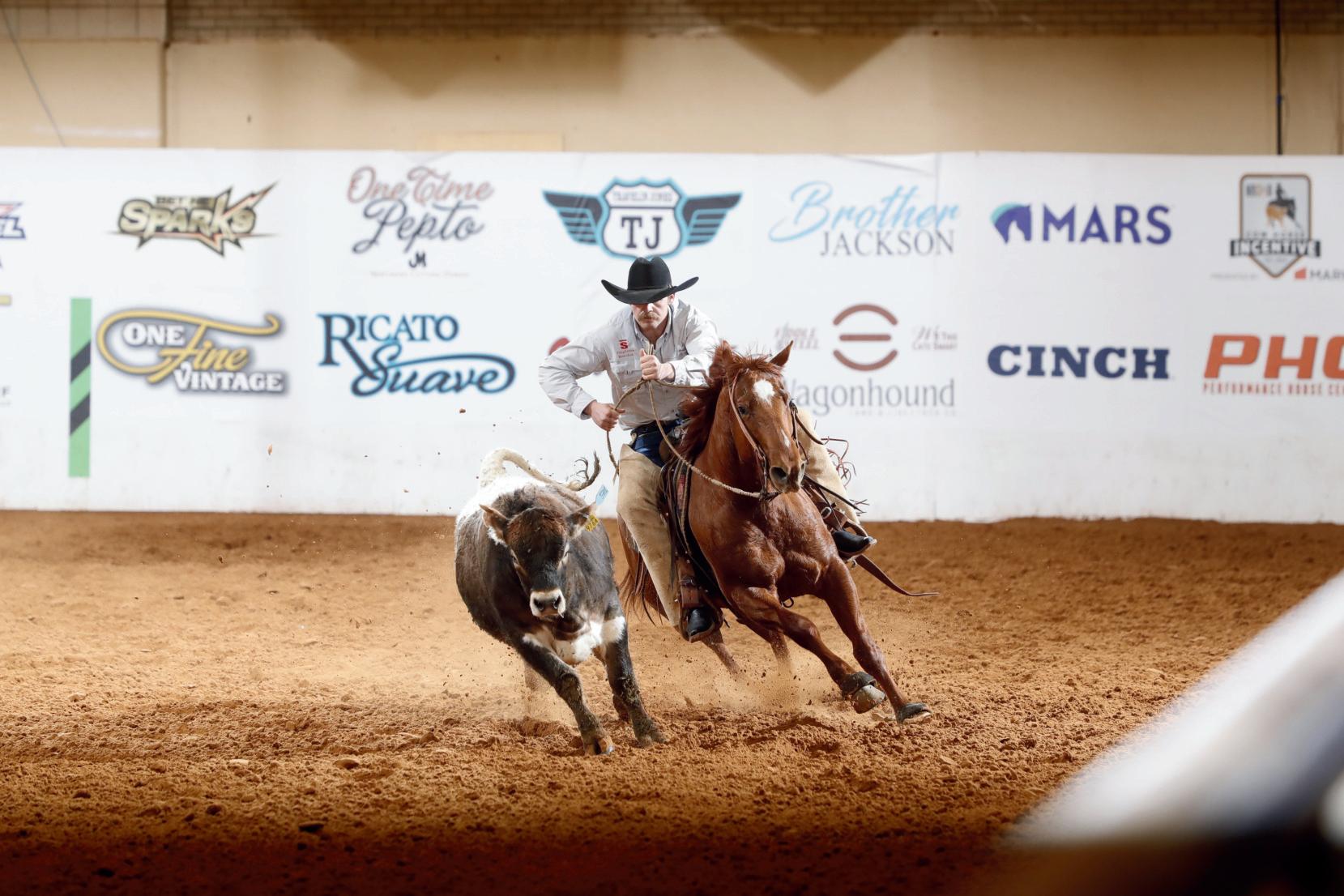

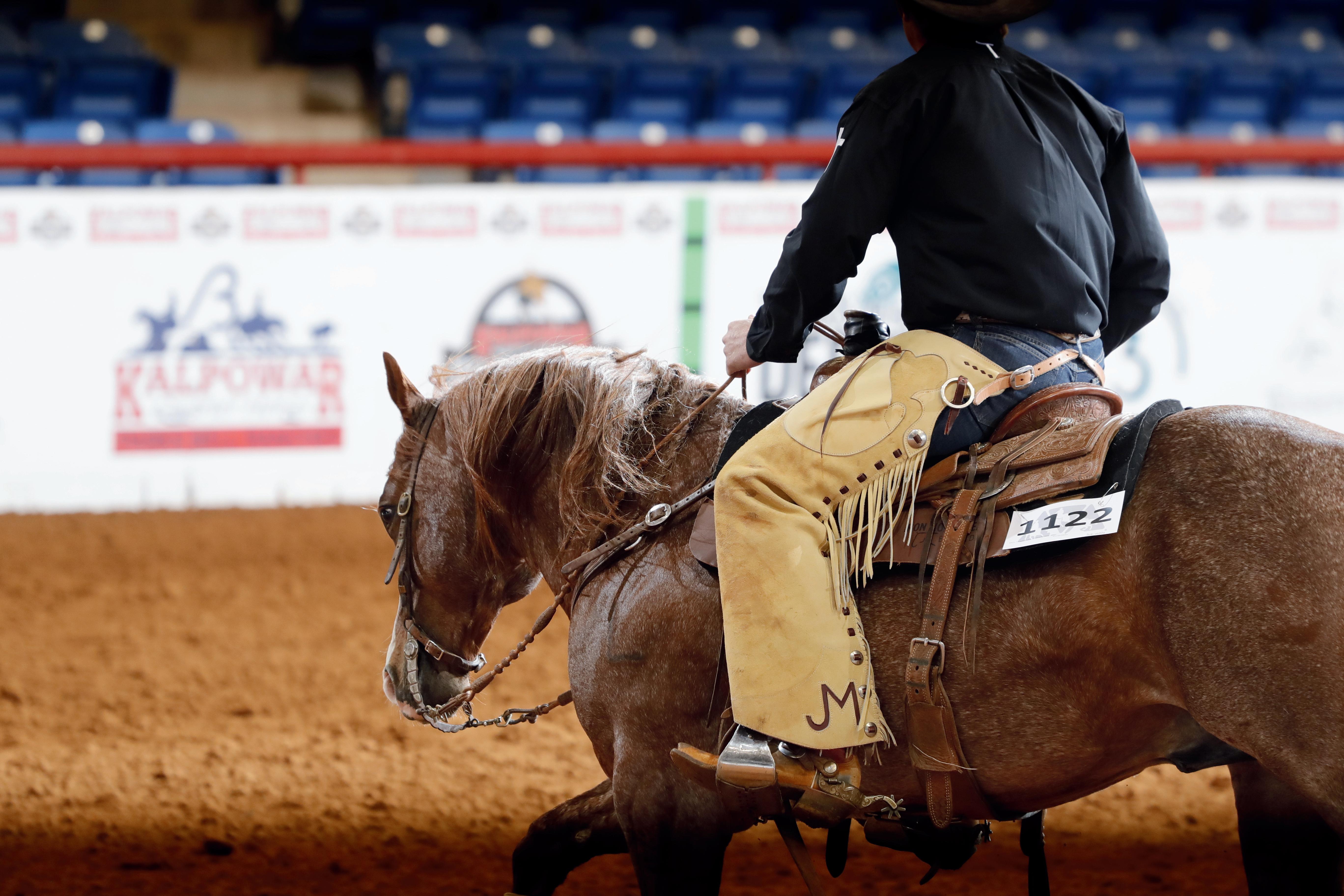
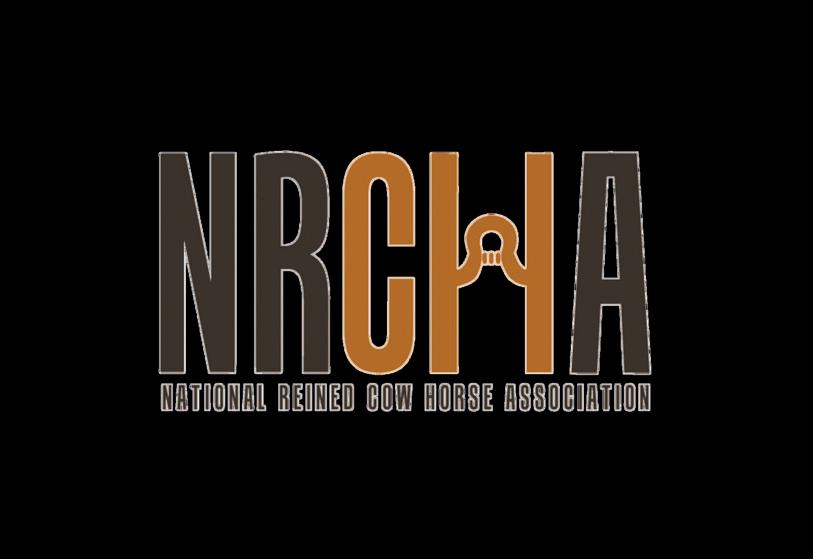




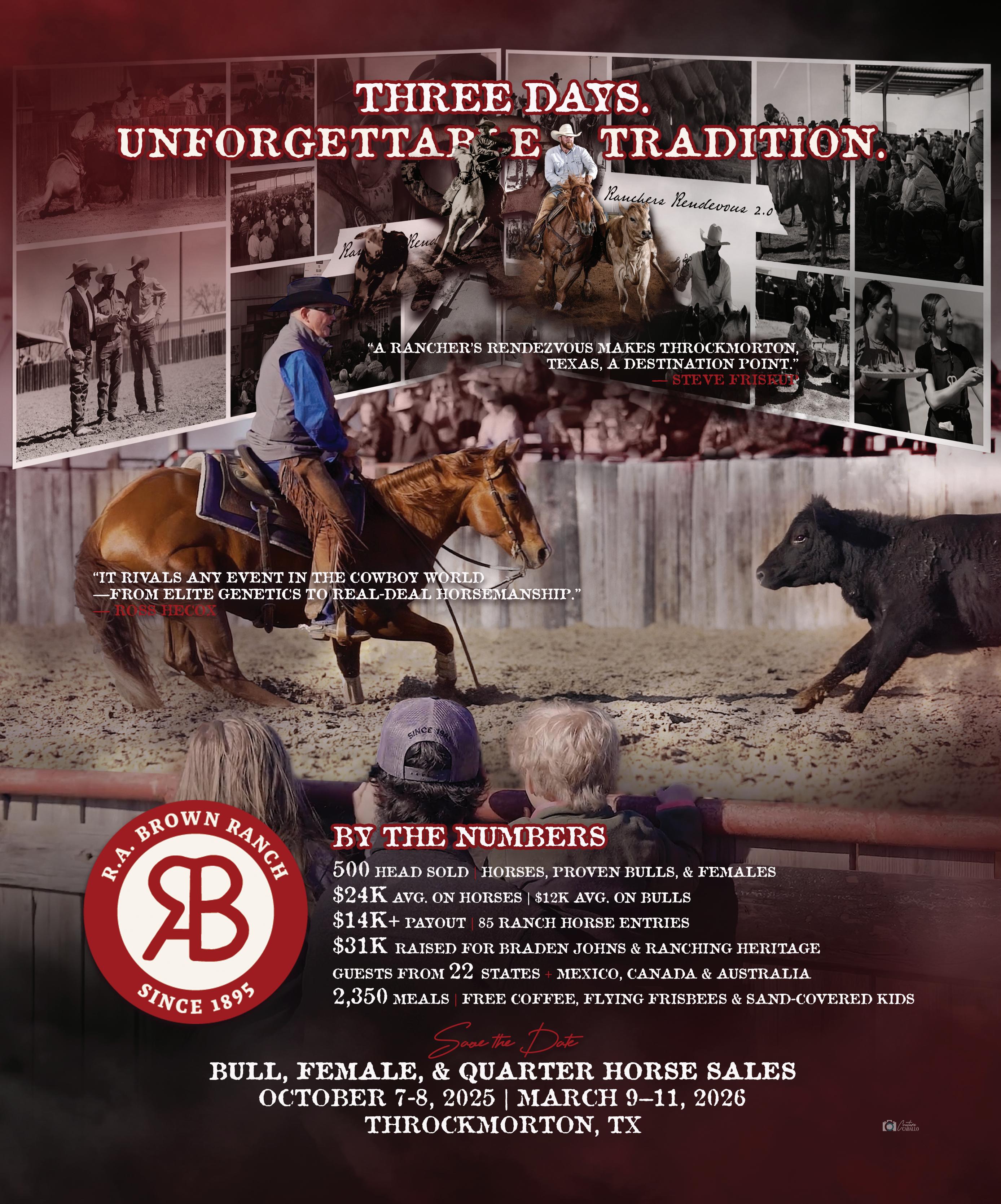

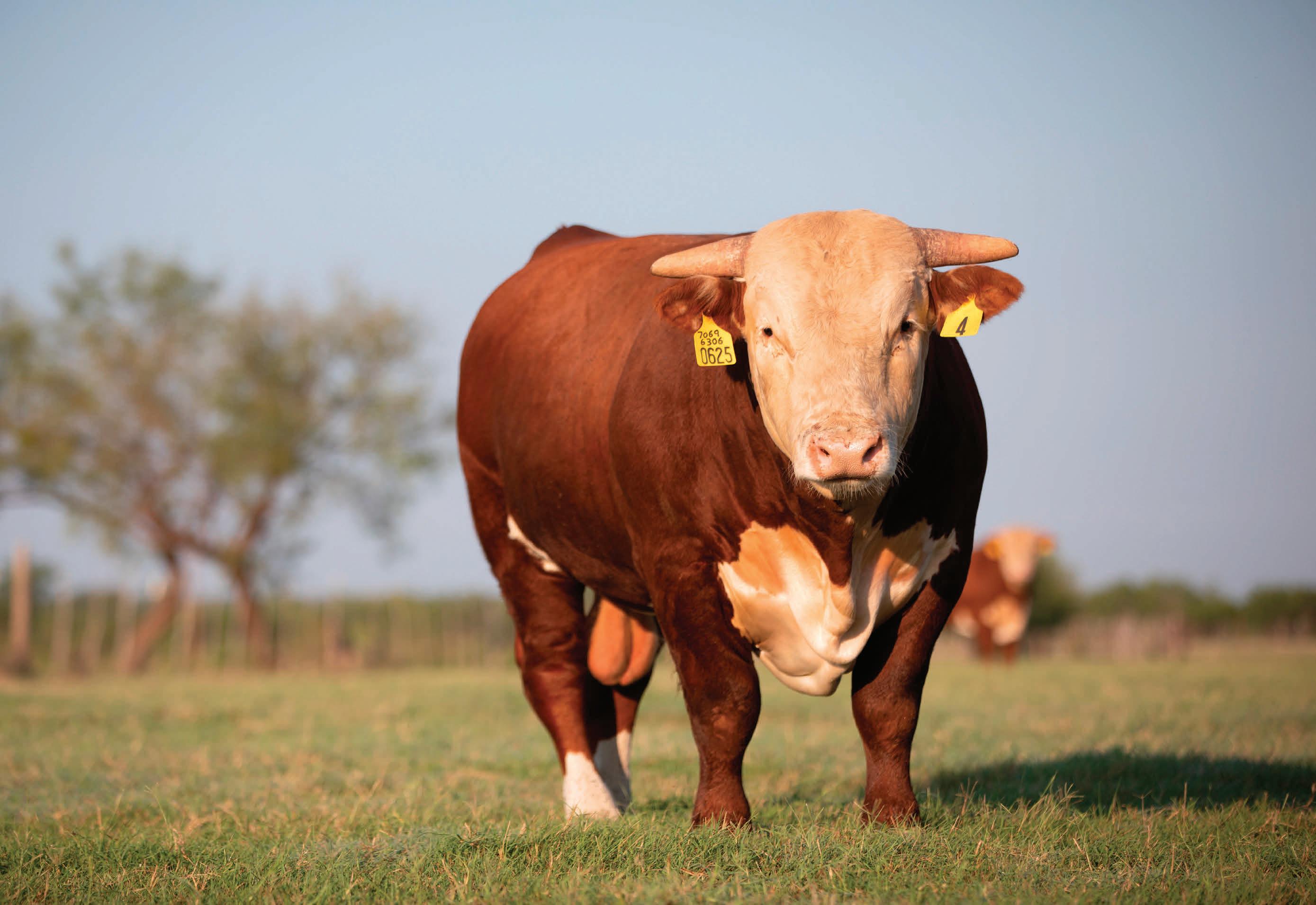
Promote your bull sale or seedstock operation in the October issue of The Cattleman magazine, featuring the annual Bull Buyer’s Guide. This special edition reaches nearly 28,000 cattle producers and is among the magazine’s most referenced issues. Don’t miss this opportunity to showcase your offerings to a targeted audience. To reserve your
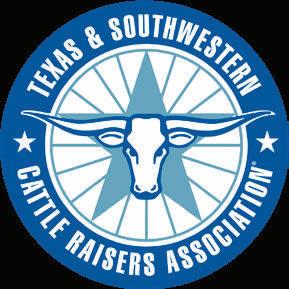


By Jena McRell
When describing the current state of the U.S. beef cattle business, Oklahoma State University’s Mark Johnson said Bob Dylan’s 1960s hit, “The Times They Are A-Changin’,” came to mind.
The animal science professor and Extension specialist presented April 11 during the School for Successful Ranching hosted at the 2025 Cattle Raisers Convention & Expo in Fort Worth. He and many others throughout the event reflected on market shifts, potential outlooks and how cow-calf producers can adapt management practices accordingly.
“In the last five years, the beef industry as we know it has changed,” Johnson said. “We live in the most robust beef market with historically high prices that I’ve ever experienced in my 61 years.”
A trip to the local grocery store or livestock auction confirms the fact that beef prices have been sky-high at all levels of the production chain. According to CattleFax, U.S. cow-calf producers in 2024 realized on average nearly
$700 per head in profitability. Although, it is important to note that the cost of production is record high, too.
CattleFax CEO Randy Blach, who also addressed the crowd of cattle raisers in Fort Worth, said the market has likely reached or is nearing its peak for the current cattle cycle. He expects beef supplies to remain tight for the next few years as the industry shifts toward an expansionary phase.
When it comes to unlocking profit potential in an ever-changing market, Johnson stressed there is no one-size-fits-all solution. Improving margins requires a thoughtful look at an operation’s production practices, breeding strategies and overall goals. During times of healthy returns like cattlemen are experiencing now, he warned the audience not to become complacent.
“It is time to have your foot on the gas and be making plans,” Johnson said. “There are opportunities for us to improve on some things. Now that being said, there are no silver bullets.”
Caitlin Word, who works for Ranch Management Consultants and helps lead their Ranching for Profit schools, also spoke during the School for Successful Ranching on the topic of profitability. She explored common grazing pitfalls that can impede profit. As she told the audience, some might come as a surprise.
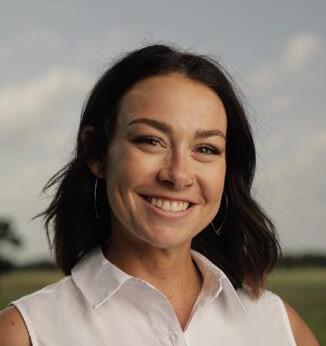
“Oftentimes we talk about improved grazing, growing more feed and reducing our reliance on inputs,” Word said, “and we assume that means more profitability. We assume that means more financial security. It makes sense logistically.”
Even so, growing more feed does not inherently guarantee a better bottom line, Word said. The larger profitability picture involves a deeper look at the overall business practices and financials. “You have to pair it with other management in order for it to be worth your time and to see the fruits of your labor,” she explained.
Among the grazing pitfalls Word cited was increasing carrying capacity on a marginal business. In Ranching for Profit courses, cattle raisers are first advised to calculate an individual animal’s projected value.
“Not just what you are going to get at the sale barn for her, but how much value she’s creating minus any of the costs, the feed, the vaccines, the mineral,” she said. “How much value does she create every year? That’s the margin that we’re looking at.”
Understanding the value proposition on a per-head basis helps inform whether the timing is right to expand, allowing ranchers to do more of what’s working and eliminate what is not. “I would challenge you to make a business great before you make it grand,” Word said. “Before you scale, make a business profitable.”
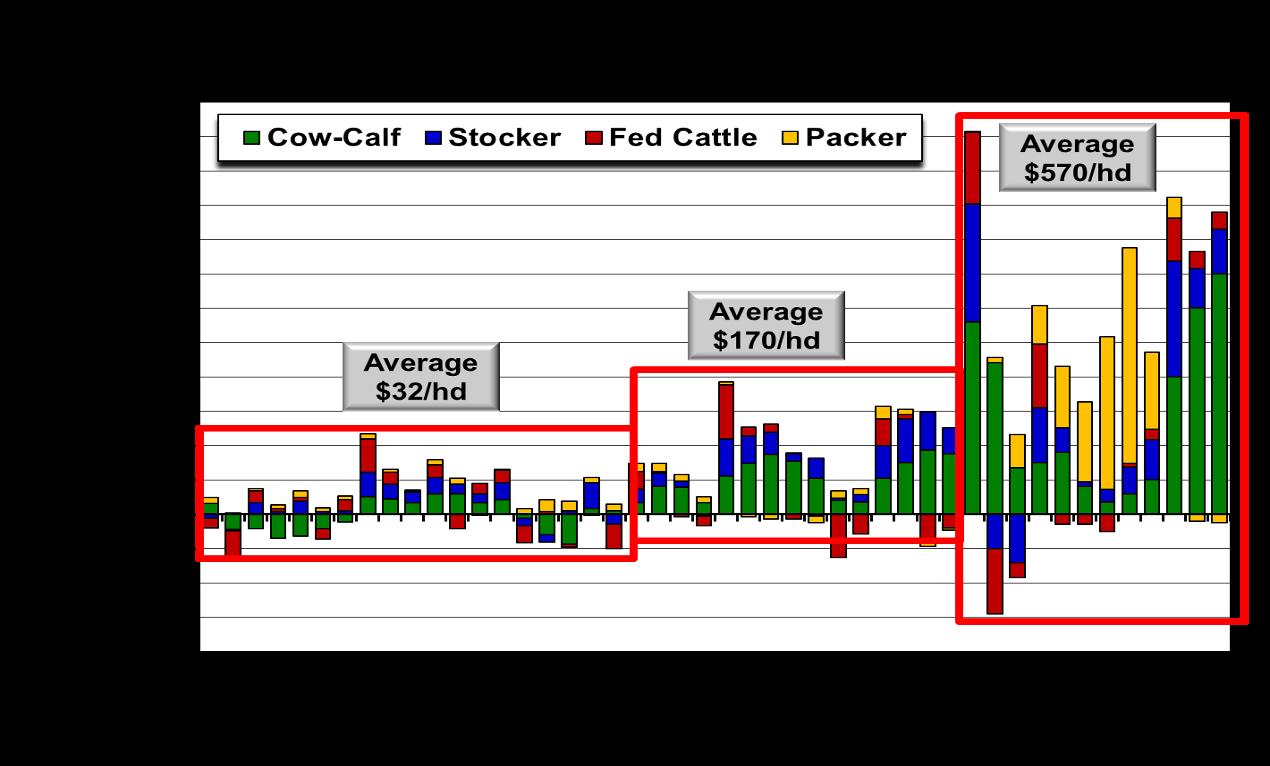
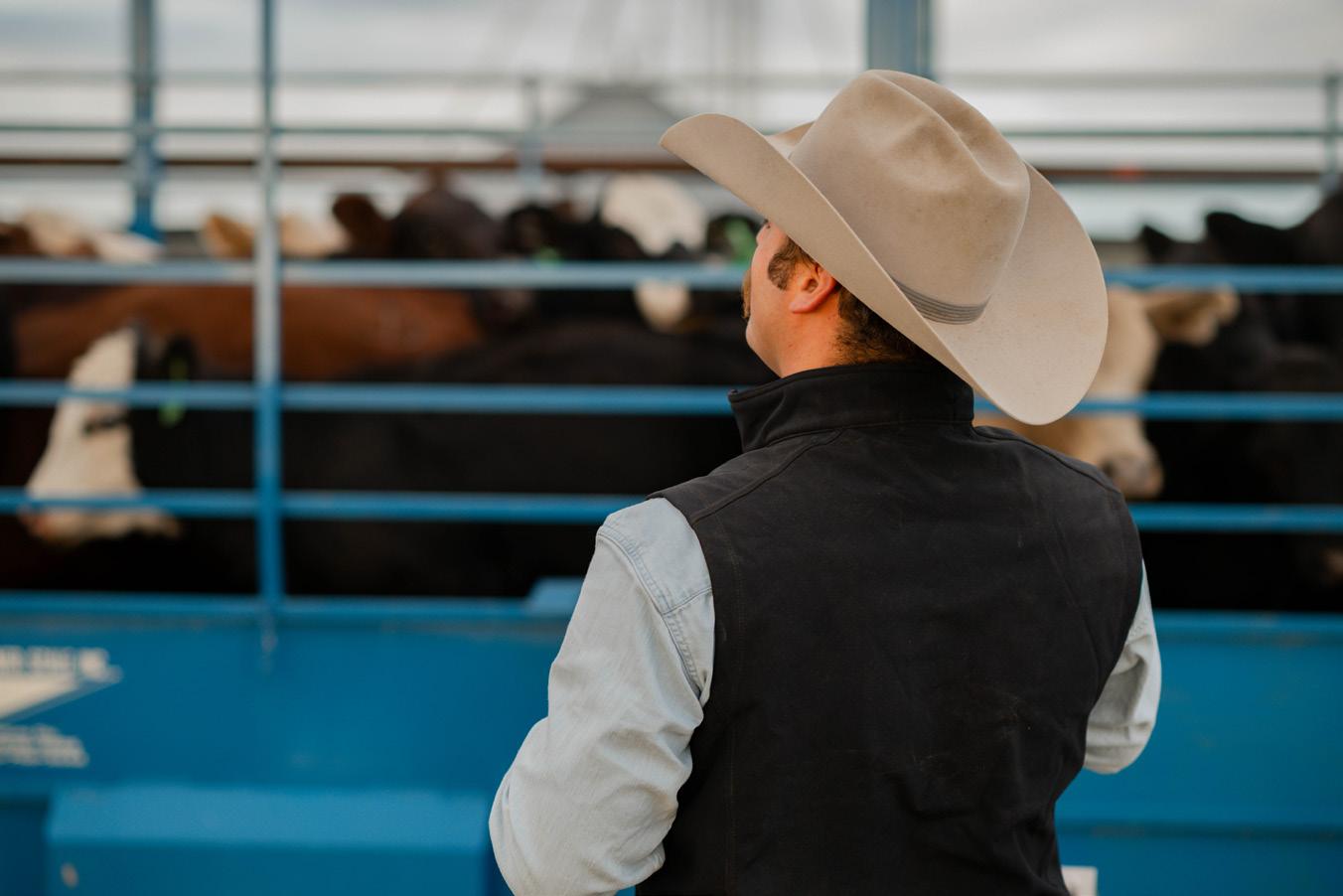
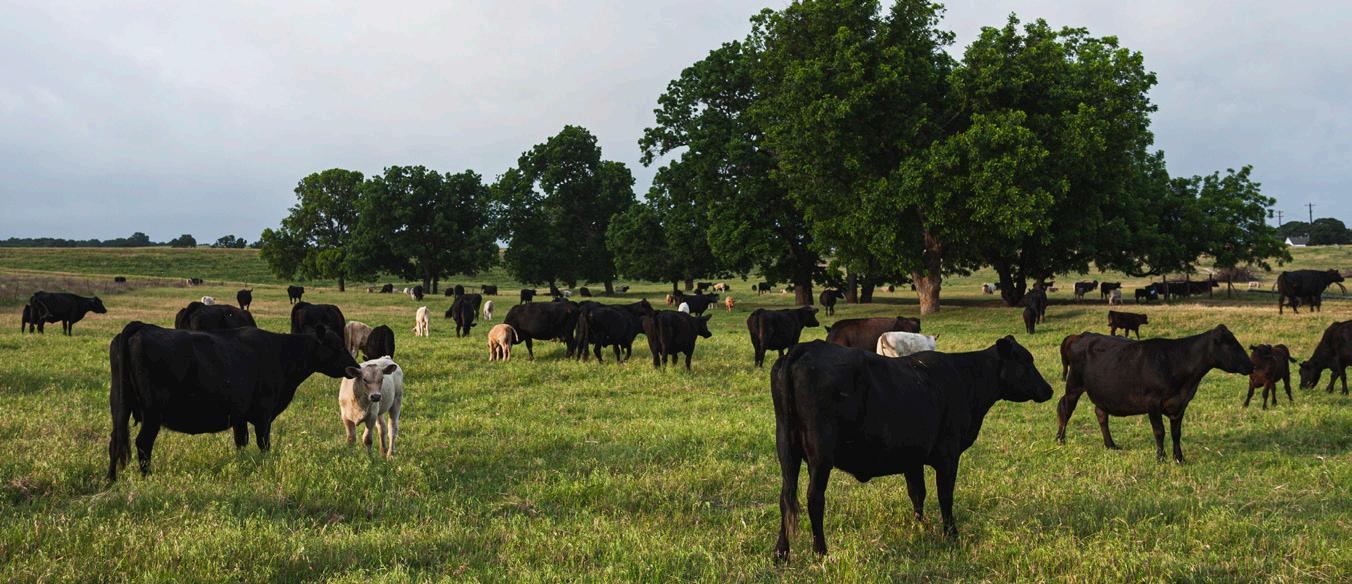
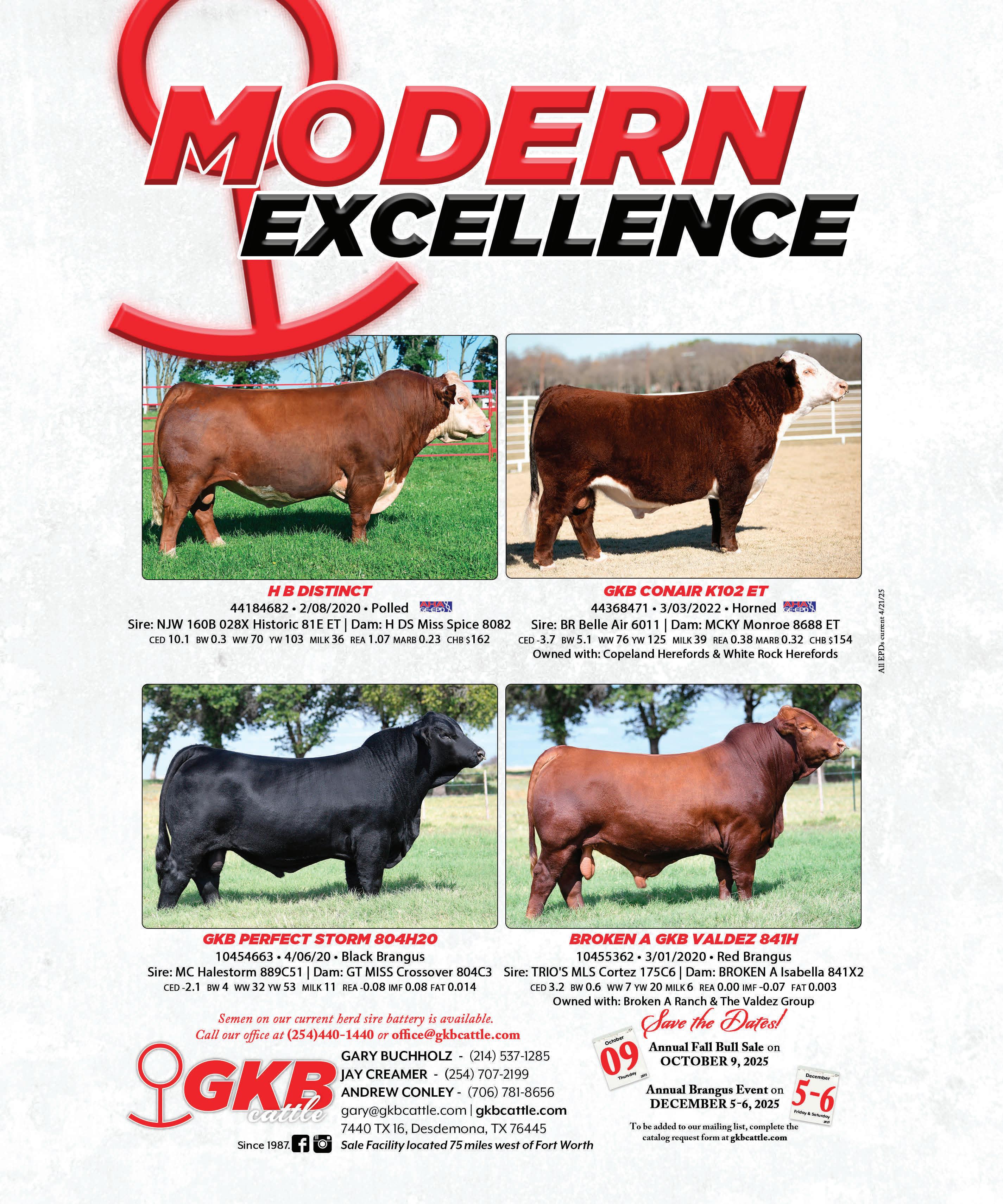
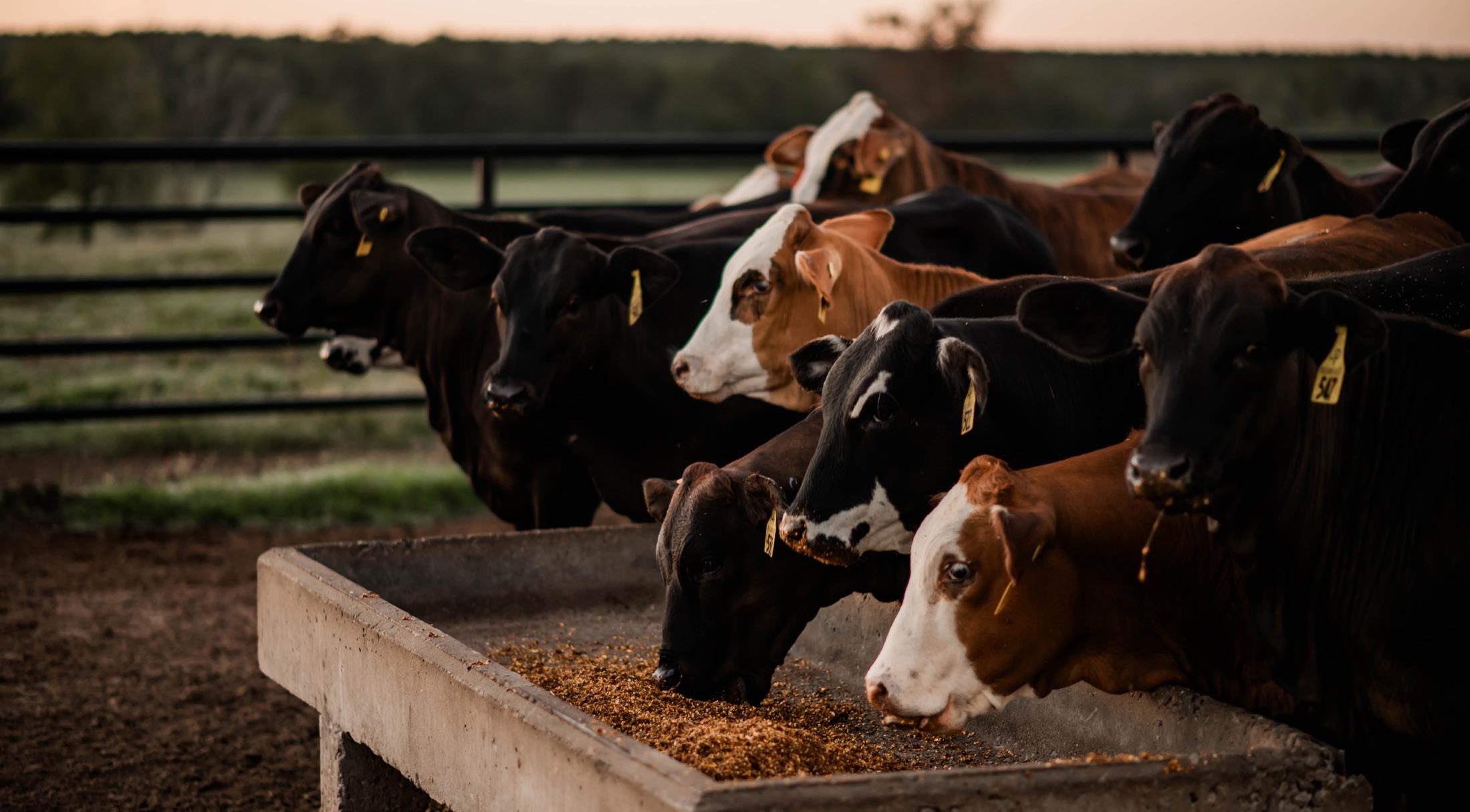
When considering stocking rates, Word encouraged the audience to think outside the typical average-year precipitation estimates. Instead, stock cows according to the drier periods. “Stocking for the average year and chasing your carrying capacity annually can be exhausting, and it can really be an impediment for a business,” Word said.
Because when the inevitable drought hits, it is better to be stocked conservatively and know there’s enough available forage to support the herd. When moisture returns, there is added flexibility to incorporate other enterprises like stocker calves, sheep or custom grazing.
Word reminded the audience that the goal of profitable grazing is not to increase production or minimize costs. The goal is to maximize the economic efficiency of livestock that are harvesting solar energy through grazing.
In many ways, changing consumer preferences — with more people interested in how and where their food is raised — have contributed to the industry’s changing dynamics. “End users as far as consumers or even final suppliers of beef are going to continue to impact the entire production chain,” Johnson said.

Any grazing system, whether it is rotational, highdensity or strip-grazing, is a manipulation of four things: timing, intensity, frequency and duration.
“That is all any grazing system is,” Word said. “Instead of focusing on learning a system and memorizing a recipe, learn these things.”
In recent years, U.S. beef producers have answered the consumer call for higher quality. Johnson said the industry today produces about the same percentage of Prime-grade carcasses as those qualifying for Select. For 2025, CattleFax forecasts less than 15% of fed cattle will grade Select and nearly 85% will be Choice and Prime.
“Historically that Choice-Select spread has been the primary determinant of the value of a beef carcass; now, it is impacted more by the price spread between Prime and upper Choice,” Johnson said.
Back home on the ranch, he said simply generating more pounds is no longer a sure-fire way to boost profits. “All pounds are not created equal,” he said. “Historically, if we could go from a 500-pound weaned calf and by the next generation be raising a 600-pound weaned calf, that was the key to profitability. With input costs and the current markets, that is no longer the case.”
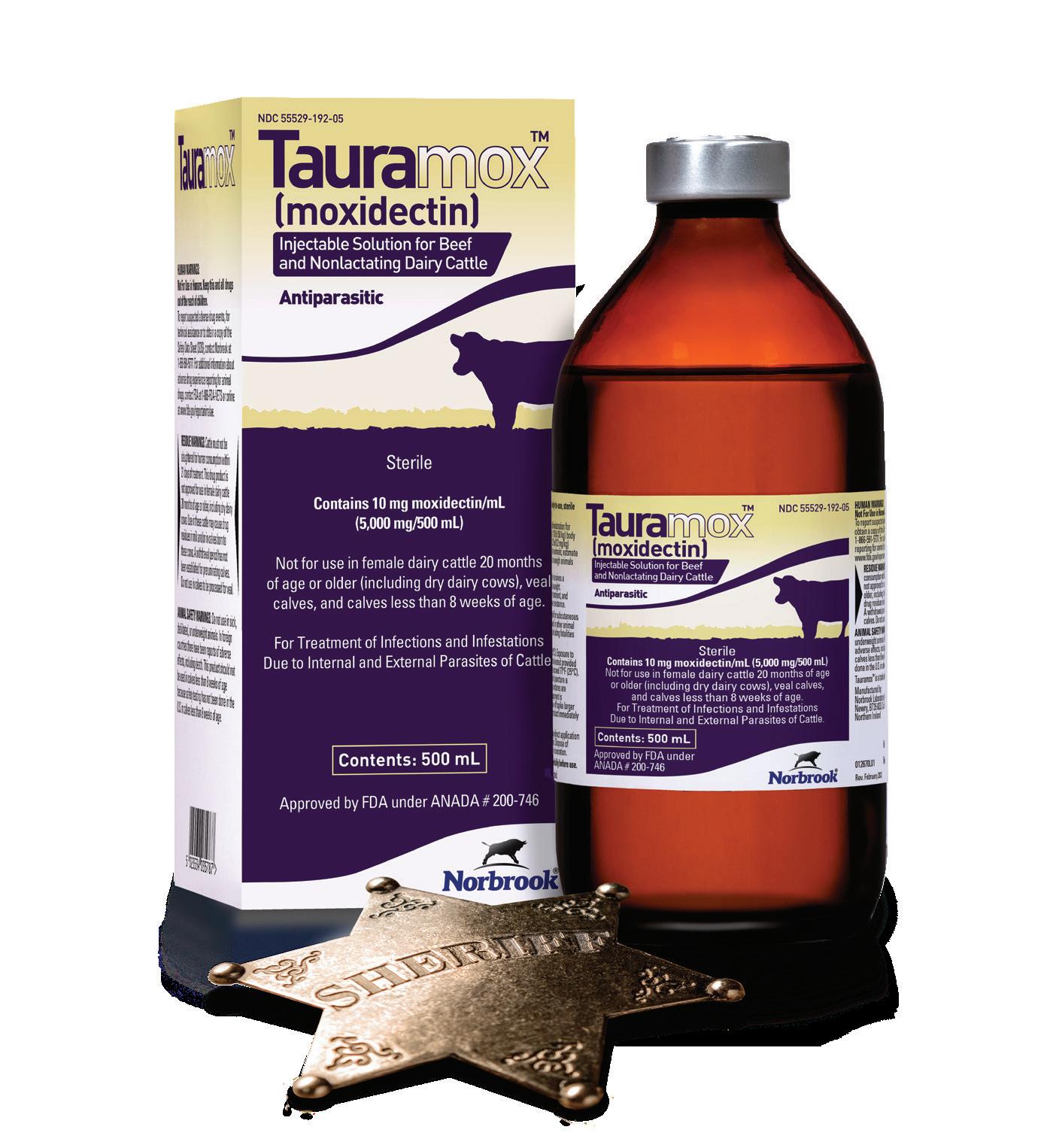

Tauramox® Injectable Solution, the affordable alternative to Cydectin® (moxidectin) Injectable, runs gastrointestinal roundworms, lungworms, cattle grubs, mites and lice out of town. Expect the same weight gain advantage as with Cydectin® Injectable, but at a lower cost — it’s called swagger. Get the moxi with Moxie, from your animal health provider. For more information, visit Norbrook.com.

IMPORTANT SAFETY INFORMATION:
Cattle must not be slaughtered for human consumption within 21 days of treatment. This drug is not approved for use in female dairy cattle 20 months of age or older, including dry dairy cows. Use in these cattle may cause drug residues in milk and/or in calves born to these cows. A withdrawal period has not been established for preruminating calves. Do not use in calves to be processed for veal.
© 2024 Norbrook Laboratories Limited. Tauramox and the Norbrook logos are registered trademarks of Norbrook Laboratories Limited. Cydectin is a trademark of Elanco or its affiliates.
746-24-041
For commercial cow-calf operations, Johnson said the single largest economic contributor is the percentage of calf crop weaned. “If we can get a higher percentage of our cow herd to raise a calf to weaning within every 12 months, that is the key to profitability in the cow-calf sector.”
Despite the well-known importance of reproductive efficiency, achieving a rate higher than 90% is a challenge. Nationwide trends show that the percentage of calf-crop weaned has been sitting around 84-88% for the last two decades.
Johnson said that, fundamentally, that figure is influenced by sound management and developing cows that fit their production environment. Cows that are the right mature size, have the potential to give milk and breed back quickly.
With more genetic tools, evaluations and predictions across all breeds than ever before, today’s seedstock and commercial producers are equipped to steer their breeding programs in any direction they choose.
Heritability estimates provide a statistical projection for how certain traits are influenced by genetics versus the environment. Johnson said these estimates offer a picture of an animal’s additive genetic merit, meaning the cumulative and permanent impact of genes over time.
Fertility traits, including heifer or cow pregnancy rates, are low on the heritability scale, with most recent data from the American Angus Association reporting it at 7%. “What does that mean? About 93% of the variation in phenotype of being bred or open is influenced by environment,” Johnson said. “That’s a key component of a high-percent calf crop.”
On the other hand, carcass traits are highly heritable. Johnson said some estimates are up to 60% for measures including fat thickness, ribeye size and marbling. “The improved additive genetic potential to marble is one of the great success stories we can tell in our industry right now,” he added.
In addition to boosting quality grade and overall consumer satisfaction, beef producers are also more efficient now than at any time in history.
Despite having the smallest national beef cow herd since the ’60s, CattleFax reports that the U.S. beef industry produced nearly 27 billion pounds of beef in 2024. That is up nearly 3 billion pounds from a decade ago.
Cattle raisers are consistently doing more with less — and they will need to continue to do so for the foreseeable future.
To keep enough supply to meet demand, the industry has responded by sending larger animals to harvest. This has resulted in larger mature cow size, too. Research from Oklahoma State University showed that prior to 1980, the average cow in the U.S. consumed less than a ton of hay or harvested forage annually.
Today, that number is close to 2.5 tons. “We feed cows longer each year because cows are bigger each year,” Johnson said.
He said heritability estimates for mature weight and height in beef cattle can range anywhere from 3570%. Most recently, research from USDA’s Meat Animal Research Center indicates the heritability of 8-yearold cows is more than 60%. “That means, if phenotype equals genotype plus environment, two-thirds of the
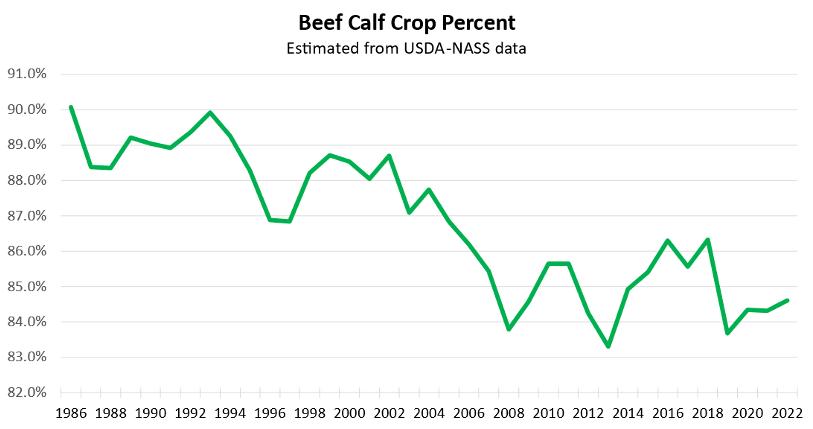
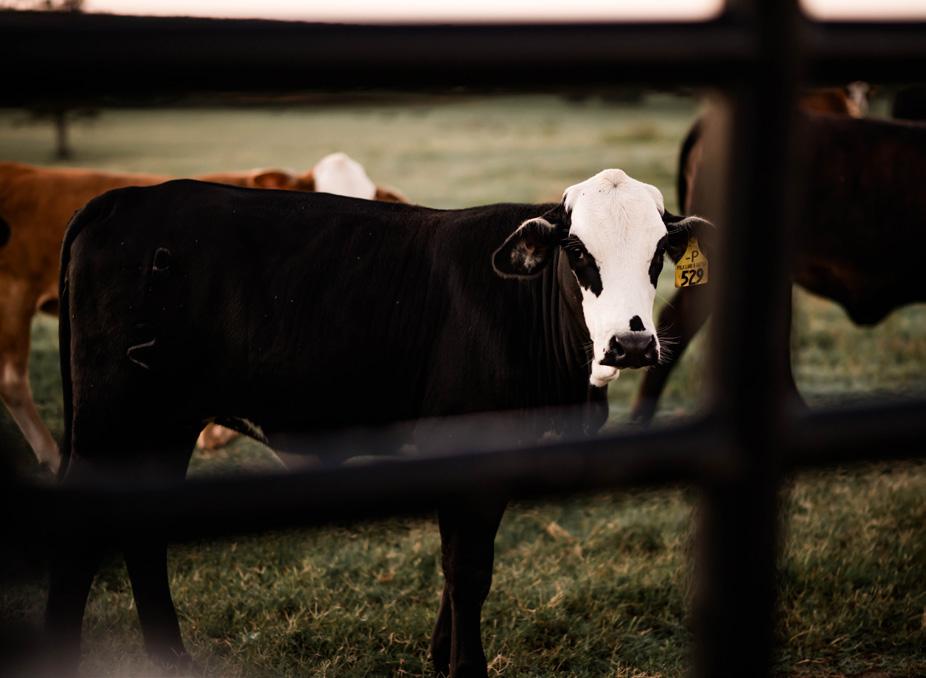

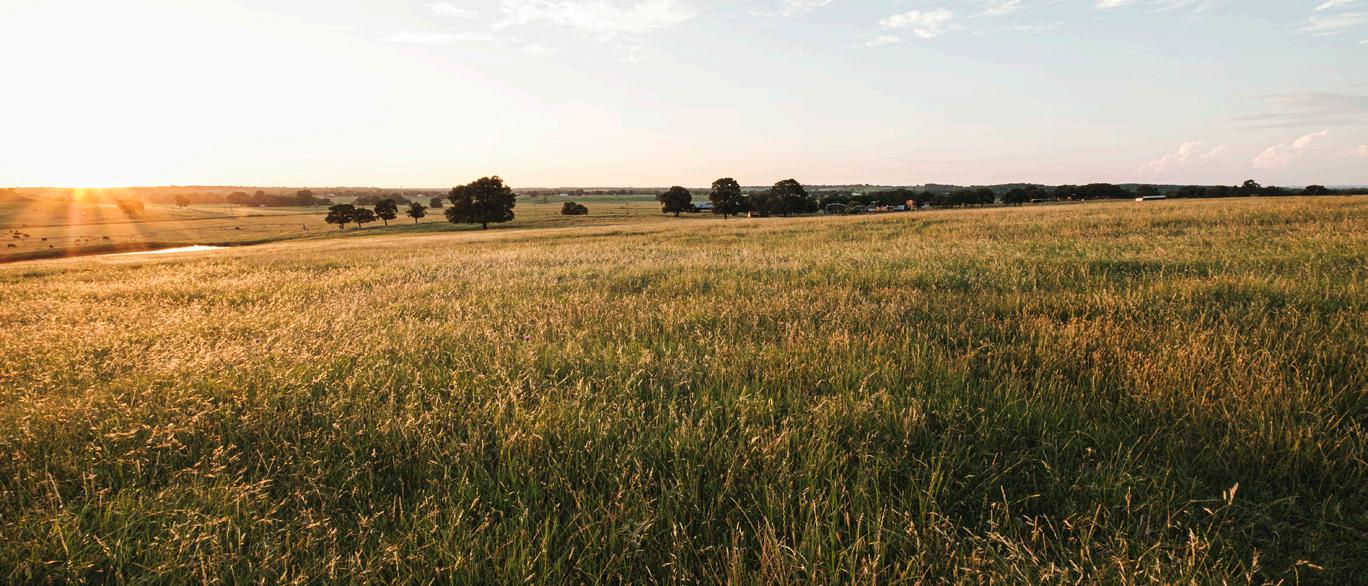
Any grazing system is a manipulation of four things: timing, intensity, frequency and duration. Photo
cow’s mature weight can be controlled through selection for additive genetic merit,” he said.
Years ago, breeders worried that chasing growth traits might negatively influence reproductive efficiency. Johnson said this has not been the case.
“We have proven that we can select for calving ease, keep birth weights low and still get accelerated growth to weaning and yearling,” he explained. “We’ve got more genetic potential to do that than we’ve ever had before.”
Based on Oklahoma State University research, Johnson said the rule of thumb for mature weight translated into weaning weight is 10 to one. For every 100 pounds of additional mature weight, expect to see about 10 more pounds of weaning weight. If a 1,400-pound cow is raising a 550-pound calf, Johnson said to expect a 1,000-pound cow to raise a 510-pound calf.
He encouraged cattle raisers to do the math for themselves to consider whether adjusting mature cow size could make a difference to their bottom line.
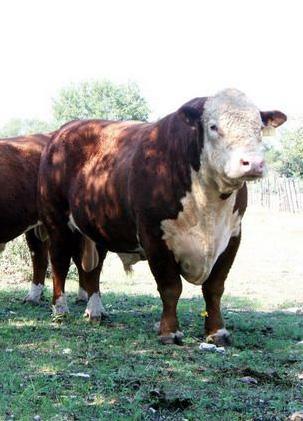
“We need intentional, well-designed breeding programs,” he said. “There are people doing this very successfully. They select for calving ease, all the weaning, all the yearling they can get, but you basically put a cap on mature weight.”
When the weight of management decisions related to grazing or cow-herd genetics feels heavy, Word said to remember steady improvements win the day. If one new fence or water tank a year is what works for the business, she said that is an excellent place to start.
“Just be 1% better,” she encouraged. “I urge you not to let perfection get in the way of progress. It takes time. Be patient with yourself.”
Johnson concluded his talk by reflecting on the incredible nature of beef cattle — and the noble call to steward them and the land.
“Beef production, in my opinion, is the story of sustainability,” he said. “Cows graze grass that we can’t digest and over time return 80 to 90% of what they consume to the soil in the form of fertilizer to grow more plants. Nature’s perfect forage harvesting machine is a beef cow.” T C
Join or renew your membership today.
Member benefits include the support of TSCRA Special Rangers, government relations advocacy, educational programs, networking and social events, member-only discounts, The Cattleman magazine and phone app, and insurance services.

To learn more about membership, scan the code above or visit TSCRA.org.
Companies whose values and mission align with Texas & Southwestern Cattle Raisers Association are invited to join the organization and engage directly with our 28,000+ members. As a TSCRA Business Partner Member, your company will be part of a community that shares a commitment to advancing the cattle industry and its future.
to nine memberships
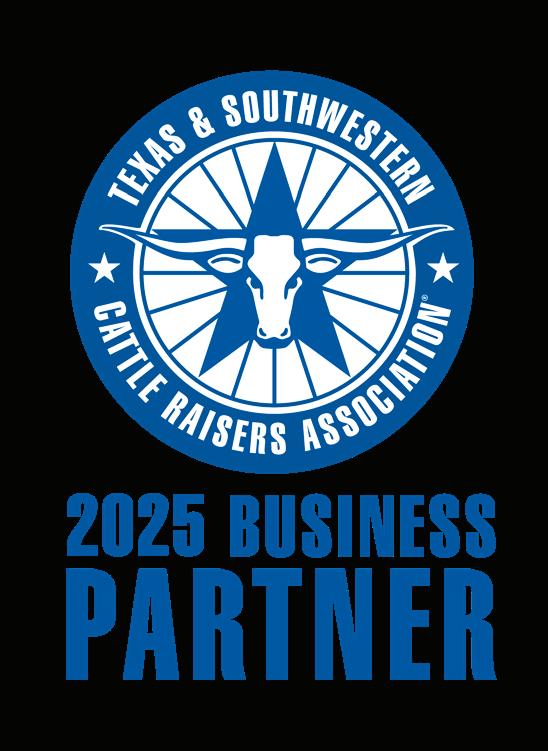




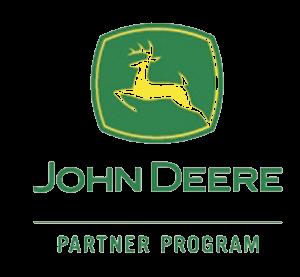
Exclusive sponsorship opportunities and discounts

to the TSCRA Business Partner logo
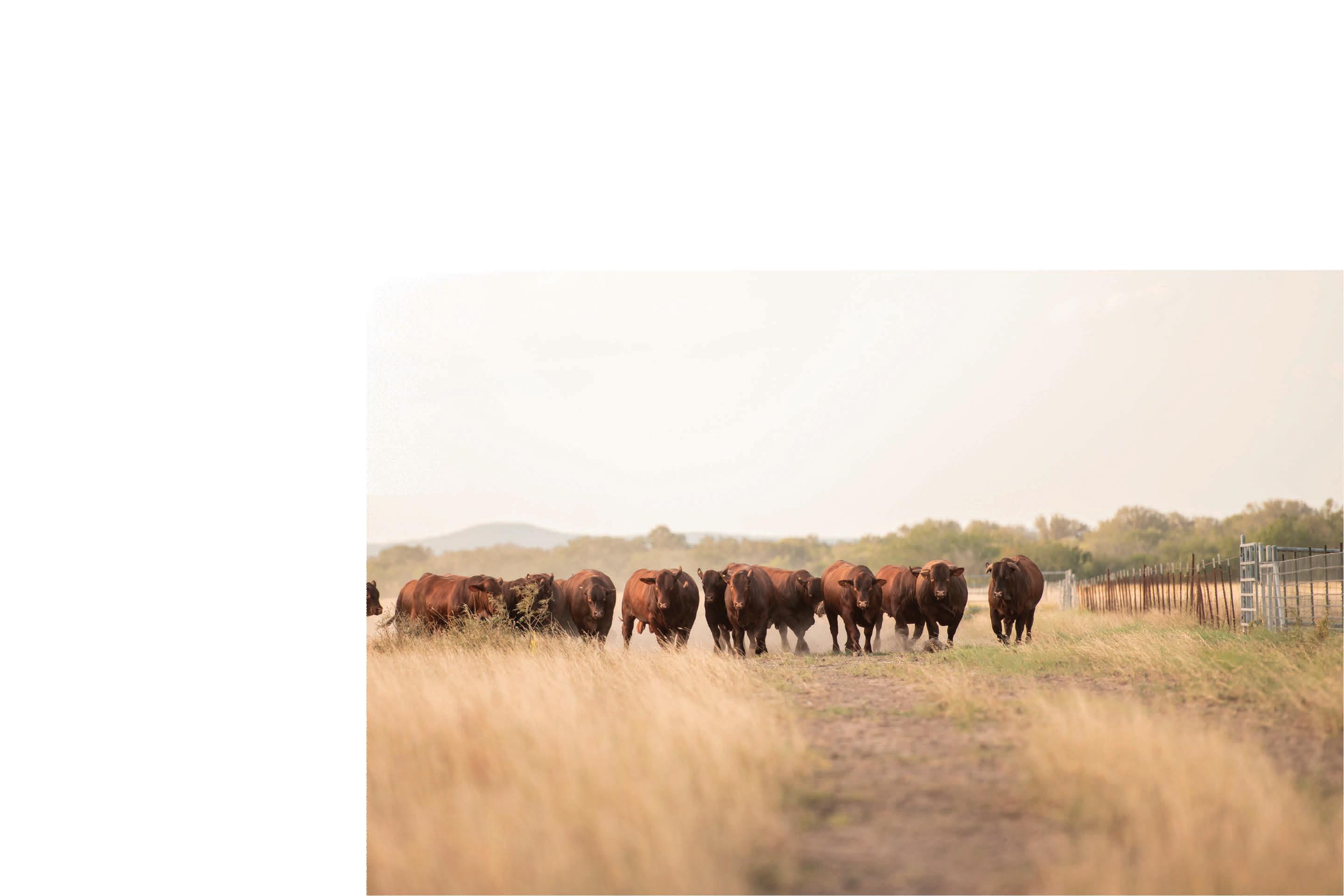
30% OFF at Cabela's and Bass Pro Shop
10% OFF CattleMax Software
15% OFF Ranchbot products John Deere Rewards upgrade
20% OFF at Boot Barn (in-store only) Ford X-Plan vehicle pricing

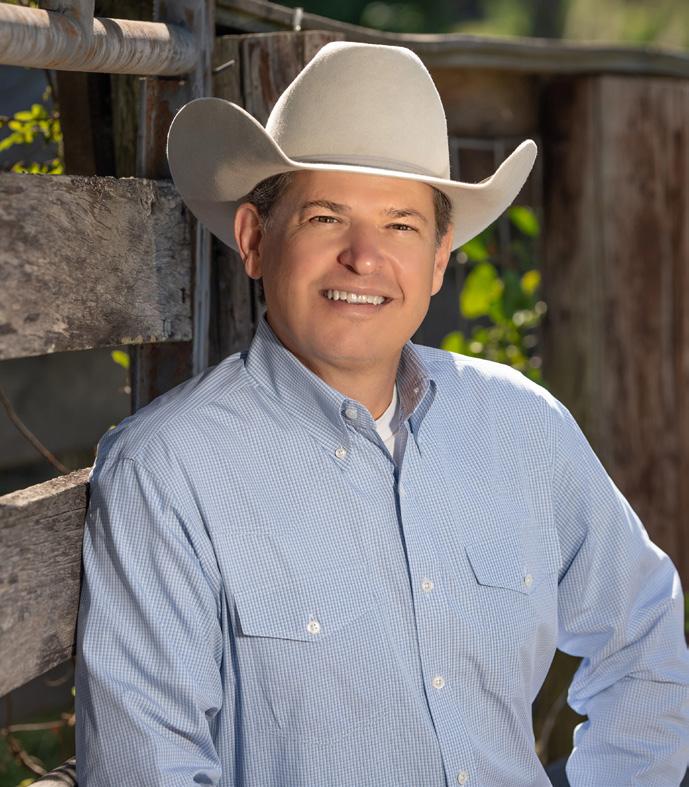
By Carl Ray Polk Jr., Texas & Southwestern Cattle Raisers Association president
At Texas & Southwestern Cattle Raisers Association, we take pride in creating strong connections across our membership. One of the ways we do this is through our longstanding tradition of local Ranch Gatherings — informal, yet impactful events designed to bring members together in their own community.
Starting this month, we will travel to 21 communities across the state — from Midland to Crockett, and Amarillo to Mercedes. Each event offers a casual way to connect with friends, neighbors, Texas & Southwestern Cattle Raisers Association staff, your district special ranger and others with an interest in ranching and land stewardship. Conversations will include timely updates on issues like New World screwworm, landowner rights and regulatory updates.
TSCRA Ranch Gatherings, which begin at 5:30 p.m., offer a fun evening of networking and socializing with new and old friends alike. With plenty of time to mix and mingle, our ultimate hope is for attendees to walk away
with a sense of camaraderie and someone they can call on in the future.
Equally important, these gatherings help strengthen our association. When you bring a friend, neighbor or fellow rancher, you are not just inviting them to an event — you’re introducing them to a network built on advocacy, resources and shared values. Membership grows stronger with every new voice and perspective. Ranch Gatherings are where those conversations begin, and they are the core of our grassroots efforts.
One of my priorities as Texas & Southwestern Cattle Raisers Association president is to make the association locally accessible. We look forward to the opportunity not only to share information with you, but also to listen. Come prepared with questions and share your on-theground insights from across the state.
Whether you are new to the association or a longtime member, we invite you to attend a Ranch Gathering near you. There’s no cost to attend, and dinner is always on us. We look forward to seeing you. T C
Uvalde — July 9
Wichita Falls — July 18
Tyler — July 22
Beaumont — Aug. 1
Crockett — Aug. 13
Midland — Aug. 26
Sulphur Springs — Sept. 3
Comanche — Sept. 9
Cameron — Sept. 18
Waco — Sept. 23
San Angelo — Oct. 14
Fredericksburg — Oct. 16
Buffalo Gap — Oct. 20
Leonard — Oct. 29
Mercedes — Nov. 13
Amarillo — Nov. 15
COMING SOON: Cuero, El Campo, Floresville, Kingsville and Navasota. Visit tscra.org/ranch-gatherings for the latest updates and information.
U.S. Secretary of Agriculture Brooke Rollins is originally from Glen Rose. Most recently, Rollins served as the founder, president and CEO of the America First Policy Institute.
During President Donald Trump’s first administration, she was the domestic policy council director and assistant to the president for strategic initiatives in the White House. She also previously served as director of the Office of American Innovation. In these roles, she developed and managed the Trump administration’s domestic policy agenda, leading to historic achievements for the American people.
policy director before running the Texas Public Policy Foundation for 15 years.
Since stepping into her current role, Rollins has been an advocate for Texas landowners, ranchers and the livestock industry. Her leadership has been pivotal in addressing the reemergence of the New World screwworm. Under her guidance, the issue has gained national attention, sparking critical discussions in Washington, D.C., and setting the stage for legislative action and funding solutions from policymakers.
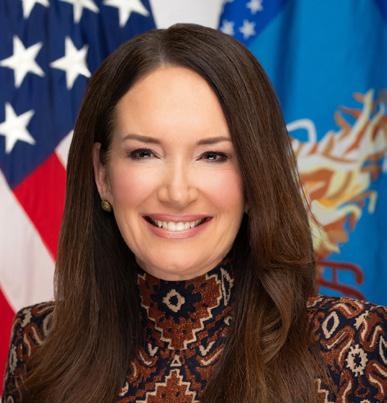
Rollins graduated with honors from Texas A&M University with a degree in agricultural development and was the first female to be elected student body president. After earning her juris doctor with honors from the University of Texas School of Law, she served as Gov. Rick Perry’s
Texas & Southwestern Cattle Raisers Association extends its sincere thanks to Rollins and her staff for their proactive engagement and dedication to facing this urgent challenge in the cattle industry.
Rollins and her husband, Mark, reside in Fort Worth, and spend their free time taxiing their four active children to baseball games, cattle shows, piano lessons and Aggie football games. T C

Saturday,July26@10:00a.m.–SanSaba
Saturday,August23@10:00a.m.–SanSaba
Saturday,September27@10:00a.m.–SanSaba
C Consignment onsignments W s Welcelcome! ome!
HELD AT 11:00 a.m.
Monday – Mason Thursday – San Saba
Formoreinfoonabove salesoronlineviewing andbidding,pleasecall orvisitourwebsite.
On May 26, the Texas House of Representatives passed Senate Bill 261. Authored by Sen. Charles Perry and sponsored by Rep. Stan Gerdes, the crucial piece of legislation protects consumers and upholds the integrity of traditionally raised beef products by prohibiting the sale of cell-cultured protein in the state.
Supported by Texas & Southwestern Cattle Raisers Association, S.B. 261 reinforces Texas’ commitment to preserving the high standards of the beef industry and the livelihoods of the hardworking Texans who sustain it.
S.B. 261 ensures that only beef and other animal proteins raised by traditional, natural methods are sold to consumers in the state of Texas. The bill prohibits the sale and offering of sale of cell-cultured proteins to prevent Texas consumers from being a science experiment as companies seek to profit from selling cellcultured protein with no long-term health studies. This bill also pushes back on an agenda by certain radical groups and companies who seek to end traditional animal agriculture.
“Ranchers across Texas work tirelessly to raise healthy cattle and produce high-quality beef,” said Texas & Southwestern Cattle Raisers Association President Carl Ray Polk Jr. “Our association is grateful for those legislators who voted in support of this legislation and understood the core of this bill, to protect our consumers, the beef industry and animal agriculture.”
By passing S.B. 261, Texas reaffirms its role as a national leader in agriculture and beef cattle production. With this final vote, at time of press, S.B. 261 has been sent to Gov. Greg Abbott’s desk for his signature and if signed, will be effective Sept. 1.
In late April, leadership from Texas & Southwestern Cattle Raisers Association and Texas A&M AgriLife Extension Service met with U.S. Secretary of Agriculture Brooke Rollins for a roundtable discussion about New World screwworm preparation, mitigation and response.
Following the closed-door discussion, Rollins announced her commitment to developing a U.S.-based sterile fly facility and holding Mexico accountable in managing the spread of NWS.
“The introduction of New World screwworm would devastate cattle markets, cripple supply chains and cause billions in economic losses,” said Texas & Southwestern Cattle Raisers Association President Carl Ray Polk Jr. “This is something Texas cattle raisers will be the first to experience. Protecting America’s livestock, wildlife and food supply must be a national priority. Secretary Rollins’ commitment to a U.S.-based sterile fly facility demonstrates this is a shared priority. We are thrilled to have the support from Secretary Rollins to explore short- and long-term U.S.-based solutions that protect the American beef industry.”
On May 11, Rollins suspended live animal imports from Mexico in response to the northern spread of the NWS, which at time of press was 700 miles from Texas’ southern border. Texas & Southwestern Cattle Raisers Association has consistently supported a border closure if warranted.
“While this action presents short-term challenges for cattle raisers, it is a critical step to secure the long-term health of the U.S. cattle herd,” Polk said. “Cooperation from the Mexican government is essential, and this move sends a clear signal about the urgency of the situation.”
Also in May, Sen. John Cornyn and Rep. Tony Gonzales, both of Texas, introduced the STOP Screwworms Act that provides USDA the support needed to construct or retrofit domestic fly production infrastructure.
Meanwhile, Rollins announced May 27 that USDA is investing $21 million to renovate an existing fruit fly production facility in Metapa, Mexico, to further the long-term goal of eradicating NWS. When operational, this facility will produce 60-100 million additional sterile NWS flies weekly to push the population further south in Mexico. Given the geographic spread of NWS, this additional production capacity is critical for response.
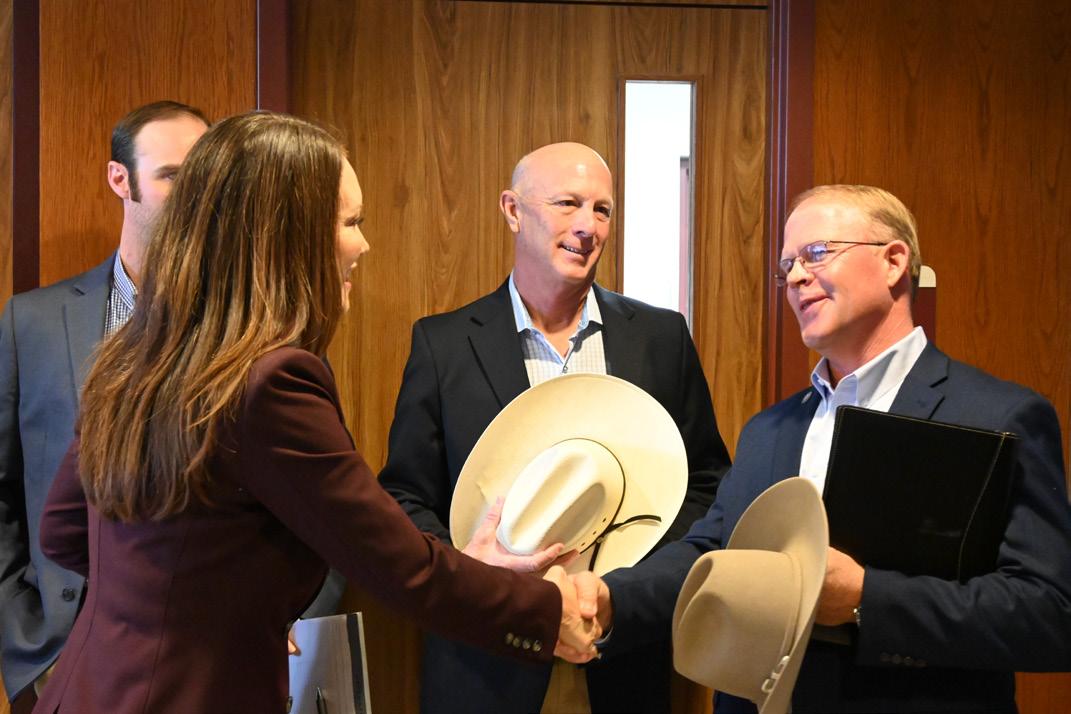
In response to the Texas Supreme Court opinion issued in Myers-Woodward LLC v. Underground Services Markham LLC, holding that pore space belongs to the surface owner, Texas & Southwestern Cattle Raisers Association President Carl Ray Polk Jr. released the following statement:
“At TSCRA, we believe it is the landowner who rightfully owns pore space. Clear ownership leads to fair and transparent negotiation with industries using our property for energy exploration — protecting both private property rights and the land.
“Technology, whether new or old, does not change fundamental ownership. We support the Texas Supreme Court’s decision to uphold Texans’ fundamental private property rights.”
This case has been working its way through the legal system for a decade. With more projects aimed at storing substances like hydrocarbons in underground pore space, having a clear answer to who owns this space is important for Texas landowners and mineral producers alike.
Texas & Southwestern Cattle Raisers Association announced Clay McKinney has been named interim executive director of law enforcement, brand and inspection services. In this role, McKinney oversees daily operations for the association’s special rangers and brand inspectors across Texas and Oklahoma.
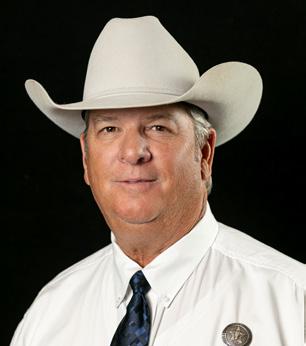
Texas & Southwestern Cattle Raisers Association Special Rangers are law enforcement officials fully commissioned through the Texas Department of Public Safety or the Oklahoma State Bureau of Investigation who specialize in livestock theft and agricultural crimes. The department also oversees market inspectors who collect brands and other identifying marks on millions of cattle sold annually at nearly 100 Texas livestock markets.
Prior to accepting the interim title, McKinney served as the District 18 Special Ranger, a position he has held since 2018. He will continue to serve cattle raisers in the Trans-Pecos region in his new capacity.
Before joining Texas & Southwestern Cattle Raisers Association, McKinney worked as an investigator for
the 143rd District Attorney’s Office, a narcotics investigator for the Reeves County Sheriff’s Office, and served more than 20 years as chief of police for the Pecos Police Department.
Texas & Southwestern Cattle Raisers Association is currently accepting applications for the permanent role. McKinney will continue in the interim capacity throughout the selection process.

the Capitol.
Five emerging leaders from across the state gathered in Austin at the Texas Capitol for the 2025 TSCRA Leadership Launch, a day-long experience providing insights into public policy and agriculture.
Held during the 89th Texas Legislative Session, the program introduced students to the fundamentals of government relations and political advocacy. Attendees connected with Texas & Southwestern Cattle Raisers Association staff; observed legislative hearings; met with lawmakers including Sen. Brian Birdwell, Sen. Lois Kolkhorst, Rep. Ryan Guillen and Rep. Trey Wharton; and explored current policy impacting cattle raisers in Texas. The day also featured a lobbyist panel discussing careers in agriculture advocacy, a Capitol tour and a visit to the Governor’s Mansion.
TSCRA Leadership Launch is hosted by Texas & Southwestern Cattle Raisers Association Leadership Development Foundation, committed to supporting future land and livestock stewards. This program is one of many opportunities available for young and emerging industry leaders. T C
Texas & Southwestern Cattle Raisers Association members Max Krupp, Joey Ramirez and Kendall Whatley joined numerous other young cattle producers from across the country for the 2025 Young Cattlemen’s Conference, a competitive, multi-day program that explores all aspects of the beef industry.
Nominated by Texas & Southwestern Cattle Raisers Association, the Texas participants traveled alongside fellow emerging leaders on a nationwide tour featuring stops at Tyson Foods beef plant, Certified Angus Beef and Capitol Hill.
Krupp, of Graham, owns and operates Halo K Cattle, running cattle in both Young and Throckmorton counties. He oversees all aspects of the operation, including calving, backgrounding, finishing and transportation to the processing facility. Krupp recently retired from the U.S. Army after 28 years of service, attaining the rank of Colonel and spending much of his career in U.S. Army Special Forces. He holds a bachelor’s degree in business administration with a focus in finance and a master’s degree in public administration, both from the University of Texas at Austin.
Ramirez manages Armstrong Ranch in South Texas, where he oversees all aspects of ranch operations, including the commercial cow-calf herd, wildlife program and material sales. Before taking on his current role, Ramirez worked in both the feedyard and cow-calf divisions of King Ranch. Ramirez serves on the Texas & Southwestern Cattle Raisers Association natural resources and wildlife committee. He holds a degree in animal science from Texas A&M University–Kingsville. Outside of work, he enjoys helping on his grandfather’s ranch and raising his two young sons, Jaxon and Jace, with his wife, Estela.
Whatley, who resides in Stephenville, works at ReproLogix, specializing in IVF and conventional embryo sales, as well as customer service and support for cattle producers. She also owns and operates Bar K Cattle Services, offering genetic consulting and specializing in photographing sale cattle and ranching lifestyle imagery. Whatley earned her bachelor’s degree in livestock production from Abraham Baldwin Agricultural College in 2016, followed by a master’s degree in 2021 from the University of Georgia, where her research focused on beef cattle nutrition and forage systems. Her combined experience in reproduction, genetics and nutrition has
shaped her into a systems thinker, integrating multiple disciplines to improve cattle production.
Hosted by the National Cattlemen’s Beef Association, the Young Cattlemen’s Conference gives young producers hands-on experience and insight into all areas of the beef industry.
American National CattleWomen announced Casey Matzke, of Rosanky, as the 2025–2026 president-elect. A lifelong advocate for agriculture and a dynamic leader at the local, state and national levels, Matzke brings a deep commitment to membership engagement and youth education in the beef industry.
Born and raised in Wharton, Matzke’s passion for the cattle industry ignited during her time at Texas A&M University, where she took an animal science class that set her on her path. As a student, she quickly became involved in Aggie Collegiate CattleWomen, serving as treasurer and president, laying the foundation for a future of service and leadership in the beef community.
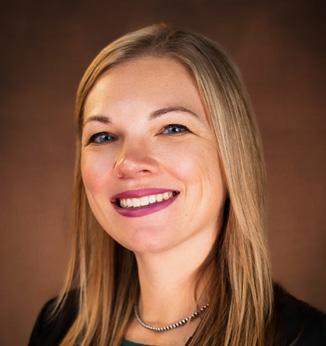
Matzke’s leadership journey has spanned nearly a decade with Texas CattleWomen, where she has held nearly every major office — including vice president, president-elect, president and past president — and currently serves as an at-large member of the executive board and as membership chair.
She was instrumental in founding 11 new local CattleWomen groups across the state and helped launch the Grilling 101 program, inspired by her internship with the Texas Beef Council. Her exceptional service earned her the 2018 Texas CattleWoman of the Year Award.
At the national level, Matzke has served on the American National CattleWomen board of directors for five years, three as an at-large member and two representing her state. In 2024, she served as the organization’s vice president and membership chair and played an active role on the ways and means committee.
“I am honored and humbled to step into the role of president-elect,” Matzke said. “ANCW has shaped my life in countless ways, and I am excited to give back by helping grow our membership, empower young women and strengthen our connection to the industry we love.”
Matzke holds a bachelor’s degree in animal science and agricultural economics from Texas A&M University and is currently completing her master’s degree in animal science. She lives in Rosanky with her daughter, who shares her love for the industry, and works for Texas A&M AgriLife Extension, where she educates Texans on agricultural practices and the value of the beef community.
The 71st annual Texas A&M Beef Cattle Short Course will be held Aug. 4-6 in Bryan-College Station. The event is hosted by the Texas A&M AgriLife Extension Service and the Texas A&M College of Agriculture and Life Sciences Department of Animal Science.
The largest beef cattle educational event of its type in the world attracts almost 2,000 attendees to the three-day event, said Jason Cleere, Ph.D., conference coordinator and AgriLife Extension statewide beef cattle specialist in the department of animal science.
Producers are offered more than 50 hours of training on basic ranching practices, new technologies and hot topics in beef cattle production during the Cattleman’s College, which features 20 concurrent sessions and includes live-animal and chute-side demonstrations.
Attendees can access more than 150 agriculturerelated businesses and trade show exhibitors. Pesticide license holders and veterinarians can also complete continuing education units during the event.
The Youth Track is also back in place for high school students to learn more about hands-on beef cattle production.
Cleere said in addition to the Cattleman’s College concurrent sessions, this year’s event will bring discussions on emerging topics such as New World screwworm and the farm bill, as well as the traditional market and weather outlooks.
“We always try to provide topics of interest to everyone from the new landowners just getting into the business to high-tech adapters and long-time producers to let them know what is coming up on the horizon,” Cleere said.
Both in-person and virtual attendance are offered. The cost is $300 for in-person attendance, $160 for virtual registration and $150 for youth. A $40 fee will be charged for late registration after July 29. Visit beefcattleshortcourse.com to learn more.
Texas A&M AgriLife Research and the Texas A&M University System opened a new state-of-the-art Animal Reproductive Biotechnology Center at Texas A&M-RELLIS campus May 6.
The roughly 27,000 square-foot indoor and coveredoutdoor biotechnology center in Bryan is a joint project of AgriLife Research and the Texas A&M College of Agriculture and Life Sciences Department of Animal Science. The new center will increase understanding of ruminant reproduction at the molecular, cellular and whole-animal levels while continuing work to address known reproductive issues. It will also serve as a flashpoint for collaborative research, teaching and
outreach based on leading-edge animal pregnancy and development science.
The ribbon-cutting ceremony for the center comes the same year that the U.S. cattle inventory has dipped to its lowest level in 74 years. At 86.7 million head as of January, the numbers are a 1% lower than the same period in 2024, according to USDA. At the same time, Texas is the largest producer of sheep and goats in the U.S.
The center will house labs, educational spaces, offices and animal holding and handling areas separated by size and ruminant type. Designated areas for each group include chutes for specimen collection, stanchion space for hands-on instruction, and preparation and recovery spaces for small ruminants. The workspaces are supported by loadout areas, holding pens and alleyway circulation.
“It is exciting to envision what we can discover, and the lives we will improve, as a result of the work at this new facility,” said Clay Mathis, Ph.D., head of the Department of Animal Science. “This facility will further empower our exceptional team of experts to make new discoveries and open up new experiences for students.”
Exports of U.S. beef trended higher year-over-year in March, according to data released by USDA and compiled by the U.S. Meat Export Federation. Beef export value was the highest since June 2024.
March beef exports totaled 109,330 metric tons, up 1% from a year ago, while export value reached $922 million — up 4% and the highest since last June. Export value per head of fed slaughter was the seventh highest on record at $466.77.
March export growth was led by strong performances in Taiwan, Mexico, Central America, Chile and Africa. Exports to China also increased slightly, though this momentum will likely be short-lived due to China’s retaliatory tariffs and expired plant registrations. March exports were steady year-over-year to Japan and modestly lower to South Korea.
First-quarter beef exports were slightly below last year’s pace at 310,368 metric tons, but increased 2% in value to $2.53 billion.
“Despite a great deal of uncertainty, global demand for U.S. beef remains robust and resilient,” said U.S. Meat Export Federation President and CEO Dan Halstrom. “The March export results confirm this, with demand trending higher in Taiwan and Mexico, reaching record levels in Central America and holding up well in Japan and Korea. Although we anticipate that China’s retaliatory tariffs and expired plant registrations will have a more drastic impact on April and May exports, the U.S. industry’s efforts to diversify markets and broaden U.S. beef’s global footprint are definitely paying dividends.” T C
Ranching 101 webinar offers summer tips for cattle producers.
Join Texas & Southwestern Cattle Raisers Association for a Ranching 101 webinar at 1 p.m., Tuesday, July 15, for considerations during the year’s hottest months.
Participants will gain practical and effective strategies to help cattle raisers and livestock stay safe and productive throughout the summer.
The discussion will cover essential tips including managing heat stress in cattle, ensuring adequate hydration, adjusting feeding routines, optimizing pasture and forage health, and maintaining safe work practices for ranch hands.
Whether running a small family ranch or a large-scale operation, these proven methods will help beat the heat and keep the ranch running smoothly all summer long.
Ranching 101 webinars provide participants with practical, sound guidance on the tools and equipment needed to get started in ranching or land ownership. The webinars are available online on the third Tuesday of every month.
Registration is complimentary for any association member. Visit tscra.org to learn more. T C

Ranching 101 is presented by:

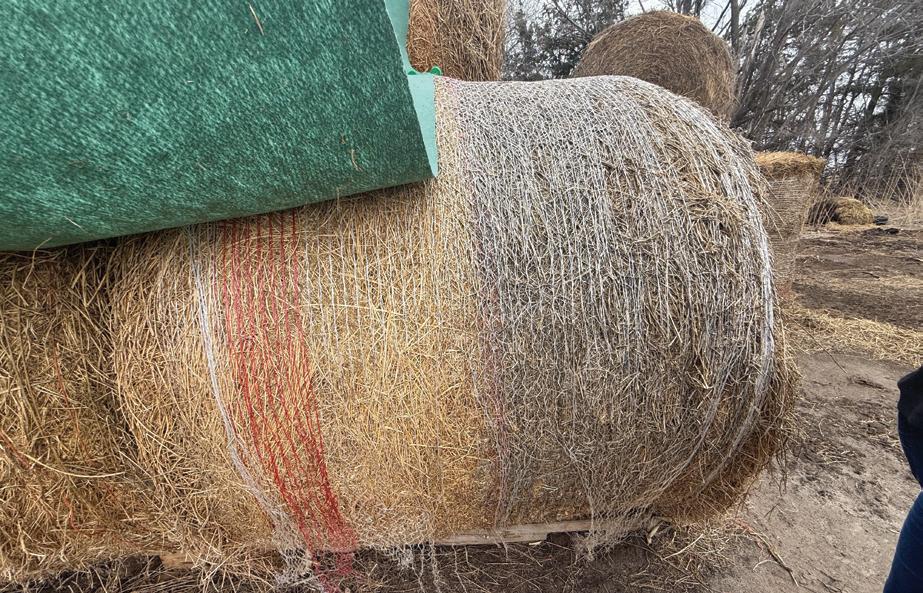
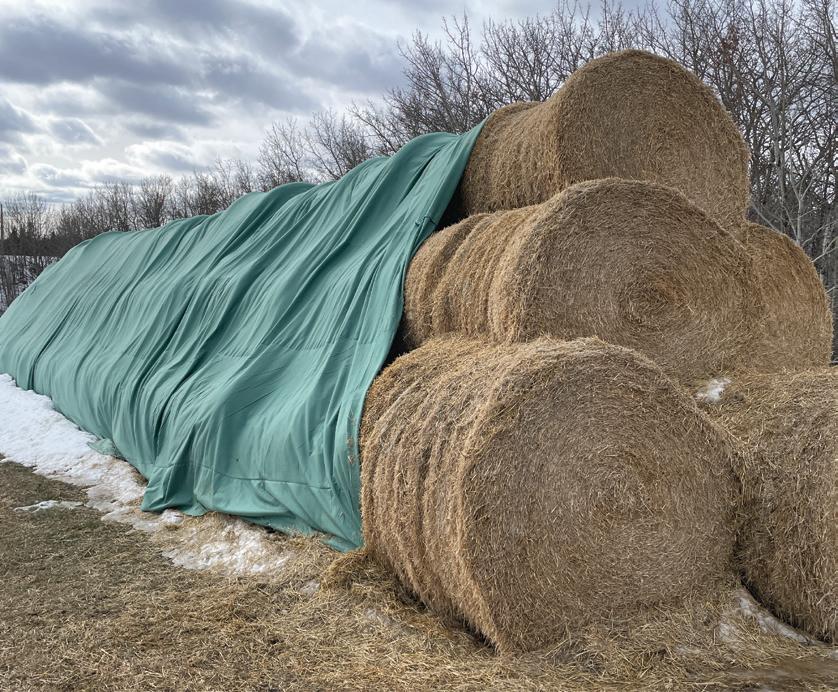



The Texas and Southwestern Cattle Raisers Foundation proudly awarded 29 scholarships totaling $68,750 to students pursuing degrees in agriculture-related programs at universities in Texas and Oklahoma.
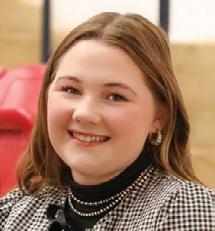
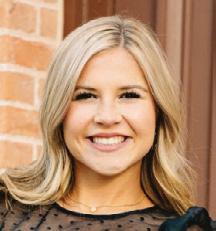
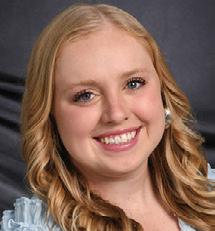
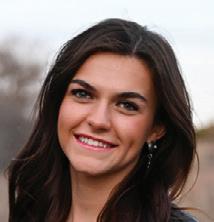
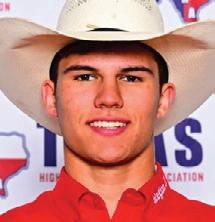



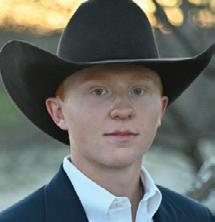
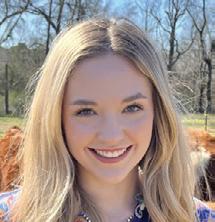
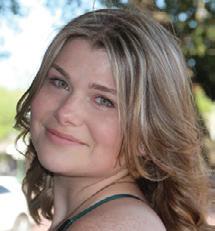





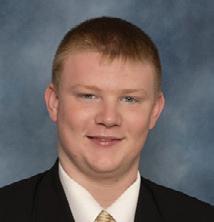
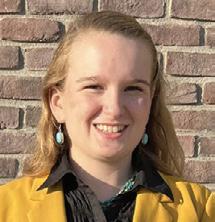

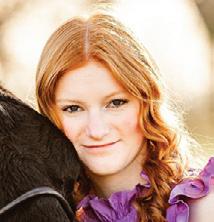
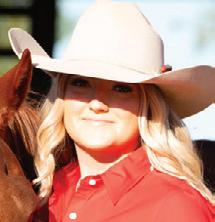
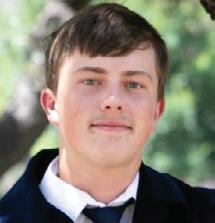


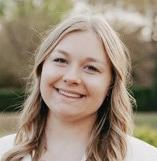
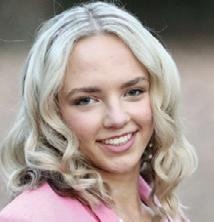
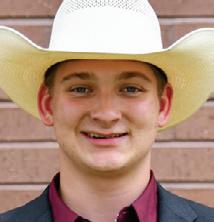
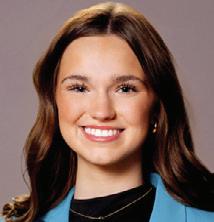

Samuel Wayne Bell Jr. arrested after an investigation led by TSCRA Special Rangers.
Samuel Wayne Bell Jr., of Cherokee County, was indicted for second-degree felony theft of livestock following an investigation by Texas & Southwestern Cattle Raisers Association Special Rangers Darrel Bobbitt and Larry Hand.
In August 2024, Bobbitt received a report about a stolen mare and filly in Rusk County. He initiated an
investigation and was joined by Hand. Their efforts spanned Rusk, Cherokee and Comal counties.
Through interviews with multiple witnesses, the special rangers discovered Bell sold the stolen horses to a horse trader in Rusk County. The trader then advertised the animals on a social media site and sold them to a horse rescue group. Within hours of the theft, the horses changed hands twice and would soon be transported by a third-party company more than five hours away to Comal County.
The case was submitted to the Rusk County Criminal District Attorney’s Office and presented to a grand jury, which returned an indictment against Bell for theft of livestock, which was enhanced to a second-degree felony. Bell surrendered to the Rusk County Sheriff’s Office March 31, where he was booked and arraigned before being released on bond the same day. The horses have been returned to their rightful owner.
Texas & Southwestern Cattle Raisers Association thanks the Cherokee County and Rusk County Sheriff’s Offices, as well as the Rusk County Criminal District Attorney’s Office, for their assistance in the investigation. T C

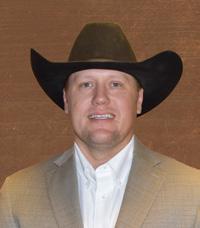
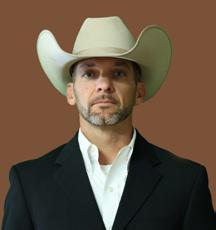
Cactus Feedyard
Matthew Turney, Manager
Cactus, TX
office: (806) 966-5151 cell: (806) 282-7077
Centerfire Feedyard
Adam Gerrond, Manager Ulysses, KS office: (620) 356-2010 cell: (806) 390-9034
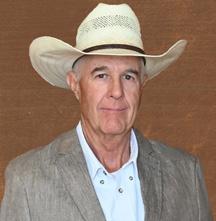
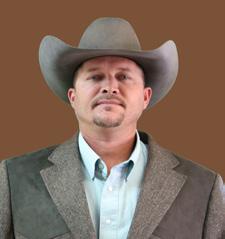
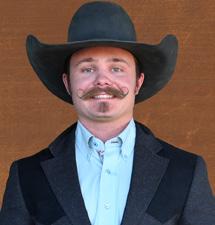
Frontier Feedyard
Jon Vanwey, Manager Spearman, TX office: (806) 882-4251 cell: (719) 251-2381
Stratford Feedyard
Pistol Audrain, Manager Stratford, TX office: (806) 396-5501 cell: (806) 753-7133
Burlington Feedyard
Logan Hardin, Manager
Burlington, CO office: (719) 346-8532 cell: (620) 575-6702
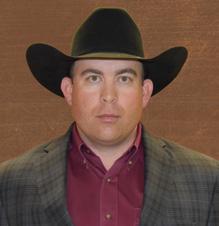
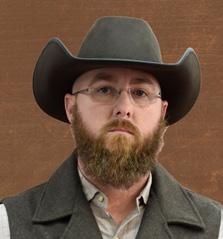

Southwest Feedyard
Kacey Graham, Manager Hereford, TX office: (806) 364-0693 cell: (806) 316-8799
Hale Center Feedyard
Rusty Jackson, Manager Hale Center, TX office: (806) 879-2104 cell: (806) 773-9457
Ulysses Feedyard
Adam Gerrond, Manager Ulysses, KS office: (620) 356-1750 cell: (806) 390-9034
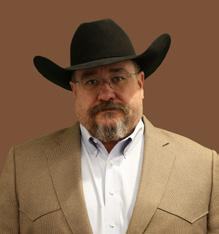
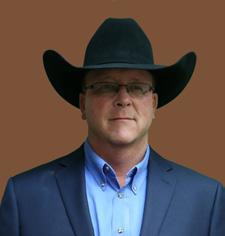
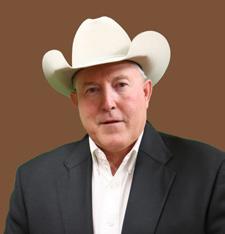

Wolf Creek Feedyard
Keith Brinson, Manager Perryton, TX office: (806) 435-5697 cell: (806) 282-7588
Wrangler Feedyard
Randy Shields, Manager Tulia, TX office: (806) 583-2131 cell: (806) 290-0559
Syracuse Feedyard
Phil Moreman, Manager Syracuse, KS office: (620) 384-7431 cell: (806) 340-4790


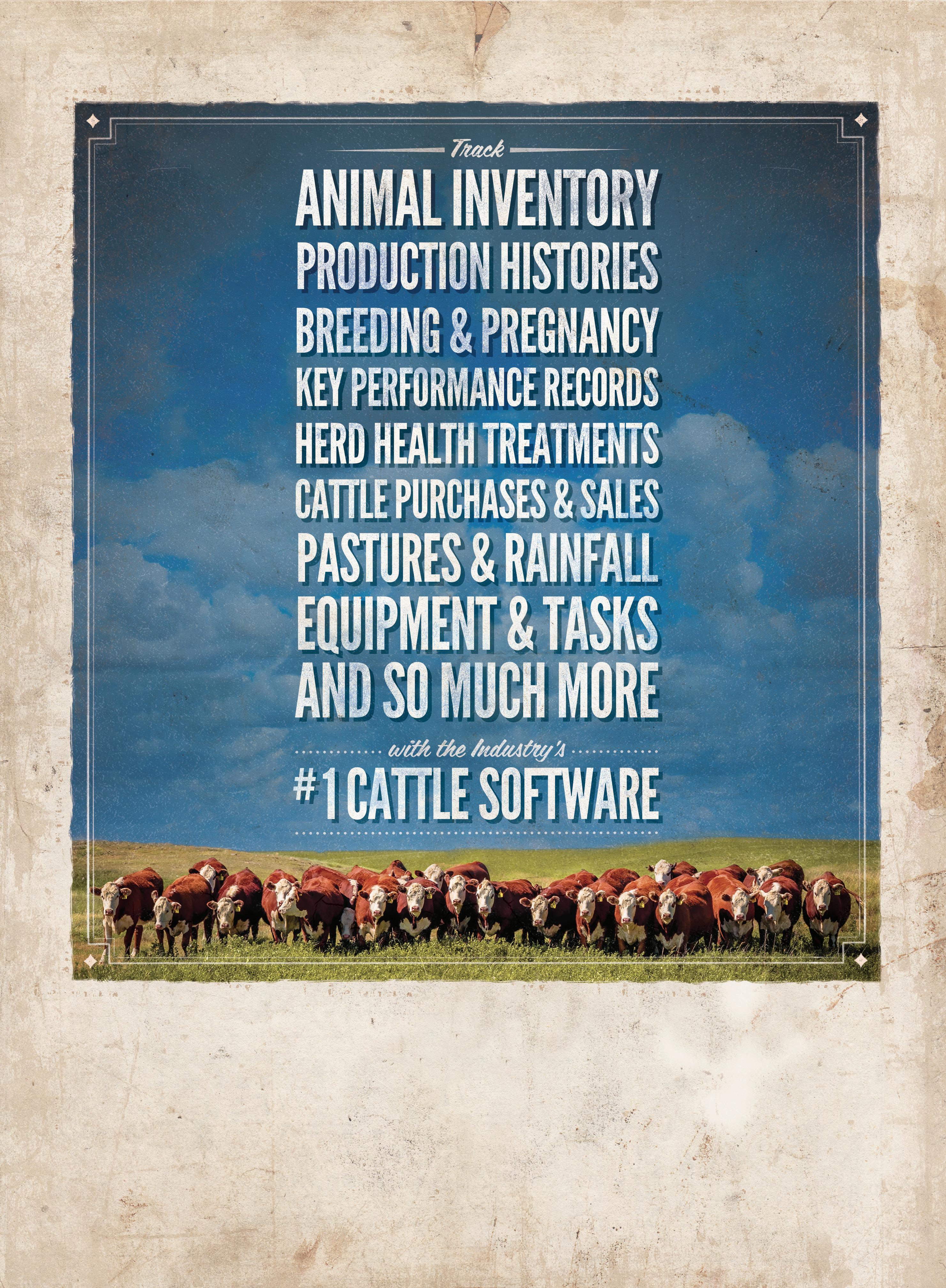
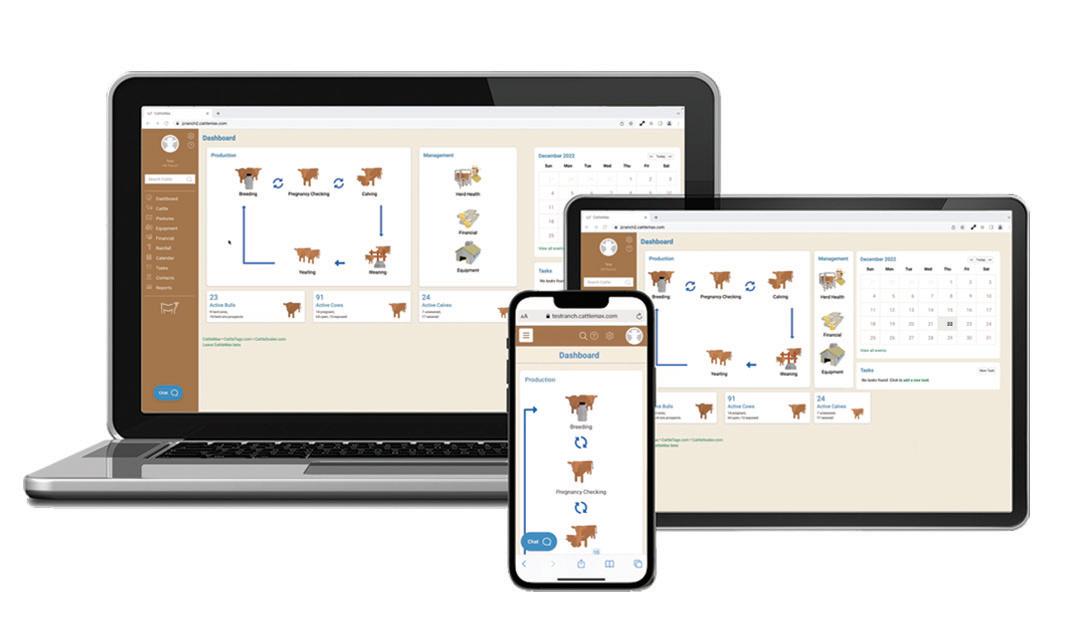
Steers missing in Beaver County, Oklahoma.
Texas & Southwestern Cattle Raisers Association
Special Ranger Lynn Mays reports eight black and black baldy steers stolen from a property one mile north of the Texas-Oklahoma line on State Highway 23 in Beaver County, Oklahoma. The steers weigh approximately 920 pounds, have “CD” branded on their right hip and different-colored ear tags with the owner’s brand, name and phone number. They were stolen between April 22-26. Anyone with information on this case is urged to contact Mays at 806-683-8320.
Bred heifers missing in Cochran County.
Texas & Southwestern Cattle Raisers Association
Special Ranger Michael Looney reports 14 head of black heifers missing from a property off County Road 235 east of Morton. Eleven heifers have a “Rafter D” branded on their left hip and a swallow fork notch in their left ear. Two black heifers have “4A” branded on their left hip. One heifer has a “Lazy P” branded on her left hip and a swallow fork notch in her left ear. The heifers were last accounted for December 2024 and discovered missing January 2025. Anyone with information on this case is urged to contact Looney at 806-778-2585.
Cattle missing in McCurtain County, Oklahoma.
Texas & Southwestern Cattle Raisers Association
Special Ranger Bo Fox reports 20-23 head of Longhorn-influenced cattle missing from a pasture located off Whippoorwill Road near the Millerton community in McCurtain County, Oklahoma. The cattle are mixed in color and some are cow-calf pairs. A black-and-white cow has a “bar H” brand on her left hip. A yellow-and-white, Longhorn-influenced bull has a “T” branded on his left side. The cattle were discovered missing on May 7. Anyone with information on this case is urged to contact Fox at 903-348-9638.
Cattle missing in Houston County.
Texas & Southwestern Cattle Raisers Association
Special Ranger Darrel Bobbitt reports five black cows missing from a pasture in Crockett. The cows have a “WP” branded on their left sides and two ear notches. They were last seen at the end of April. Anyone with information on this case is urged to contact Bobbitt at 936-222-2144.
Black Angus cows missing in Irion County.
Texas & Southwestern Cattle Raisers Association
Special Ranger H.D. Brittain reports five black Angus cow-calf pairs missing from a property off County Road 1884 in Lowake. The cows have “LE” branded on their left side and were last accounted for August 2024. Anyone with information on this case is urged to contact Brittain at 325-340-2268.
Cattle missing in Guadalupe County.
Texas & Southwestern Cattle Raisers Association
Special Ranger Robert Fields reports a black Wagyu bull and cow-calf pair missing from a property off Highway 90 in Kingsbury. The bull is five to six years old with a “dragging C” over 42H branded on his left hip, and an ear tag and tattoo in his left ear with 42H. The three-year-old cow has a “dragging C” branded on her left hip and 227 on left side. The calf was a newborn at the time of disappearance. Cattle were last seen May 1. Anyone with information on this case is urged to contact Fields at 361-207-5207.
Seven red Beefmaster cows missing in Starr County.
Texas & Southwestern Cattle Raisers Association
Special Ranger Joe Aguilar Jr. reports seven red Beefmaster cows missing from a property off Valero Road in Delmita. The cows have white on their foreheads and were last seen in late March.
Two bull calves missing in Starr County.
Aguilar also reports two bull calves missing from a property north of FM 1017 in San Isidro. The calves are white with brown spots and were discovered missing April 20. Anyone with information on these cases is urged to contact Aguilar at 956-513-0297. T C
TSCRA offers a cash reward for information leading to the arrest and/or grand jury indictment of individuals for theft of livestock or related property. Anonymity is guaranteed. To provide information, call the Operation Cow Thief tip line at 817-916-1775.
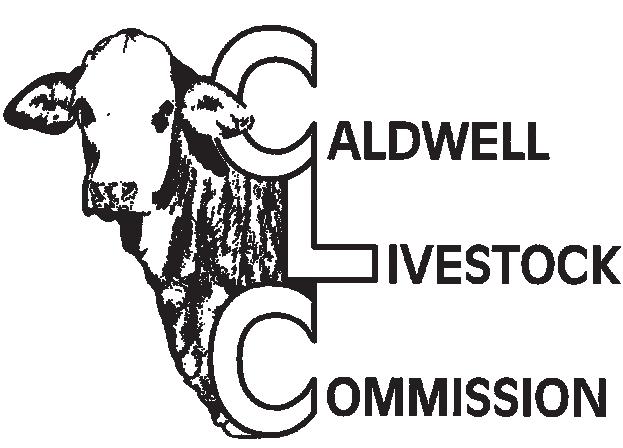


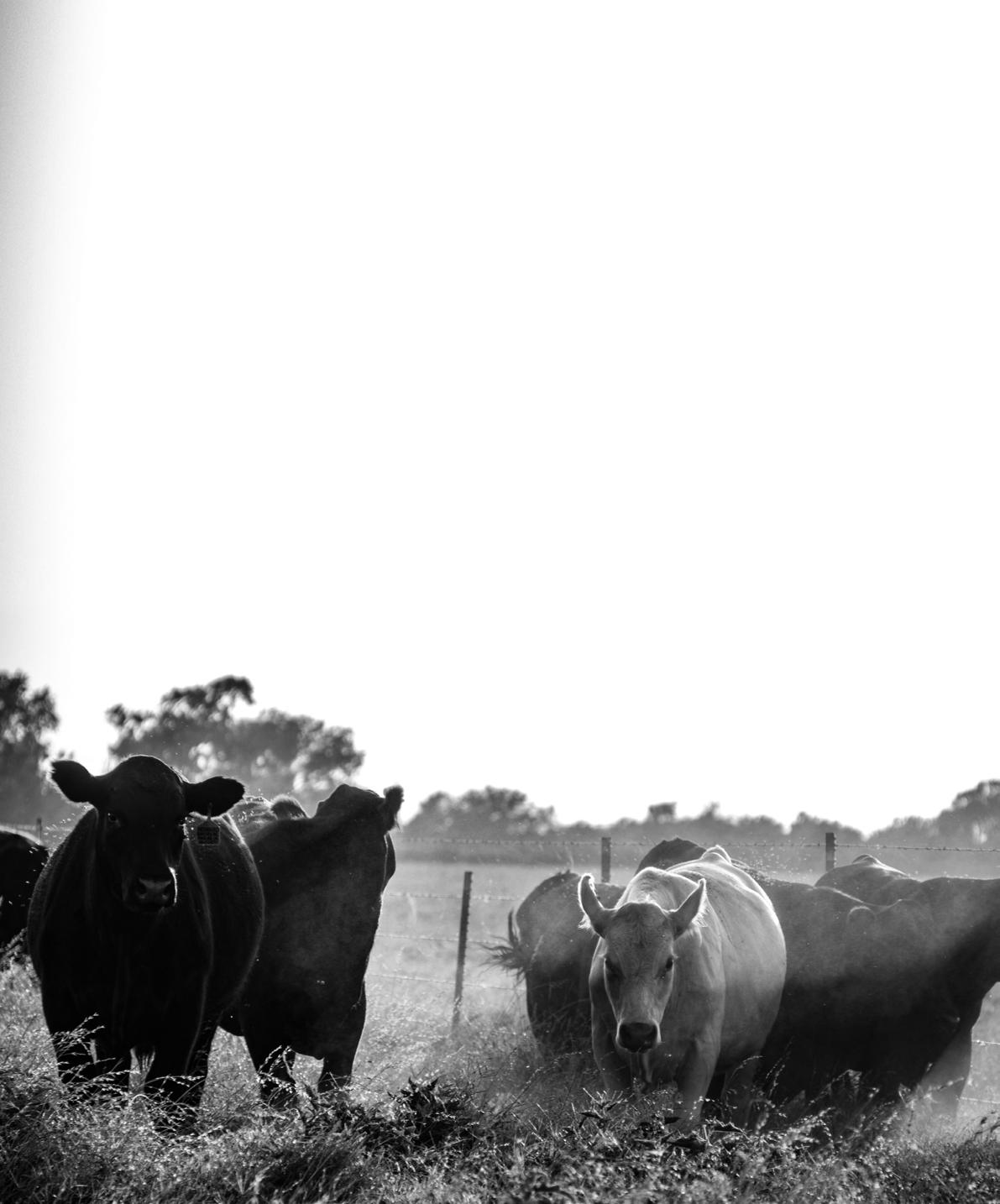
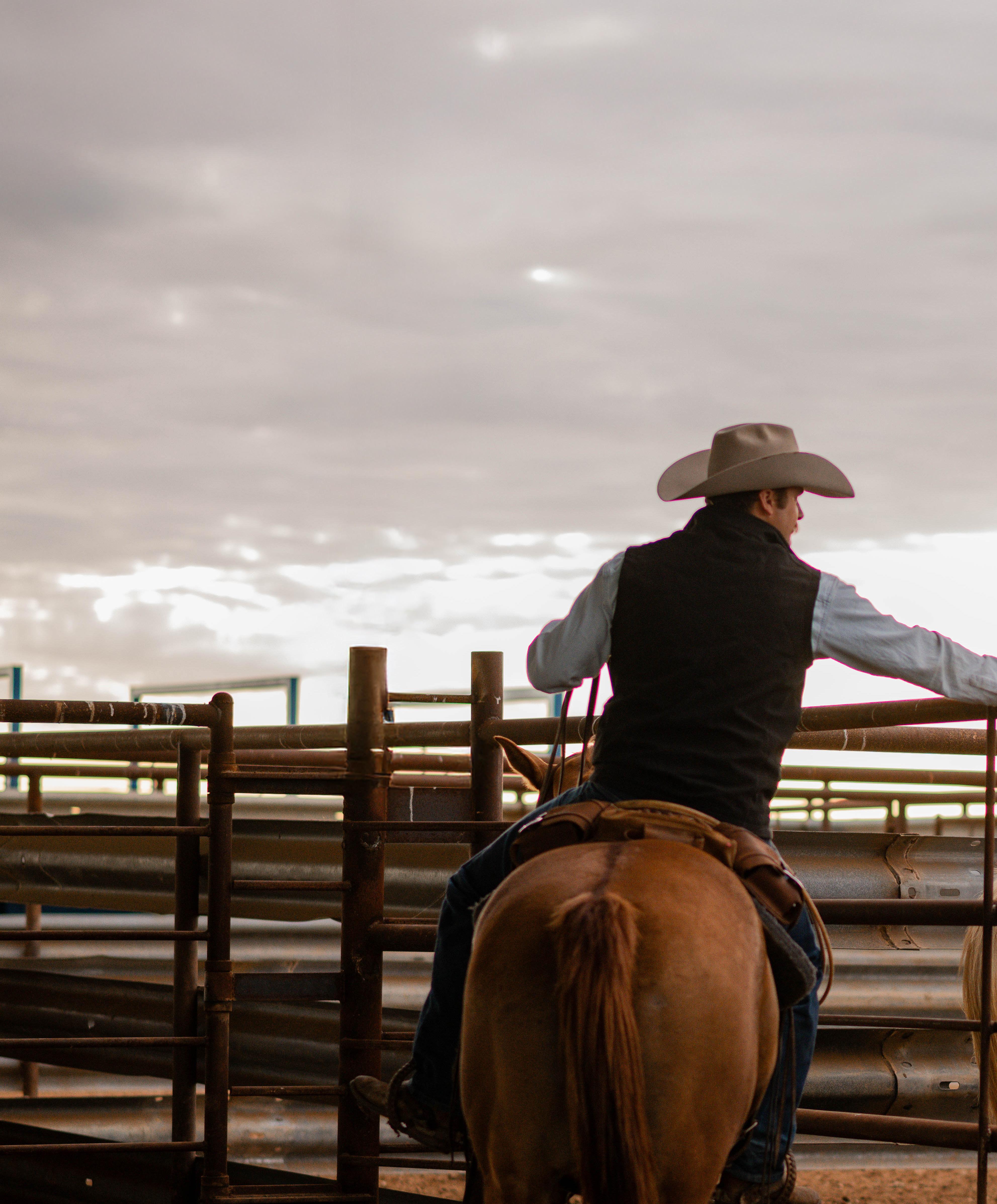
Texas A&M AgriLife expert explains the importance of making forage the main source of ranch horse nutrition.
By Alex Cozzitorto
For ranch horses, a forage-based diet is not just a recommendation; it’s essential for their health, energy and overall performance. Understanding their unique digestive system helps highlight why forage is a critical component of their diet.
Working ranch horses play a vital role in daily ranch operations, and their ability to execute these tasks effectively relies heavily on their overall health, which begins with fueling their bodies to perform optimally.
Whether it’s checking fence lines, herding cattle or rotating pastures, these tasks demand a steady supply of energy for ranch horses. Forage provides the nutrients that help sustain energy levels throughout the day. The slow fermentation process in the hindgut allows for a gradual release of energy.
A consistent supply of quality forage also supports gut health, reducing the risk of colic and ulcers common in performance horses.
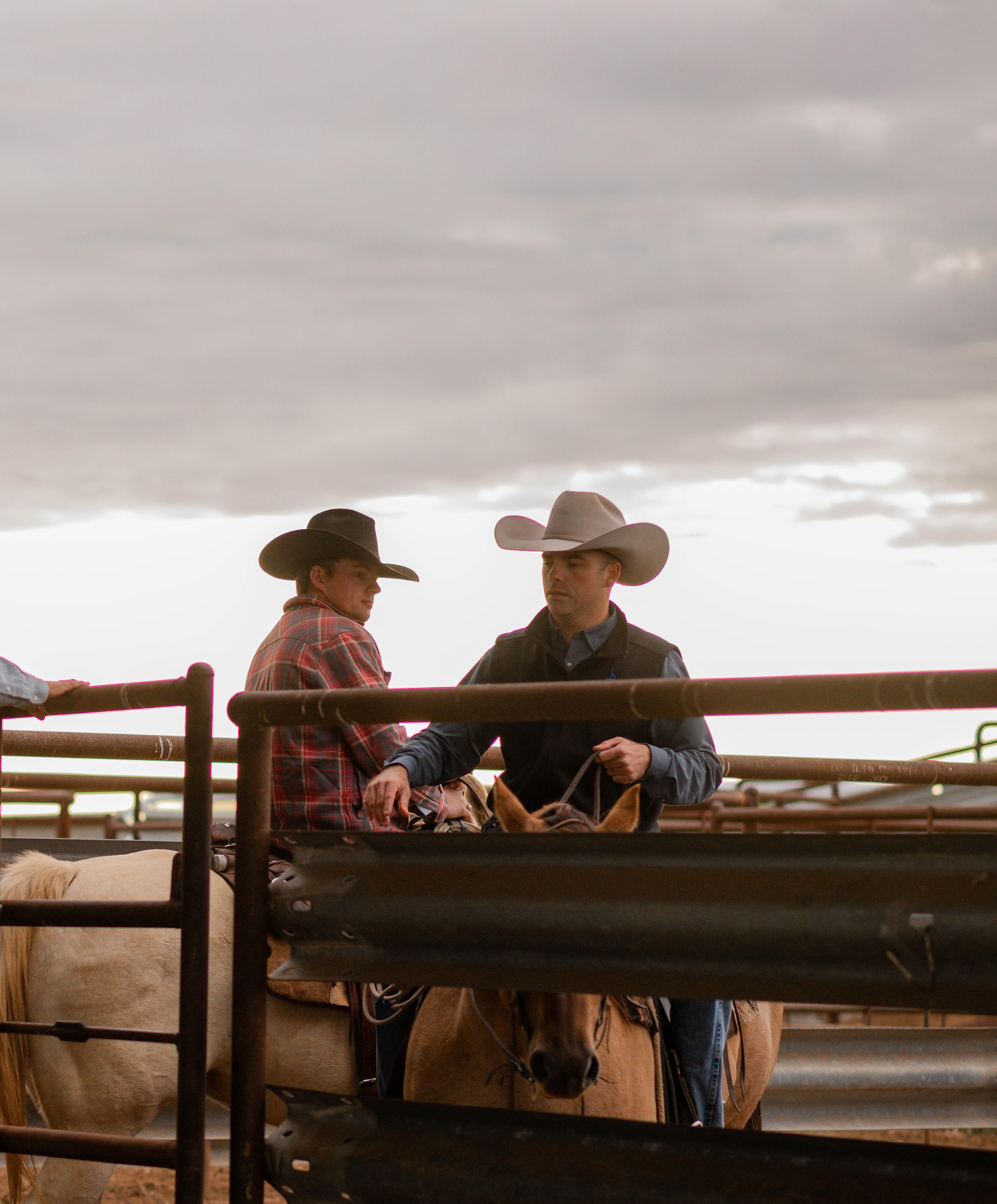
by Katie Barnett
“The horse is an amazing athlete and is uniquely designed to perform the diverse set of tasks required on the ranch,” said Jennifer Zoller, Ph.D., Texas A&M AgriLife Extension Service horse specialist and associate professor in the Texas A&M department of animal science in Bryan-College Station.
“Thankfully their digestive system is built to help them survive and thrive on a natural foragebased diet; supplementation with concentrates is not always necessary,” Zoller said.
A diet high in forage can help prevent guthealth issues in horses. When ranch horses graze forage, they consistently have something in their stomach to absorb naturally produced stomach acid. Horses that are not provided a minimum of 1% of their body weight in forage can have a diminished buffer, which can lead to painful gastric ulcers.
A horse’s teeth grow continuously throughout its lifetime, and the grinding motion of chewing helps maintain an even wear pattern. However, if a horse doesn’t receive enough long-stem roughage, its teeth may develop hooks and points due to uneven wear, leading to painful dental issues later in life.
Long-stem roughage also has a scratch factor that can aid in the overall digestive health of the horse. As the roughage passes through the tract, the rigid structure of the forage can gently scratch the intestinal lining to slough off old cells and promote the generation of new, healthy cells.
Horses are nonruminant herbivores, designed to graze steadily throughout the day. Their small stomachs mean they can only consume small amounts of feed at a time, which is why a diet rich in forage is ideal, Zoller said.
When horses ingest forage, it enters the stomach, where gastric acids begin the digestion process. This acidic environment prepares the forage for further digestion.
The partially digested forage then moves to the small intestine, where enzymatic digestion occurs. This process breaks down complex carbohydrates into simple sugars. Additionally,
“Forage should be the cornerstone of a working ranch horse’s diet, and in many cases can provide a balanced intake of nutrients to promote the overall health and longevity of your ranching partners,” said Jennifer Zoller, Ph.D., Texas A&M AgriLife.
Photo by Katie Barnett.
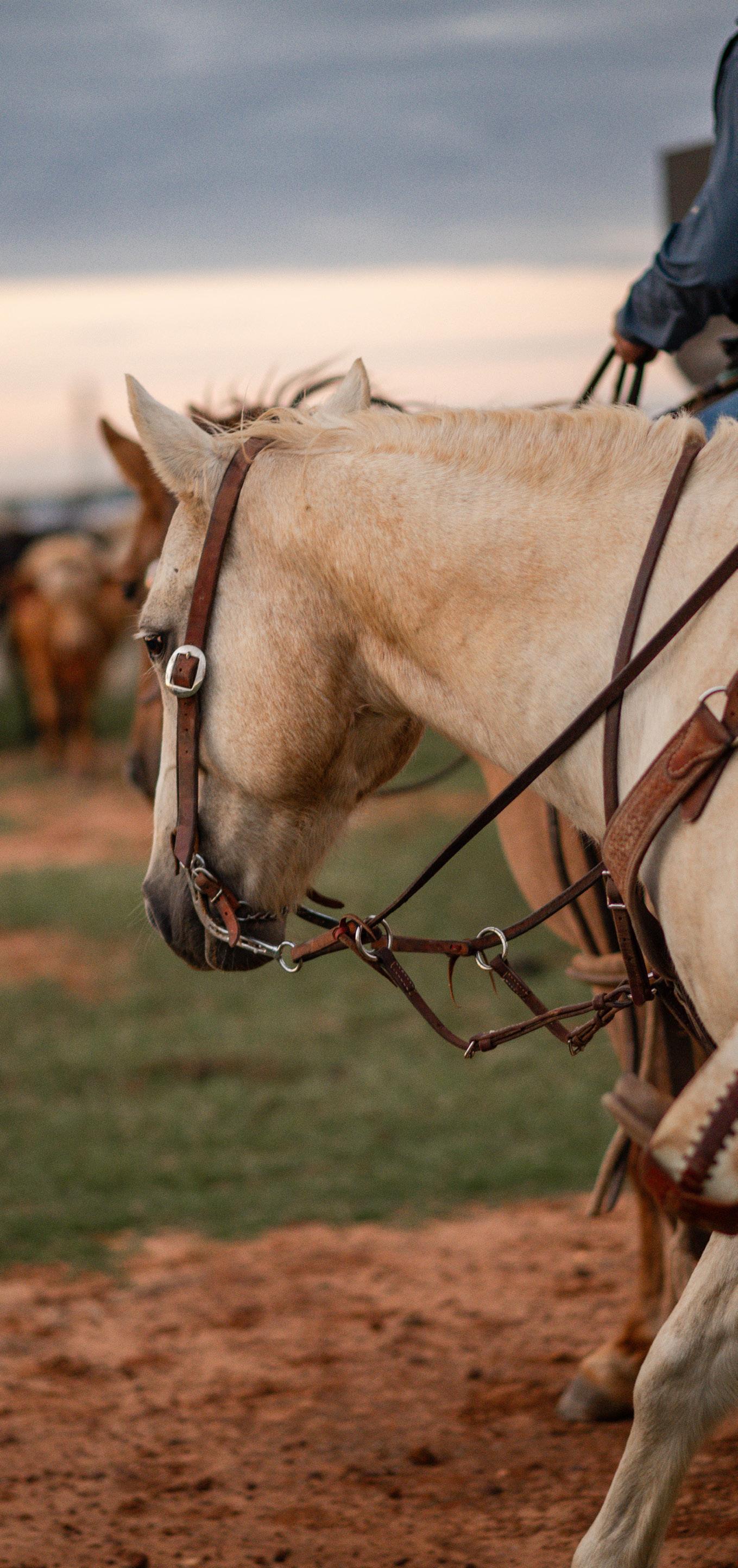

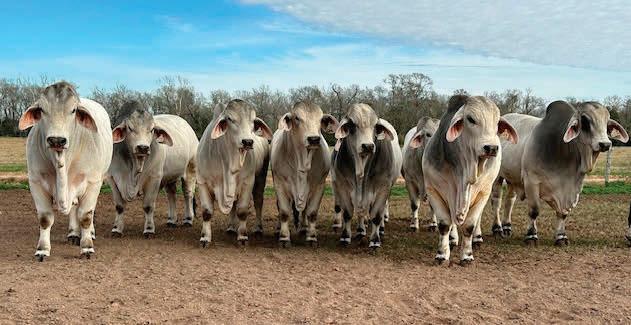



fats and proteins are also simplified and absorbed into the bloodstream.
Any forage that isn’t fully digested in the small intestine proceeds to the hindgut for complex fermentation to take place, allowing for the breakdown of fibrous materials. The horse absorbs the volatile fatty acids produced during this fermentation, which can serve as a significant and sustaining energy source.
Horses may require additional energy if their workload demands it, and the easiest way to know if supplementation is necessary is to monitor their body condition score, Zoller said. The body condition score is a subjective assessment of fat coverage and overall condition.
Depending on the quality of forage available and the horse’s specific energy demands, some ranchers will choose to supplement with grains or commercial feeds.
These supplements can help fill nutritional gaps and support performance when forage alone isn’t enough.
“The hardest part of supplementing your horse is choosing what source of supplement you’re going to use,” Zoller said.
There are many national and local brands of feed suppliers that can all provide quality supplementation to horses. When choosing which supplement to feed ranch horses, it’s crucial to select one that best fits the class of the horse, and then feed the supplement as directed on the tag.
“Forage should be the cornerstone of a working ranch horse’s diet,” Zoller said, “and in many cases can provide a balanced intake of nutrients to promote the overall health and longevity of your ranching partners.” T C
Alex Cozzitorto is program coordinator for the Texas A&M Institute for Equine Sciences.


A passion for raising cattle starts early. And so should the protection. Treat your pastures with Corteva Agriscience™ herbicides to knock down weeds and brush so your cattle can graze healthier and happier. It’s better for your herd, better for the land and better for your business. And by creating more sustainable acres, you’ll be protecting your passion for this work for generations to come. Find the latest innovations to help you at RangeAndPasture.com .
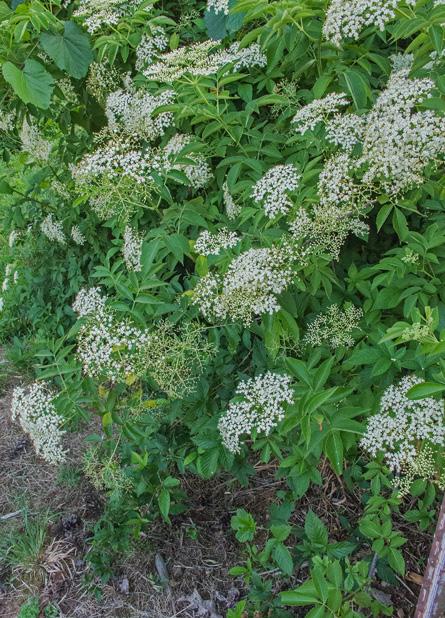
By Kent Ferguson
American elderberry is a warm-season perennial, native shrub found throughout the southern U.S. Also known as Common elderberry, Black elderberry and Mexican elderberry, it can be found growing along riverbanks, streams and riparian areas in bottomlands. It will tolerate shady areas under the canopy or full sun.
The plant:
• Is commonly a multi-stemmed shrub about 8 to 10 feet tall but can grow higher if not browsed.
• Spreads by seed, stolons and rhizomes.
• Has thin bark covering a white pith and smooth, angular or grooved stems. New growth is red and turns gray as it matures.
• Produces white flowers, with five petals up to a quarter-inch wide on short tubes, on the ends of the stem in large clusters with convex or flattened inflorescences.
• Has opposite leaves up to 12 inches long, oddpinnately compound with 5 to 11 leaflets, which are 1-2 inches wide and up to 6 inches long. Leaves are broadly lanceolate, with rounded or pointed tips and sharply toothed. The upper side is bright green
and smooth, while underneath is dull green with thin or dense hairs.
• Produces grape-like shiny berries from the flowers that are about 1/8 inch in diameter and black or deep purple. Each seed will have about 3-4 small rough seeds.
American elderberry is suitable browse for whitetailed deer, cattle and goats. Crude protein can be high in the leaves, stems and fruit. Several species of birds eat the seeds.
Known to be used by Native Americans for help with toothaches, the ripe fruit can be made into jellies and wine. But it is important to note that the unripe fruit, stems, leaves and roots can be poisonous to humans.
American elderberry has the potential to be beneficial in pastures, although years of overgrazing has eliminated it from most ranges. Proper grazing management can keep this plant healthy and productive for future generations to enjoy. T C
Kent Ferguson, a retired rangeland management specialist from the USDA Natural Resources Conservation Service, provides plant identification photo stories to help ranchers
AND THE PEOPLE WHO PROTECT IT
To support the TSCRA Special Ranger Foundation, visit tscra.org/foundations or mail a donation to: P.O. Box 101988 Fort Worth, TX 76185.
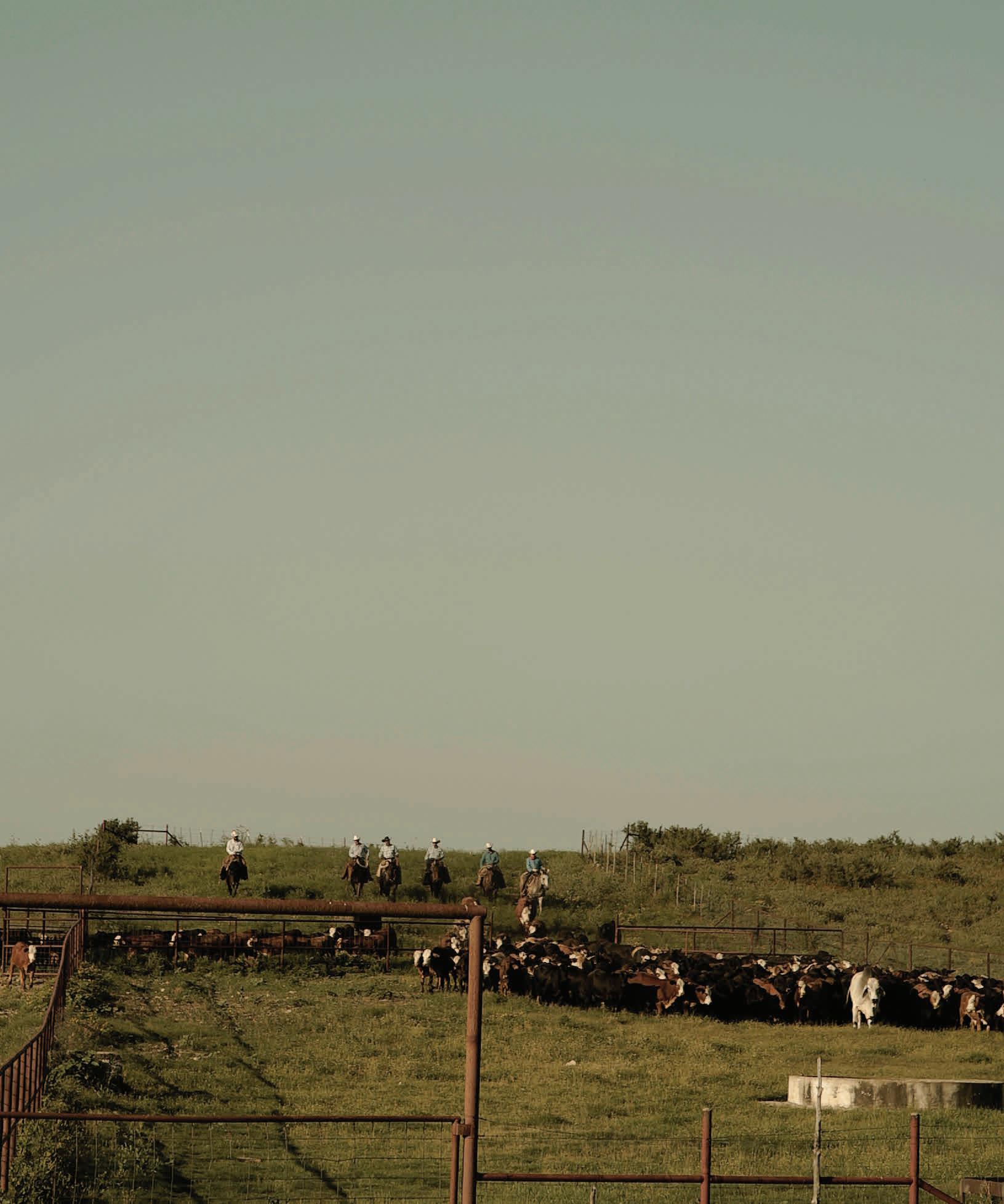
Commissioned by the Texas DPS as Special Rangers and commissioned by the Oklahoma State Bureau of Investigations as Rangers. Copyright 2025, TSCRA.
Nitrogen, phosphorus and potassium — also referred to as N, P and K — are the primary nutrients plants need for growth. However, grasses require much more nitrogen and potassium than phosphorus.
In fact, very little phosphorus is removed by cattle grazing. While more phosphorus is removed with a hay crop, the amount is still relatively small compared to nitrogen or potassium.
From both an economic and environmental stewardship perspective, phosphorus should not be applied to pastures or hay fields without a soil test. A recent soil test, taken within a few years’ time, is generally sufficient to establish whether or not phosphorus should be applied. T C
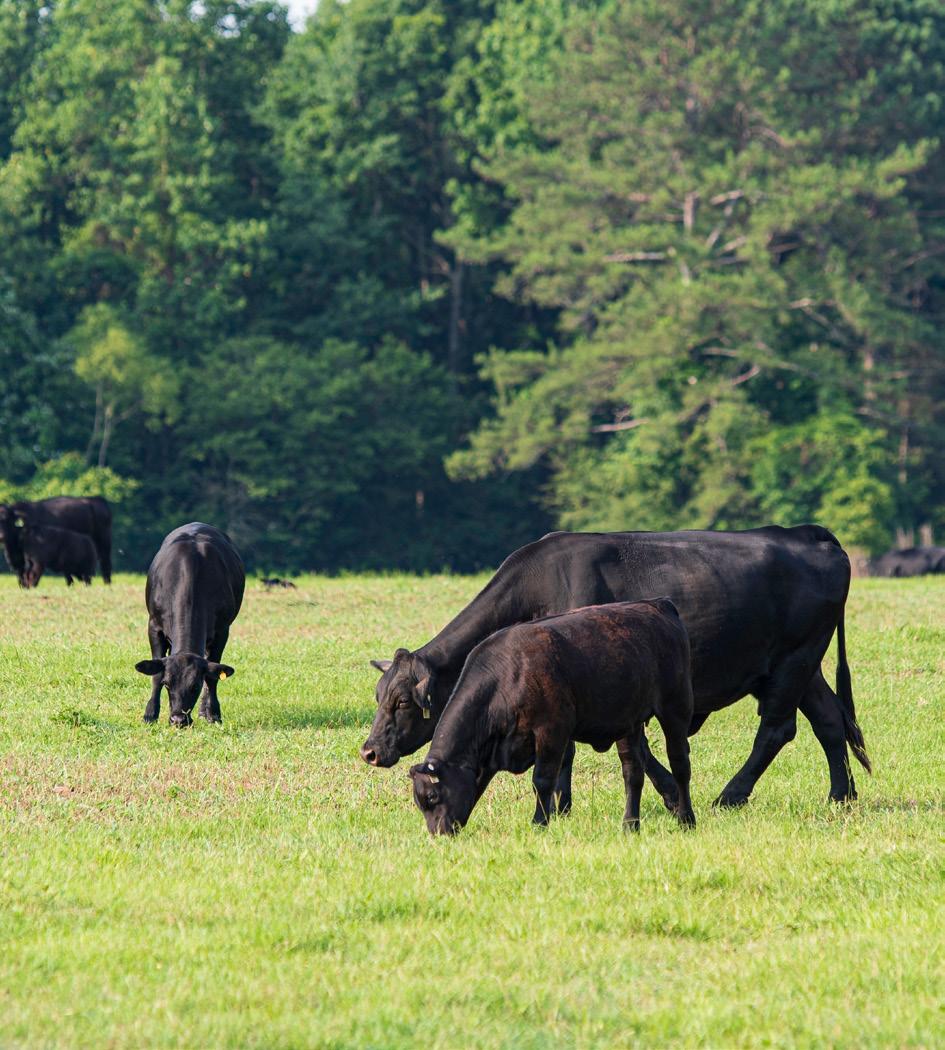
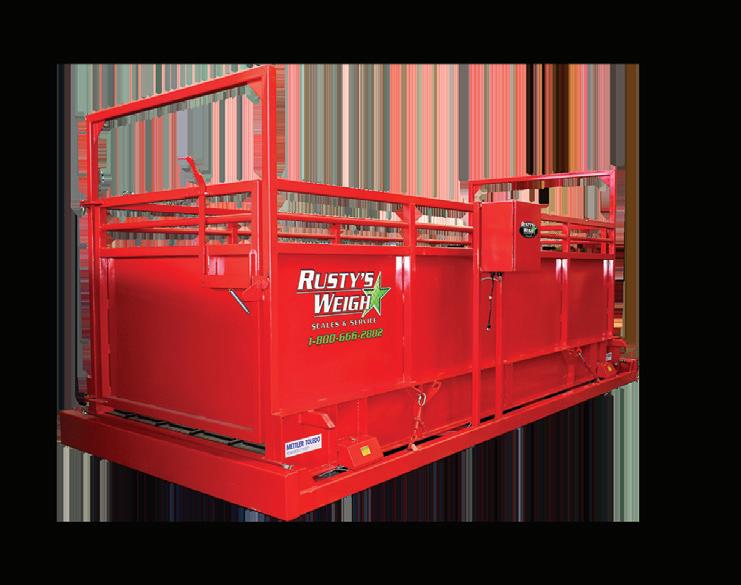













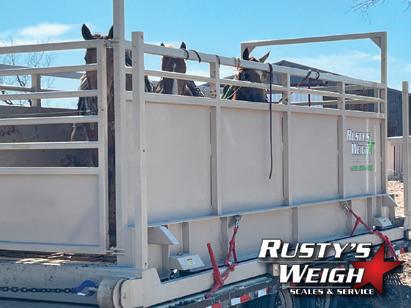

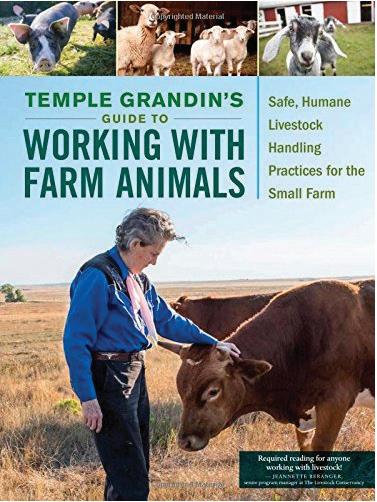
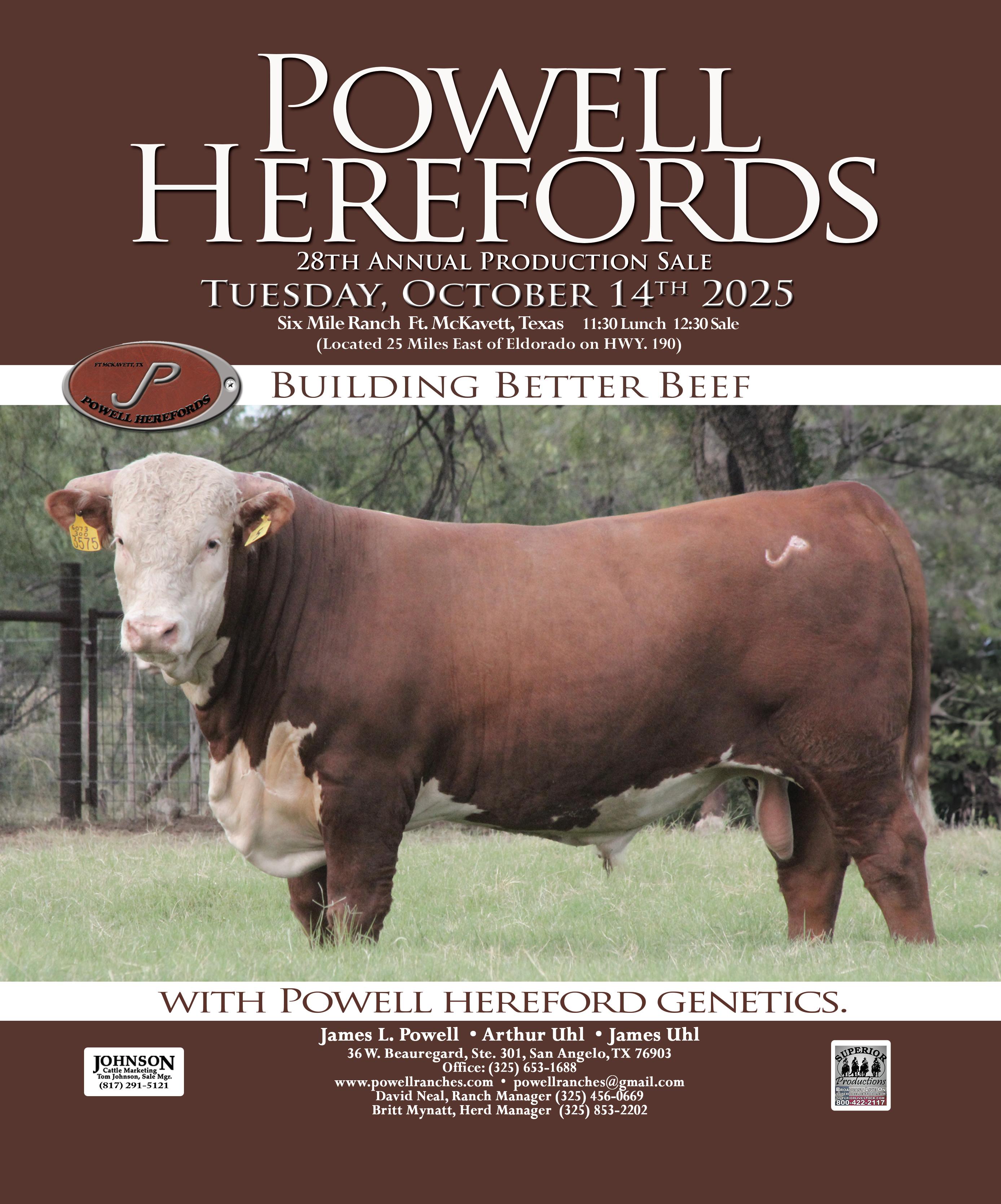
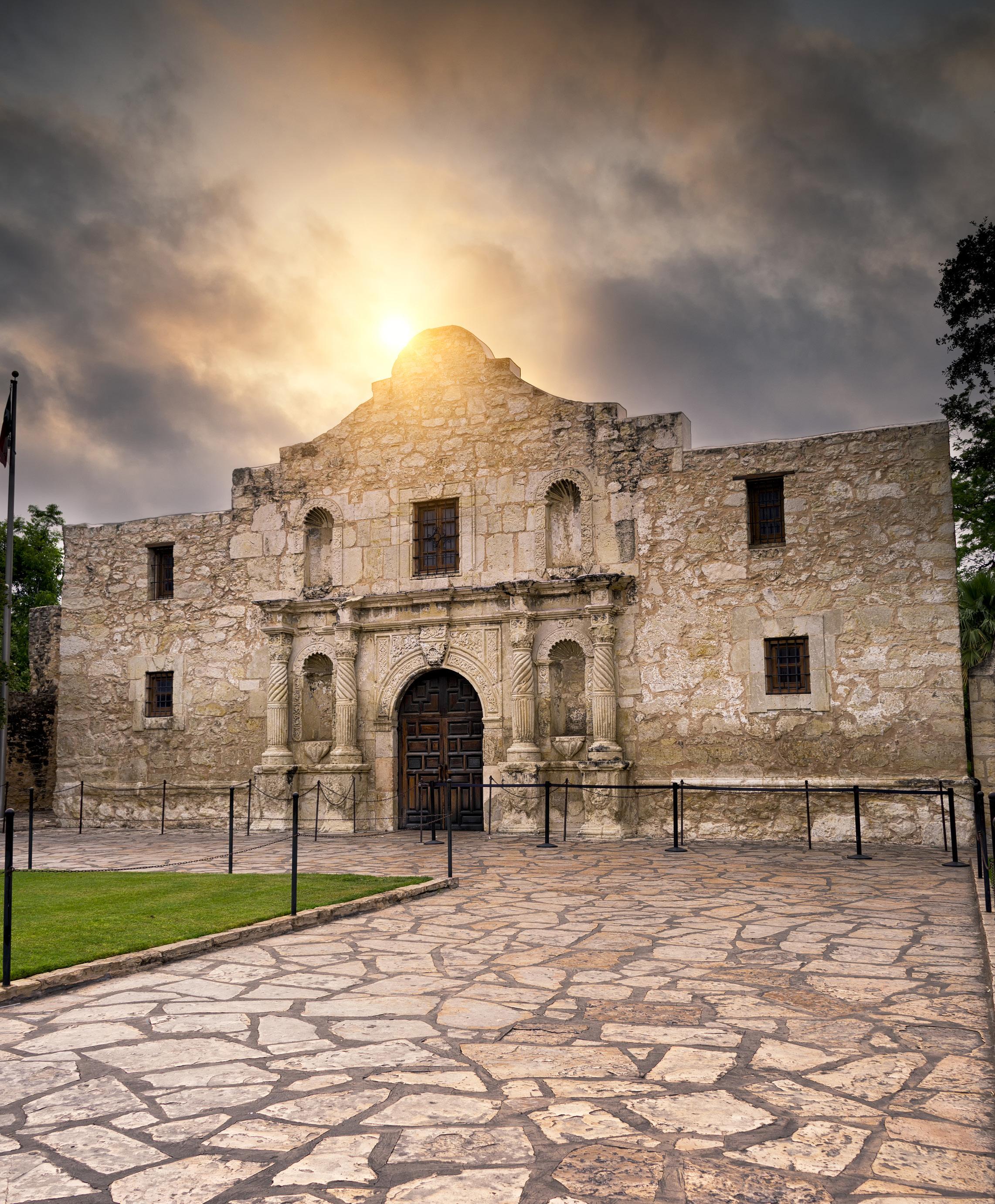
Honoring the spirit of the Alamo.
By Jaclyn Roberts Parrish
Cattle ranching runs deep in the roots of Texas history. It is as iconic as some of the state’s most historic landmarks, including the Alamo.
“We think that the Alamo is really the birthplace of the Texas identity,” said Kate Rogers, Ed.D., executive director of the Alamo Trust, who joined a recent episode of TSCRA Talk with host Kristen Brown.
Rogers explained how the Texas rancher — whose identity is fiercely independent and tenacious — is embodied in the spirit of the Alamo and the people who defended it. Cattle raisers were among those on the front lines, creating history and setting the stage for modern-day ranching as we know it.
To Rogers, the Battle of the Alamo in 1836, which is a core milestone in Texas history, demonstrates resilience and the importance of freedom for the Alamo Defenders, many of whom were cattle ranchers themselves. She observes these same characteristics in today’s Texas cattle raisers.
Spanish exploration of Texas began in the 1500s. Mission San Antonio de Valero, known today as the Alamo, was founded in 1718 by Spanish missionaries, marking a significant development in the region’s history.
“It was originally founded along the shores of San Pedro Creek,” said Rogers, explaining that the Alamo’s current location is the third for the mission, which was moved twice due to flooding.
“They moved to the current site in 1724,” Rogers said. “Last year, 2024, marked the 300th anniversary of the founding of the mission in its current location.”
In the 16th and 17th centuries, Spanish settlers introduced cattle and horses to the region.
“Many of those original settlers, the families who were in close proximity to what we know as downtown San Antonio today, made a living through cattle ranching,” Rogers said.
Cattle were raised around the Alamo, and the land surrounding the mission was worked by early vaqueros — the original cowboys. Rogers pointed to Bernardo Galvez, who is the namesake of the city of Galveston, as an early explorer who helped introduce cattle to other parts of the U.S.
“The first cattle drive that we know of in Texas was actually led by [Galvez] when he took cattle, probably hundreds of head of cattle, from the San Antonio mission to Louisiana to support the troops during the American Revolution in the late 1700s,” she said.
The Alamo remained a core figure in history after Mexico gained independence from Spain in 1821. Cattle continued to be ingrained in the region’s economy, thriving in the San Antonio area.
In the early 1830s, when tensions between Mexico and the settlers began to rise, farmers and ranchers joined forces to fight for the land, utilizing the Alamo as a base.
The Alamo had transitioned to a military post after the war and would become a central point of the Texas Revolution. In 1836, as Mexican forces advanced on San Antonio, the Alamo was occupied by roughly 200 settlers defending the land. Among them were landowners, farmers and ranchers who fought to preserve not only their homes, but their way of life.
One of those defenders was William B. Travis, commander of the Alamo garrison. In the early days of the siege, Travis reportedly traded for approximately 30 head of cattle from local ranchers to help feed the men inside the fort, further cementing the role of livestock in the site’s history.
On Feb. 24, 1836, Travis penned a passionate letter addressed “To the People of Texas and All Americans in the World.” In it, he pleaded for reinforcements and vowed to fight to the end. His words — “I shall never surrender or retreat … Victory or Death” — would become a rallying cry for the revolution and a defining moment of Texas identity.
Rogers explained that the impression of the Alamo in the U.S. cattle industry continued as it became an outpost for westward expansion after Texas gained independence.
“The Alamo Church was used as an outpost for westward expansion,” she said. “It was a depot for goods and supplies that were, of course, driven by cattle and by wagon to the West from San Antonio.”
Today, the Alamo serves as a lens to the importance of the cattle industry decades ago.
“Our goal is to help people understand the full scale of the compound — not just the iconic church, but everything around it,” Rogers said. “Cattle would’ve been raised, fed and sheltered behind those walls.”
To honor the spirit of the Alamo and the rich history of Texas, the Alamo Trust launched the Alamo Statewide Stampede, a fundraising effort to advance a comprehensive Alamo Plan, helping to preserve the 300-year-old church and long barrack, recapture the original mission site and battlefield footprint, and create a new, world-class visitor center and museum.
The campaign was officially announced Feb. 24, 2025, on the anniversary of Travis’ legendary letter.
Chaired by longtime Texas & Southwestern Cattle Raisers Association supporter Red Steagall, the campaign kicked off March 29 with Saddle Up! An Evening at the Alamo. It aims to engage each of the 254 counties in Texas, accepting both financial contributions and inviting ranchers to donate livestock to support the Alamo.
“All you have to do is to take the animal to the sale barn that you normally do business with and ask them to direct the proceeds to the Remember the Alamo
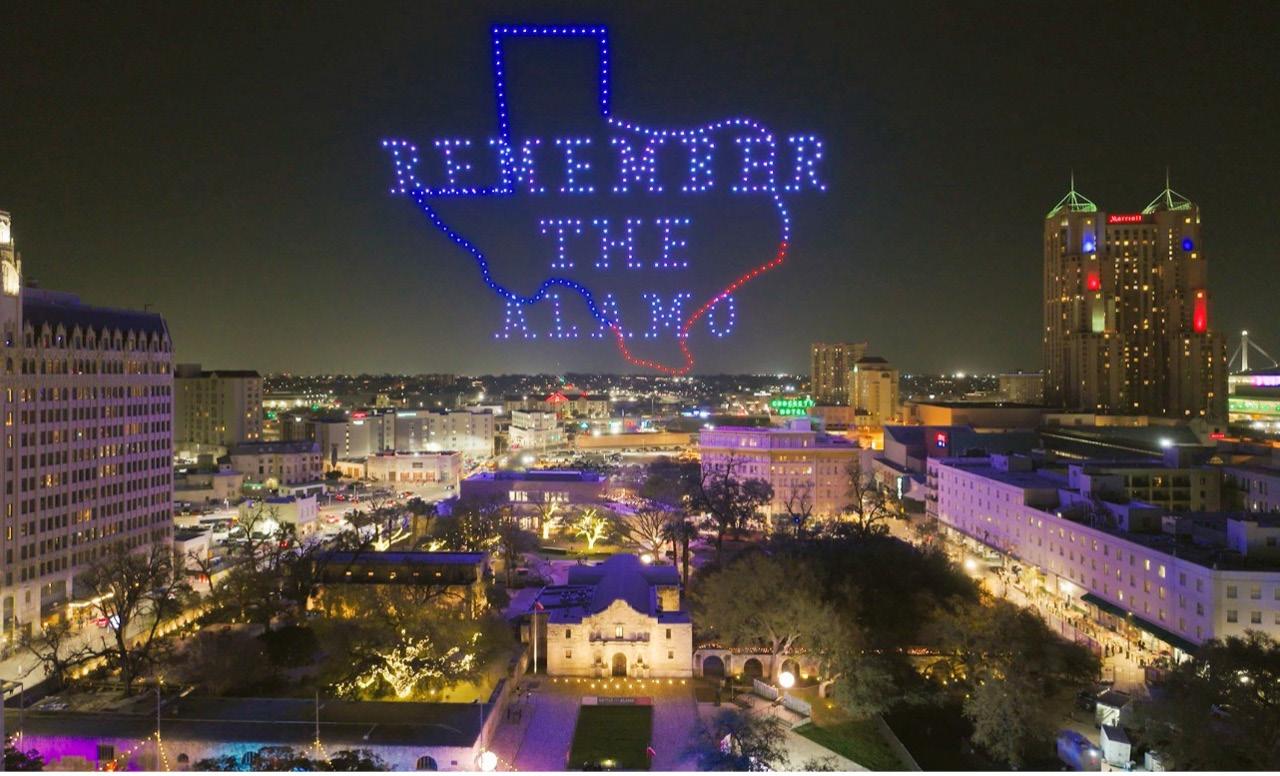
Foundation,” Rogers said. “We think it’s a fun, exciting and unique way to call on all Texans everywhere to, once again, come to the aid of the Alamo.”
Rogers explained that even just a portion of the proceeds from a sale barn can be donated to the cause.
With the campaign running through November, cattle raisers across Texas can support the Alamo’s legacy in a meaningful way — honoring history while investing in the future of the state.
To donate through the Alamo Statewide Stampede campaign, visit thealamo.org/livestock. T C

Deep Aquatic Technology locates supplemental sources of groundwater using advanced technologies to achieve near 100% accurac y compared to the industr y average of 30-40%.
Stop drilling expensive “dr y holes” and get the abundant fresh water you need.
• Improve Your Economic Security
• Increase Proper ty Value
• Increase Yields
• Gain Peace of Mind

“If anyone questions this new technology in locating water, don’t! My personal experience has been ver y satisfying and the process of locating water on my proper ty eliminated all my concerns of a “dr y hole” drilled and spending an enormous amount of money just to have a “dr y hole” on my proper ty. To know prior to drilling, that you will nd water with 99% certainty is very comforting.” — BP (5-20-24)
Protect your livelihood— nding high- quality groundwater is a science, not an ar t. We implement e ective water & food security solutions. Our “Deep Seated Water” technology is location new water sources on arid lands. We employ the latest geospatial analysis and on-site instrumentation to locate hidden sources of uncontaminated fresh water. Over 1,500 wells have been drilled using these technologies.



TSCRA Director Kelley Sullivan Georgiades is rooted in ranching and driven by connection.
By Diane Meyer
Kelley Sullivan Georgiades took a seat in Houston’s George Bush Intercontinental Airport, waiting for her flight while on assignment for Texas Beef Council. Two ladies took a seat beside her, waiting for their next flight home to New York.
“What do you do?” one of them asked her.
“I’m in the cattle business,” Kelley answered.
“Well, you’re talking to two devout vegans,” the other lady laughed.
At this point, many livestock raisers would have respectfully exited the conversation. But not Kelley.
“Let me ask you,” she asked, “are you a vegan because you don’t care for beef as a protein source? Or are you vegans because of your love for animals?”
They were huge animal lovers.
“How many people do you know in the cattle business?” Kelley pressed on.
None.
So Kelley committed to the conversation. “What would you like to know about what I do every day? Ask me anything.”
For the next 45 minutes, she answered all their questions — from cattle handling techniques and vaccination protocols to animal well-being and beef’s nutritional value. When it was time to part ways, one woman said, “We don’t know that we’re ever going to eat beef, but now we don’t feel so badly about it.”
That was all Kelley needed to hear to consider their interaction a success. As a fifth-generation cattlewoman, she is passionate about being a window into agriculture for those without a generational tie to the land. That same mindset has guided her leadership and service throughout the industry — including her role on the Texas & Southwestern Cattle Raisers Association board of directors.
Growing up on Galveston Island’s west end, Kelley says she spent her childhood as her “Papa’s little buddy,” tagging along on every cattle-related chore with her grandfather, John R.A. Sullivan. Orphaned and taken in by a German dairy family as a child, Sullivan cowboyed his whole life, managing coastal grazing operations for
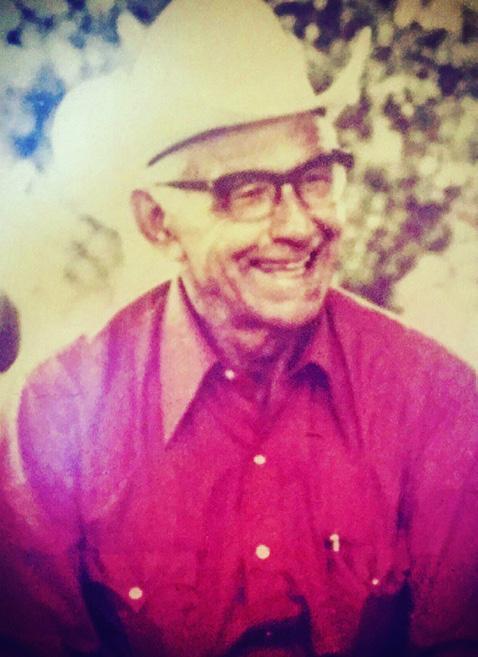

Director Kelley Sullivan Georgiades,
says she gained her love of the cattle business from her grandfather, John R.A. Sullivan, pictured left.
families whose herds were shipped to destinations like Cuba and the Dominican Republic. Kelley recalls tales of him driving cattle along the beach straight into the port of Galveston.

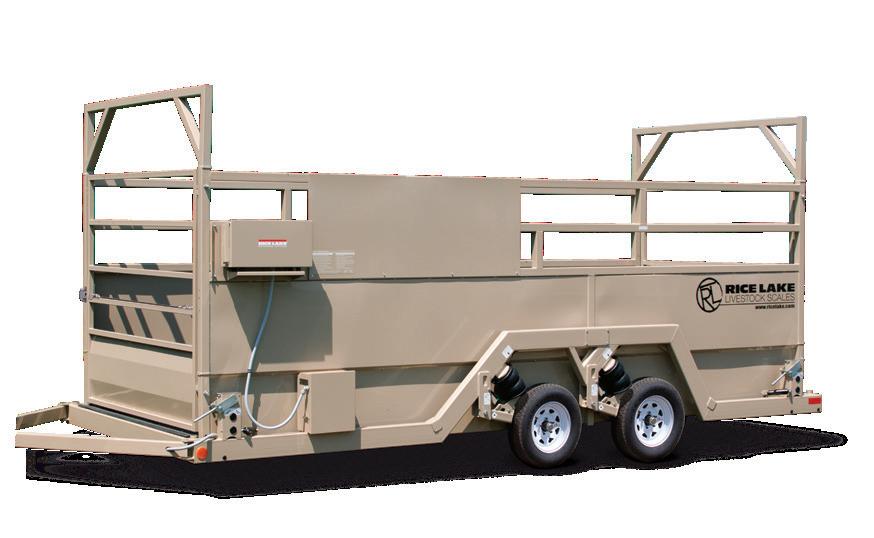
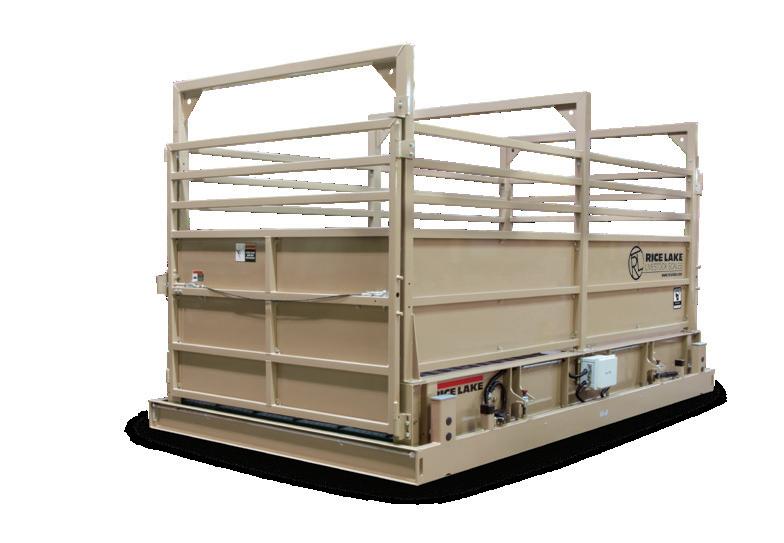
Phone: 806-655-3033 • 325-554-7434
Cell: 806-683-4613
steve@expressscale. com www.expressscale.com

“That’s what instilled my passion for the cattle business,” she says. “It never left me.”
As the next generation took over, Kelley’s family relocated their cattle operations inland, eventually purchasing land in Grimes County while she was attending Texas A&M University. There, they established Santa Rosa Ranch, which grew to become the largest registered Brangus and Ultrablack seedstock operation in the country. Alongside her brothers, Kelley played an instrumental role in its growth, integrating advanced reproductive technologies.
In 2021, the family sold the registered herd and transitioned to running a commercial cow-calf operation. Today, Kelley and her husband, George, manage GKG Land & Cattle near Millican.
Though Kelley initially earned a liberal arts degree with a minor in journalism and marketing, her love for agriculture remained constant. At 41, she made a life-changing decision to enroll in Texas Christian University’s Ranch Management Program. “It was probably one of the most pivotal years of my entire life,” she says. “I decided it was now or never if I wanted to truly focus on our operation.”
After TCU, Kelley furthered her leadership training through the Texas Agricultural Lifetime Leadership program. These experiences opened her eyes to the importance of agricultural advocacy — particularly with policymakers.
“Many legislators don’t have a tie to agriculture,” she says. “It’s not their fault — they just don’t have a full understanding of the impact and the challenges that we face, and what it takes to bring food to our tables. So, I realized I could help make it relatable.”
Whether in an airport terminal or the Texas Capitol, Kelley uses every opportunity to speak for agriculture. Her unwavering advocacy efforts led to her appointment to the Texas A&M University System Board of Regents by Gov. Greg Abbott, on which she was confirmed April 2. That role will require what Kelley does best: a boots-on-the-ground voice for agriculture.
“Our producers are busy working sunup to sundown,” she says. “They don’t always have the time to advocate, but I can. I feel it is my moral responsibility to use my gift of gab.” T C
Diane Meyer is the associate director of content for Grant Company based in St. Joseph, Missouri.
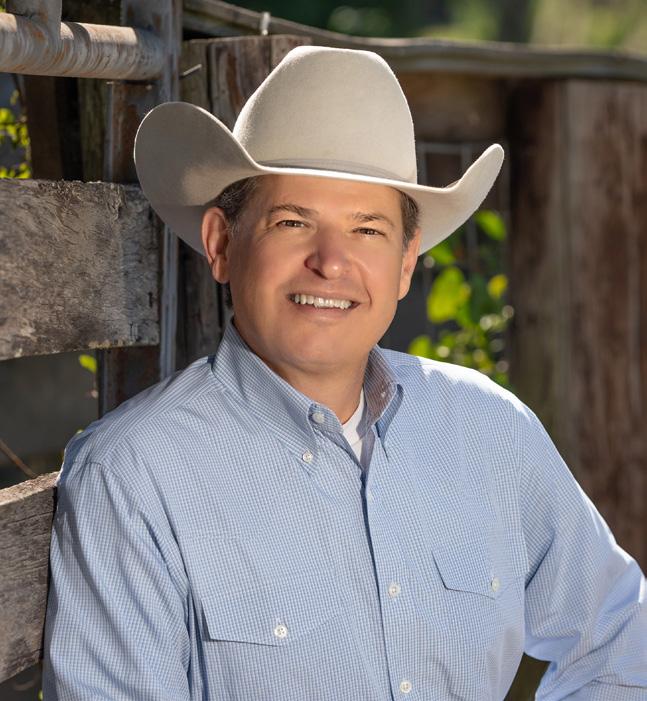
CARL RAY POLK JR. President P.O. Box 155108 Lufkin, Texas 75915
John M. “Jack” Shelton III Amarillo, 1984-1986
James L. Powell San Angelo, 1988-1990
Tom Beard Alpine, 1994-1995
C. Coney Burgess Amarillo, 1997-1999
J. Mark McLaughlin San Angelo, 1999-2001
Joe M. “Jody” Bellah, Throckmorton
Blake Birdwell, Canyon
E. S. F. “Swasey” Brainard II, Pampa
J. K. “Rooter” Brite Jr., Bowie
Donnell Brown, Throckmorton
Campbell Burgess, Amarillo
Deborah Clark, Henrietta
Lynn Cowden, Skellytown
Jake Cowen, Benjamin
J. B. Daniel, Crowell
James Henderson, Memphis
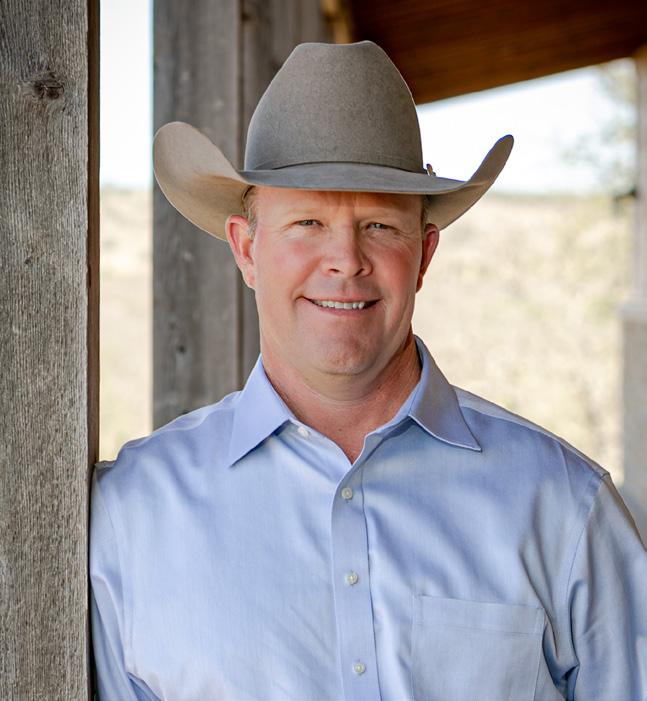
First Vice President 3907 Salem Rd. Victoria, Texas 77904
John E. Dudley Comanche, 2001-2003
Bob McCan Victoria, 2003-2005
C.R. “Dick” Sherron, MD Beaumont, 2005-2007
Jon Means Van Horn, 2007-2009
G. Dave Scott Richmond, 2009-2011
Joe J. Parker Jr. Byers, 2011-2013
Clayton Henry, Wichita Falls
Brooks Hodges, Guthrie
Joe Leathers, Guthrie
Frank McLelland, Tahoka
Jeff Mitchell, Amarillo
Gage Moorhouse, Benjamin
Diaz W. Murray, Wichita Falls
J. Malcolm Shelton IV, Amarillo
Dale A. Smith, Amarillo
Jim Thompson, Breckenridge
Ross Thompson, Iowa Park
Wesley Welch, Lubbock
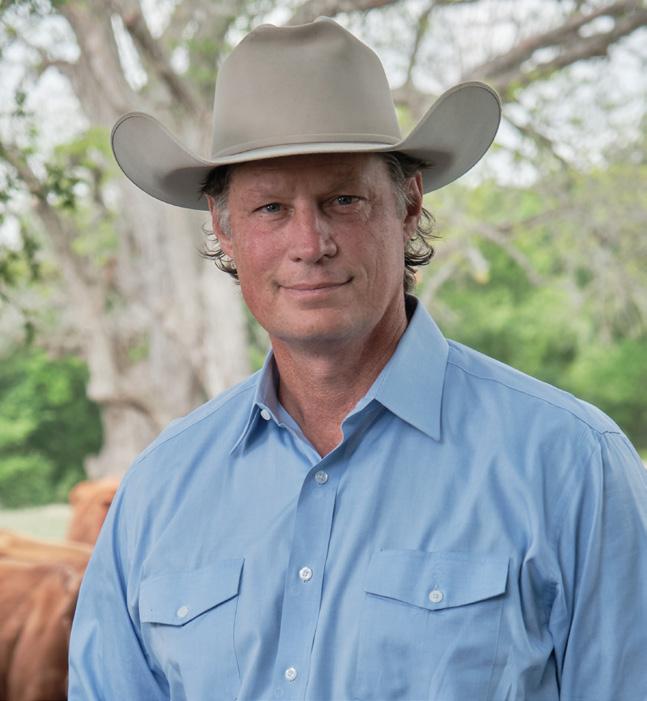
DAN GATTIS
Second Vice President and Secretary/Treasurer 213B W. 8th St. Georgetown, Texas 78626
Pete Bonds Saginaw, 2013-2016
Richard Thorpe III, MD Winters, 2016-2018
Robert E. McKnight Jr. Fort Davis, 2018-2020
G. Hughes Abell Austin, 2020-2022
Arthur G. Uhl III San Antonio, 2022-2024
Kevin Busher, Winters
Charles M. “Charley” Christensen Jr., San Angelo
C.A. “Chili” Cole IV, San Angelo
Alan F. Curry, San Angelo
James H. Dudley IV, Horseshoe Bay
Amanda Dyer, Fort Davis
Johnny Ferguson, Big Lake
Cody Fry, Lueders
DA Harral, Fort Stockton
Ron Helm, Van Horn
Heath Hemphill, Coleman
Shelby W. Horn, Fredericksburg
Larry R. Horwood, Sterling City
Grant Jones, Rochelle
Mark W. Jones, Brady
W. Clay Jones, Brady
Ty Keeling, Boerne
Lorenzo Lasater, San Angelo
Brian T. McLaughlin, Midland
David L. Neal, San Angelo
Gerald Nobles Jr., Brady
James Oliver, Ozona
Wade Perks, San Angelo
Jessica Tate, Marfa
James Uhl, Fort McKavett
Cody Webb, Barnhart
C. Clark Welder, Fredricksburg
Ray W. Willoughby III, Eldorado
Ford Drummond, Pawhuska, Oklahoma
Edward Bordovsky Jr., Riviera
Austin Brown III, Beeville
W. Christopher Bush, Refugio
James Clement lll, Kingsville
David S. Crow, Corpus Christi
Dustin Dean, Floresville
David DeLaney, Kingsville
Robert “Bobby” Dobson, Birmingham, Alabama
James L. “Jamie” Donnell Jr., Fowlerton
J. David Eppright, Cost
Benjamin Eshleman III, Corpus Christi
Joseph B.C. Fitzsimons, Carrizo Springs
Robert “Robbie” Graff, Hondo
Parke Greeson Jr., Goliad
Bret Griffith, Del Rio
Heath Grigg, Kingsville
Marty R. Harris, Tilden
Anson Howard, San Antonio
William Whitby Jones III, Hebbronville
Leslie Kinsel, Cotulla
Claude Koontz, San Antonio
Steven J. Mafrige, Tilden
Richard Marbach, Victoria
Federico “Freddy” Nieto, Raymondville
T. Michael O’Connor, Victoria
Jason Peeler, Floresville
J.R. Ramirez, La Pryor
Michael Sasser, Corpus Christi
Lew Thompson, Pearsall
John E. Zacek, Victoria
Bill Cawley, Crockett
Wayne Cockrell, College Station
Herff Cornelius Jr., Wadsworth
Carlos Detering III, Houston
Gardner H. Dudley, Houston
Lloyd French IV, Houston
Kelley Sullivan Georgiades, College Station
George Harrison, Bay City
Robert Hodgen, Houston
Colt Hoffmann, Marlin
Clay Kenley, Crockett
John Malazzo, Caldwell
Clive Runnells III, Austin
John Sumner Runnells III, Bay City
Tony Spears, Rosanky
John “Rocky” Sullivan, Galveston
Claudia Scott Wright, Richmond
April Bonds, Saginaw
Missy Bonds, Saginaw
John L. Cantrell, Cresson
Ian Chapman, Madill, Oklahoma
Hunter Crow, Dallas
James A. Dangelmayr, Muenster
Seth Denbow, Weatherford
Crawford Edwards, Fort Worth
John Greer, Henrietta
Jason Harlow, Dallas
Pete Hudgins, Sherman
Tom Johnson, Wortham
Ken Leiber, Fort Worth
Stefan Marchman, Fort Worth
William H. McCall, Fort Worth
Dan Nance, Haslet
Susan Roach, Fort Worth
Stephen S. “Steve” Sikes, Fort Worth
Bragg Smith III, Dallas
















































Texas & Southwestern Cattle Raisers Association directors represent six geographical regions across Texas and Oklahoma. Reference the special rangers page for a link to an interactive online map.



































William L. “Buck” Arrington, Pampa
Van Baize, Nocona
Bradford S. “Brad” Barnes, Fort Worth
Steve G. Beever, Pearsall
George Beggs IV, Fort Worth
Richard H. Bennett, San Antonio
Emry Birdwell, Henrietta
Mary Lou Bradley-Henderson, Childress
Chip Briscoe, Carrizo Springs
R.A. “Rob” Brown, Throckmorton
J.D. Cage, Muleshoe
Presnall Cage, Falfurrias
John W. Carpenter III, Dallas
Barrett D. Clark, Breckenridge
Martin W. Clement II, Kingsville
Thurman S. Clements Jr., Victoria
C.A. “Chip” Cole III, San Angelo
James T. Dangelmayr, Muenster
Nixon Dillard, Pleasanton
William C. “Billito” Donnell Jr., Alpine
Markham B. Dossett, Waco
Bob Drake, Davis, Oklahoma
James H. “Jim” Dudley, Comanche
Jay C. Evans, Dripping Springs
Trainor Evans, Mercedes
Leroy Ezer, Anahuac
Jim L. Gates, Pearsall
Richard Gates, Marfa
Mike Gibson, Paducah
Ronald J. “Ron” Gill, Chico
Frank Green, Liberty
W. H. “Billy” Green III, Albany
Milton S. Greeson Jr., Victoria
Thomas J. “Tommy” Haegelin, Concan
Dr. Philip C. Hardee, Beatrice, Alabama
Rafe Hargrove, Rotan
Tom J. Haynie, Navasota
Dr. Joe Pat Hemphill, Coleman
Ken Jordan, San Saba
Don Keeling, Fredericksburg
David W. Killam, Laredo
John Z. Kimberlin Jr., Dallas
Dan W. Kinsel III, Cotulla
Chris Lacy, Fort Davis
Laurence M. Lasater, San Angelo
Steve C. Lewis, San Antonio
James E. “Jim” Link, Crowley
Coleman H. Locke, Hungerford
Ben Love, Marathon
Katharine Armstrong Love, Austin
Richard M. Lucas Jr., Houston
Robert B. Mansfield, Amarillo
Jon David Mayfield, Dublin
Jim McAdams, Seguin
James A. McAllen, Linn
William “Alan” McNeill, Beaumont
Len P. Mertz, San Angelo
Evalyn Moore, Richmond
Raymond E. Moore IV, Richmond
Bob Moorhouse, Weatherford
Tom Moorhouse, Benjamin
Beth Knolle Naiser, Sandia
Russell Noble, Ardmore, Oklahoma
Les Nunn, Pauls Valley, Oklahoma
Boots O’Neal, Guthrie
James Palmer, Roaring Springs
Rick Peebles, Baytown
Tim Pennell, Westhoff
Tom Perini, Buffalo Gap
Jim Peters, Quemado
Scott Petty Jr., San Antonio
Bill Phinizy, Gail
Frank Price, Sterling City
Gary Price, Blooming Grove
Mary Joe Reynolds-Montgomery, Fort Worth
Tom L. Roach III, Bozeman, Montana
Charles R. “Butch” Robinson, Navasota
Nolan Ryan, Round Rock
M. Stuart Sasser, Corpus Christi
Gordon E. Sauer, Fredericksburg
Wilson Scaling, Henrietta
Chris Scharbauer, Amarillo
Frates Seeligson Jr., San Antonio
Ed Small, Austin
Danny B. Stewart, Sterling City
Guy F. Stovall Jr., El Campo
Gerald Sullivan, Galveston
Stephen T. “Steve” Swenson, Dallas
Rick Tate, Marfa
Cliff Teinert, Albany
Richard Traylor, Batesville
Robert J. Underbrink, Houston
Tom Watson, Muleshoe
Dennis W. Webb, Barnhart
John Welch, Wolfforth
Richard Wortham, Austin
Ken Welch, Baird
Roger F. Welder, Victoria
A.B. Wharton, Vernon
Beau Brite White, Rosanky
W.C. “Billy” Williams, Mertzon
David W. Winters, Del Rio
Dr. M. R. “Mike” Wirtz, Brenham
Tom Woodward, Decatur
Bart Wulff, Dallas
Curtis A. Younts Jr., Belton
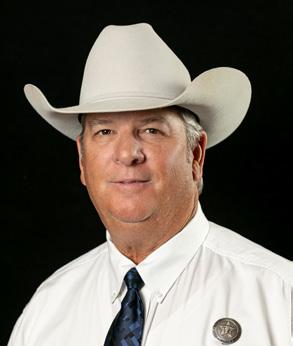
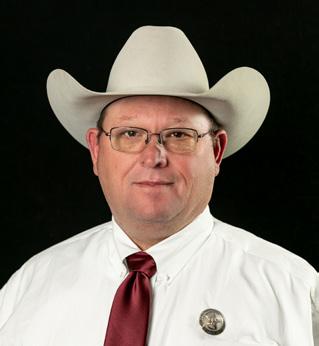
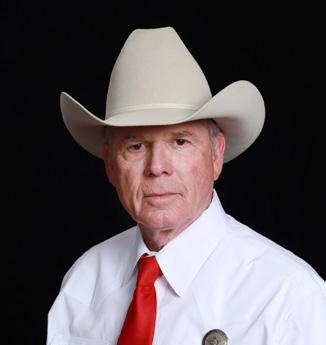

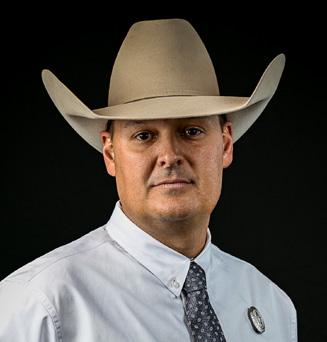
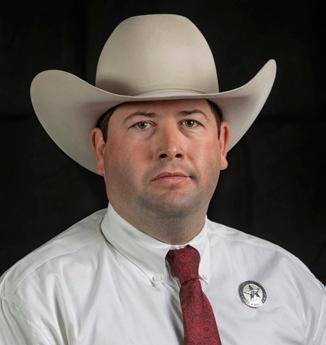
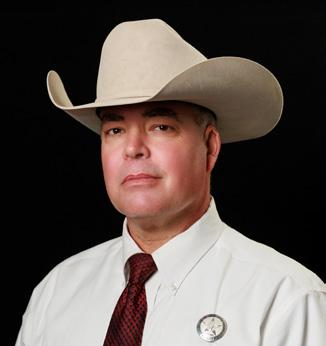
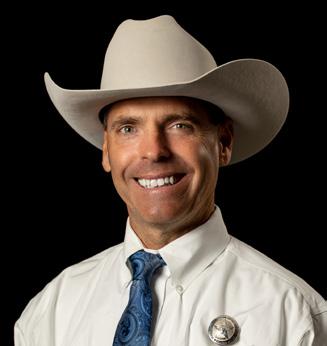
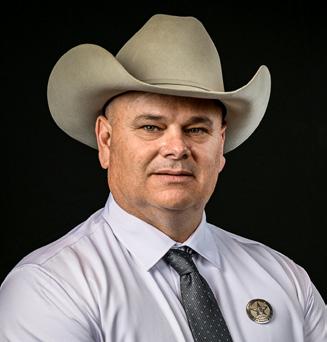
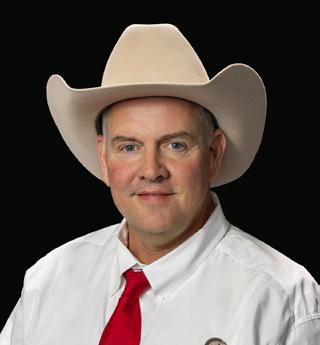
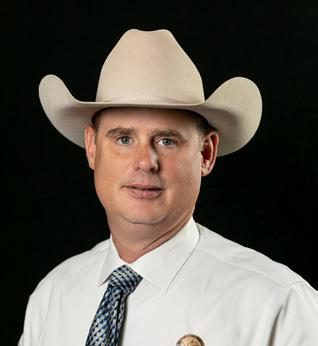
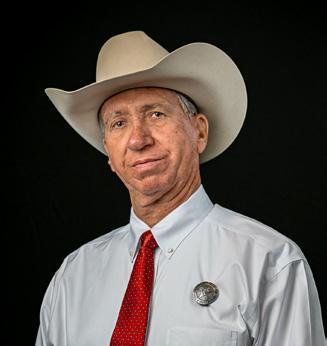

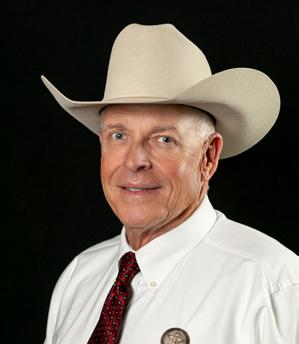


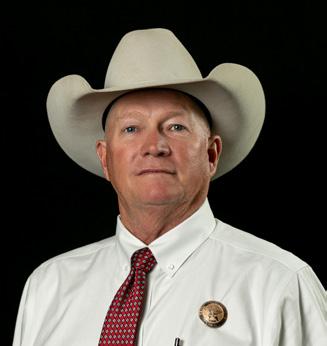
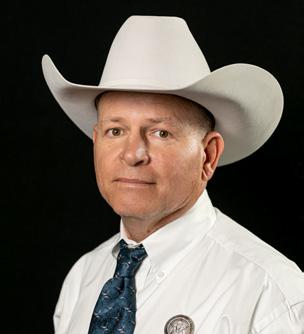
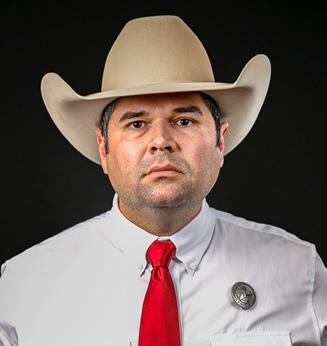
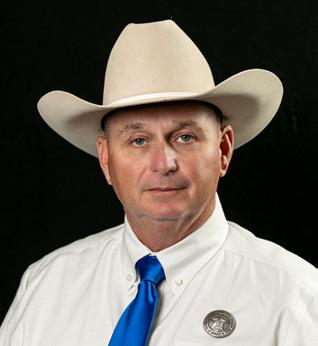
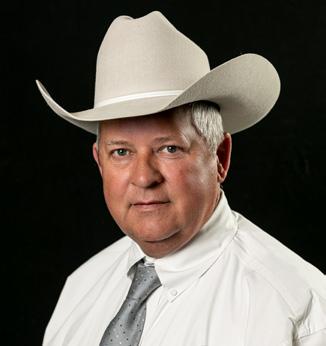
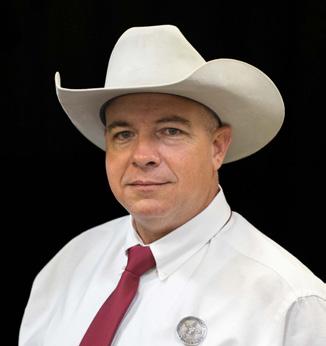
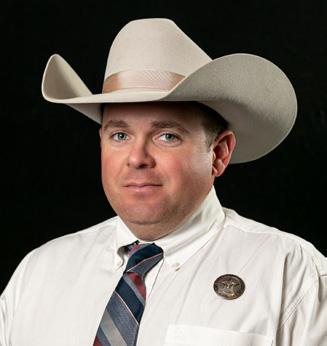
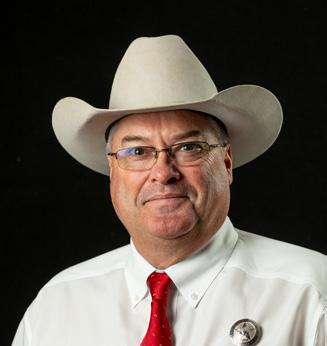
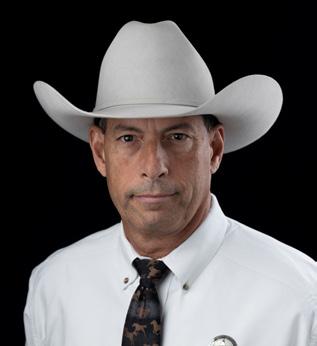
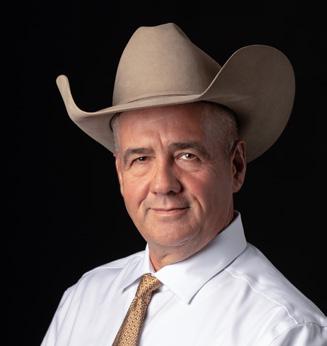
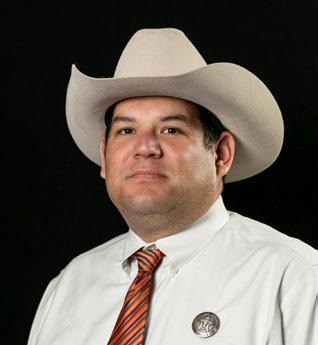
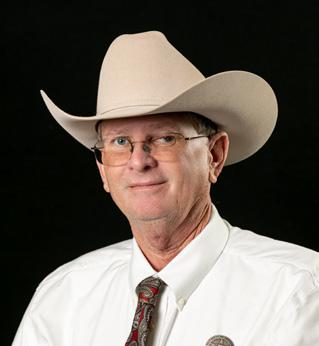
By Shelby Kirton
Darrel Bobbitt has spent more than three decades in law enforcement, but his path started long before the badge.
Raised in Weches, a small town in East Texas near the Davy Crockett National Forest, Bobbitt grew up feeding cows for his grandfather alongside his brother. “When we got off the school bus, we went and loaded the old pickup with hay,” he recalls. “That was kind of the chore for us.”
That deep-rooted connection to agriculture never left him, even as his professional journey took him into law enforcement. “My dad was a game warden, so I was always around livestock, landowners and people who make their living off the land,” he says. “It’s not something you do for money. It’s a way of life.”
Bobbitt didn’t originally plan on entering law enforcement. Early in his career, he served as a park ranger for Texas Parks and Wildlife. But he always kept a powerful childhood memory in his mind.
“My uncle, Billy Peterson, was a Texas Highway Patrolman — later a Texas Ranger,” he says. “He pulled into our driveway one day when I was a kid, in a blackand-white patrol car. When he spoke over the car’s PA system, it was like God was speaking out of the sky to a little boy. That made a lasting impression.”
He achieved that goal when he was officially named a Texas state trooper in 1995. Always one to look ahead, he soon had another aspiration in mind.
“I wanted to be either a Texas Ranger or the sheriff of my home county,” Bobbitt says. “And just a few years after becoming a highway patrolman, fate would have it that I became the sheriff of my home county.”
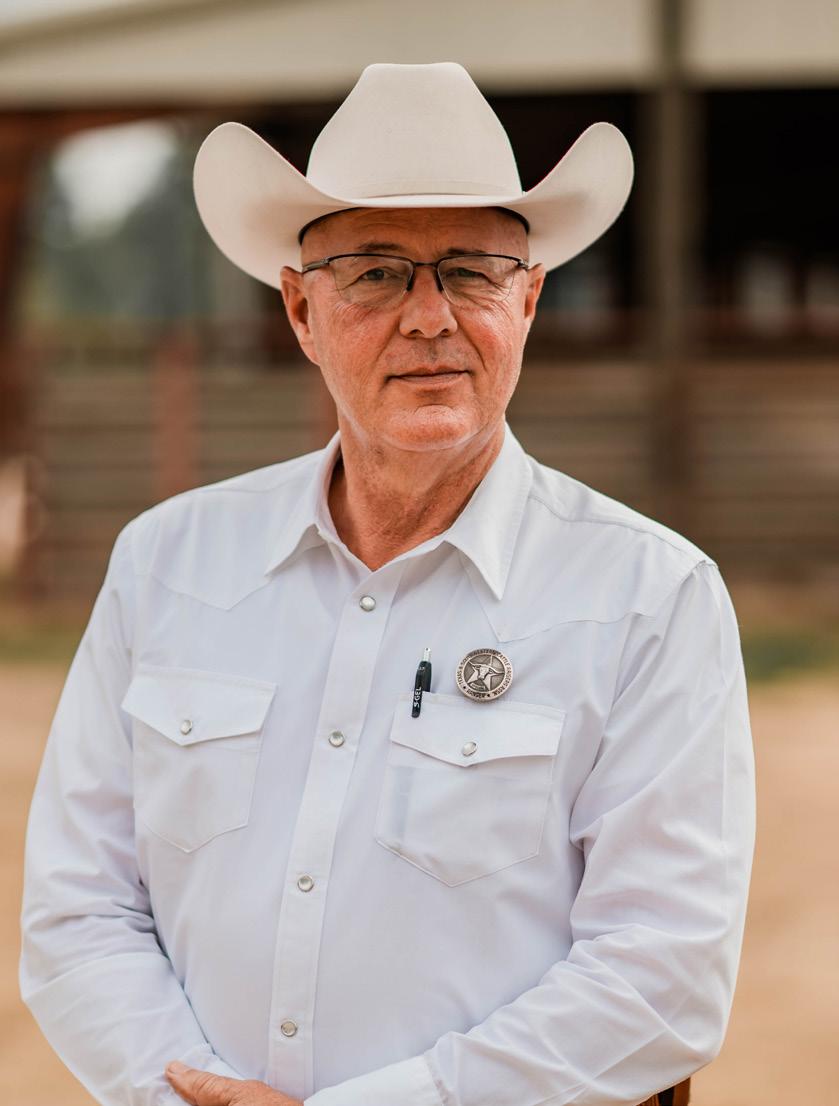
At the age of 24, he enrolled in the police academy — without any guarantee of employment. “I was fortunate enough. I got a job as a city police officer, and then I was offered a job with the county sheriff’s department,” he says. “I had my sights set on being on the highway patrol. That was my next long-term goal.”
Bobbitt served as Sheriff of Houston County for 20 years. After completing his required years of state service, he was ready for a new chapter and began watching for opportunities with Texas & Southwestern Cattle Raisers Association. That opportunity came in 2022, when Bobbitt was hired as a special ranger for region 3, covering 13 counties in East Texas.
With multiple sale barns in his territory, Bobbitt is constantly on the move. “Almost every day of the week, I’m going to be either passing by, checking with my market inspectors or going by that sale, checking in with those folks,” he says.
But the work goes deeper than making arrests. Bobbitt emphasized the unique role that special rangers play in rural law enforcement. “We do add that livestock and agriculture expertise into the law enforcement mix,” he says. “There’s a lot of agencies that deal with property line issues, cattle astray, cattle theft — and your special rangers just happen to be the subject matter experts in those areas.”
That understanding matters not just to law enforcement, but also to ranchers. “When someone calls me and says, ‘Hey, my cows are missing,’ I know exactly
what that means. I don’t have to Google the difference between a bred heifer and a steer,” Bobbitt says. “I’ve bought and sold at the same auctions these guys go to.”
One of his most rewarding cases he has investigated as a special ranger involved recovering a stolen bull that had been missing for over a year.
“The owner had given up hope,” he says. “We tracked it across multiple counties. When we got that bull back to him, he teared up. That’s what it’s about.”
It is in moments like that one that Bobbitt says he finds deep fulfillment in helping producers. It is more than solving crimes — it’s protecting a way of life.
“You’re dealing with people’s livelihood. One calf might be $1,200 today, and if someone’s running 20 or 30 head, that adds up quick,” he says. “These aren’t numbers on a spreadsheet. These are animals someone fed and checked on every day.”
When he reflects on the role of a special ranger, he doesn’t romanticize the badge. It’s about hard work, trust, and doing what’s right — even when no one is
watching. It’s a commitment to integrity and service that defines the true spirit of the badge.
“I always say that our greatest tool is our credibility,” Bobbitt says. “When we say we’re going to do something, we do it. That’s what makes ranchers call us in the first place.”
For Bobbitt, every case is a chance to uphold that legacy and leave things a little better than he found them.
A lifelong team roper, he still helps run a small cow-calf operation near his home in Weches. He and his wife, Terresa, have been married for more than 40 years. They have two sons — Josh and Stephen. Josh and his wife, Tiffany, live nearby, along with their children, Luke and Erin, on the property where Bobbitt’s father once lived.
Looking back, Bobbitt calls being a special ranger one of the most rewarding roles of his life.
“I’ve met some of the best people you’ll ever know doing this job,” he says. “Every day, I am fortunate to work on behalf of people in this industry.” T C

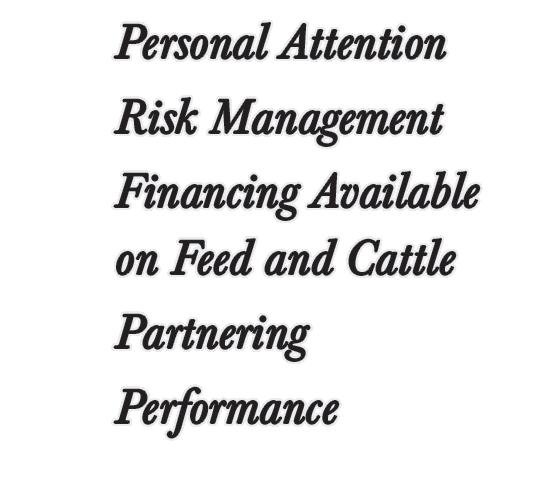


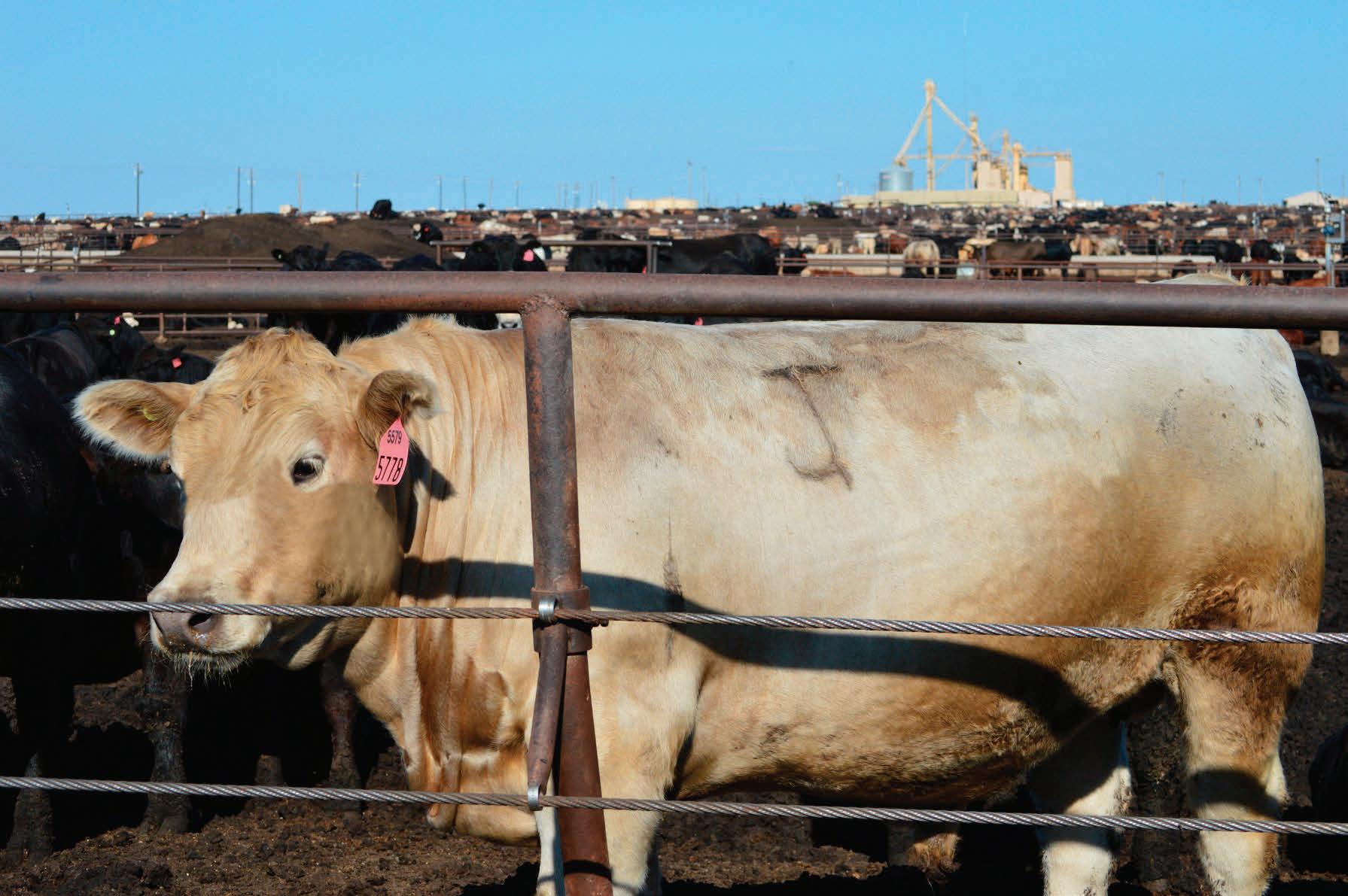




Dimitri Alexandris Bonham
Olivia Armendariz Pearland
Tucker Backhus Navasota
Bar 316 Cattle Ranch Early
Bar RM Ranch Thornton
Cate Barkley Burleson
Beaver Creek Cattle Co. Tyler
Wesley Birdwell Marthaville, Louisiana
Birdwell Cattle Co. LLC Marthaville, Louisiana
Bland Family Ranch Huntington Beach, California
Blue Ridge Cattle Canadian
Blake Bradley Lubbock
Jake & Julia Brown Trenton
Brysch Farms Katy
Buttler/Artz Ranch Nordheim
C5 Ranch Tarkington Prairie Cleveland
Luke Chovan Whitewright
Collins Cattle Co. Olton
Cornett Ranch Smithville
Kerry Courchaine Cedar Hill
McKenna Curr Lubbock
Daves Tree Farm Richmond
Skyler Davis Bogata Day Ranch Dallas
Diamond W Ranches Throckmorton
Renise Doerr Katy
Ava Dora Iowa Park
Ella Dora Iowa Park
Grant Dora Iowa Park
Douglas Allen Farm Lufkin
DRS Ranch Pleasanton
DuBois Cattle Liberty
Jeffery Dugie Nada
E.C. Martin Cattle Co. Fort Worth
Jessica Ervien Branford, Florida
Layton Ervin Gonzales
Farmgirl Enterprises Inc. Center
Fields Cattle Co. Panhandle
Flying M Ranch Brenham
Flying T East Bernard
Kayleigh Fountain Lubbock
Zoe Fusig Fort McKavett
Sterling Gattis Georgetown
Geronimo Springs Game Breeding San Antonio
Karson Grigsby Abilene
Crockett Guenther Schulenburg
Haier Ranch Canyon Lake
Half-Circle 16 Cattle Co. Victoria
Chad Hassell Perrin
Hatchett Ranch LLC Albany
Hill Vue Farm Uhland
Horn Farm Savoy
Eli Hwang Cedar Park
Katriel Hwang Cedar Park
J&H Lone Oak
J Bar F Ranch Murchison
JDP Farms Canton
JDT Investments LLC Breckenridge
William Jennings Zelhart Kyle
JT Livestock Healdton, Oklahoma
Juanita Gilliam Partnership Thornton
David Kleiber La Grange
Makayla Koriz Delta, Colorado
Morgan Kunz Fredericksburg
L&M Ranch Jarrell
Lee & Katherine Denena Farms College Station
Leonard Family/RT 3 Breckenridge
Lewis Ranch Millsap
Claire Mayo Vernon
Cameron McGee Shelbyville
Kaleb McNeely Hull
Meischen Polled Herefords Yorktown
Montgomery Tractor & Auction
Seymour
David Nelson
Dallas
Pritchard River Bend Farm LLC Crawford
Mason Purswell Stinnett
Rocking K Ranch Lyford
Rocking Westward Cattle Wichita Falls
Albert Salinas
Corpus Christi
Darren Seifert Yorktown
Devyn Shiplett College Station
SHR Longhorns
Montgomery
Silver Bell Cattle Co. Normangee
Skehan Family Rankin
Brandon Smith Pleasanton
Jalen Smith
Trinity
Snatch Block LLC Clear Lake Shores
Supak Cattle Co. Orchard
Tepeguaje Ranch Cypress
Sarah Thomas Round Rock
Tyler Thompson Lindale
Tucker Cattle Co. San Angelo
Layton & Jentri Turner Abernathy
Timothy R. Wallace
Dallas
James Ward Diboll
Kim Wartchow Jacksboro
Wolfacres Windthorst
Wynterwood Farm Washington

Elkhart Horse Auction
Where: Elkhart
Phone: 903-764-1495
Sale Day: Saturday
Contact: Tiffany Patterson, 903-388-7288
Atascosa Livestock Exchange
Where: Pleasanton Phone: 830-281-2516
Sale Day: Tuesday
Contact: Marvin Bendele, 210-213-5890
Four County Auction
Where: Industry Phone: 979-357-2545
Sale Day: Tuesday
Contact: Lisa Sebastian, 979-270-3041
Muleshoe Livestock Auction
Where: Muleshoe
Phone: 806-272-4201
Sale Day: Friday
Contact: Leo Aviles, 956-437-3899
Beeville Livestock Comm.
Where: Beeville
Phone: 361-358-1727
Sale Day: Friday
Contact: Daniel Keese, 361-449-7942
Clifton Livestock Comm. LLC
Where: Clifton
Phone: 254-675-7717
Sale Day: Wednesday
Contact: Larry Brown, 254-265-1920
Meridian L/S Comm. Co.
Where: Meridian
Phone: 254-435-2988
Sale Day: Monday
Contact: Larry Brown, 254-265-1920
J & J Livestock Auction
Where: Texarkana
Phone: 903-832-3576
Sale Day: Saturday
Contact: Cheri Beal, 903-280-4554
Brazos Valley Livestock Comm.
Where: Bryan
Phone: 979-778-0904
Sale Day: Tuesday
Contact: Nina Nygard, 512-281-6753
Caldwell Livestock Comm.
Where: Caldwell Phone: 979-567-4119
Sale Day: Wednesday
Contact: Mark Nygard, 512-281-6330
Lockhart Auction
Where: Lockhart
Phone: 512-398-3476
Sale Day: Thursday
Contact: Nina Nygard, 512-281-6753
Bruce Overstreet Livestock
Where: Pittsburg
Phone: 903-856-3440
Sale Day: Monday
Contact: Michelle Willeford, 903-767-0670
Tri County Livestock Market
Where: New Summerfield
Phone: 903-322-4940
Sale Day: Saturday
Contact: Jerry Boulware, 936-465-1597
Coleman Livestock Auction
Where: Coleman Phone: 325-625-4191
Sale Day: Wednesday
Contact: Dave Williams, 325-669-2030
Cattleman’s Columbus Livestock Auction
Where: Columbus
Phone: 979-732-2622
Sale Day: Wednesday
Contact: Wes Martin, 281-782-4412
Comanche Livestock Exchange
Where: Comanche
Phone: 325-356-5231
Sale Day: Saturday
Contact: Michael Davis, 254-879-3121
The New Gainesville Livestock Auction
Where: Gainesville
Phone: 940-665-4367
Sale Day: Friday
Contact: Robin Gibbs, 903-227-0791
Coryell County Comm.
Where: Gatesville Phone: 254-865-9121
Sale Day: Wednesday
Contact: Ray Davis, 254-718-5512
Cattleman’s Livestock Comm.
Where: Dalhart
Phone: 806-249-5505
Sale Day: Thursday
Contact: Clifton Miller, 806-570-7439
Hereford Livestock Auction
Where: Hereford
Phone: 806-240-3082
Sale Day: Tuesday
Contact: Joe Bob Via, 806-452-9280
Cuero Livestock Comm.
Where: Cuero Phone: 361-275-2329
Sale Day: Friday
Contact: Kaylee Malatek, 979-942-0323
Texas Cattle Exchange
Where: Eastland Phone: 254-629-2288
Sale Day: Tuesday
Contact: Ronnie Ober, 817-371-7071
Dublin Livestock Auction
Where: Dublin Phone: 254-445-1734
Sale Day: Friday
Contact: Ronnie Ober, 817-371-7071
Erath County Dairy Sale
Where: Dublin Phone: 254-968-7253
Sale Day: Friday Contact: Bob McBryde, 940-859-6217
Stephenville Cattle Co.
Where: Stephenville Phone: 254-968-4844
Sale Day: Wednesday Contact: Bob McBryde, 940-859-6217
Flatonia Livestock Comm.
Where: Flatonia Phone: 361-865-3538
Sale Day: Monday
Contact: Vance Weltner, 210-473-9099
Schulenburg Livestock Auction
Where: Schulenburg Phone: 979-743-6566
Sale Day: Saturday Contact: Vance Weltner, 210-473-9099
Floydada Livestock Sales
Where: Floydada Phone: 806-983-2153
Sale Day: Wednesday
Contact: JE Stone, 806-777-4396
Pearsall Livestock Auction
Where: Pearsall
Phone: 830-334-3653
Sale Day: Wednesday
Contact: Clarence Stevens, 210-415-0441
Gillespie Livestock Co.
Where: Fredericksburg Phone: 830-997-4394
Sale Day: Wednesday
Contact: Larry Bowden, 210-846-0380
Gonzales Livestock Market
Where: Gonzales
Phone: 830-672-2845
Sale Day: Saturday
Contact: JoGayle Stavena, 979-332-2186
Nixon Livestock Comm.
Where: Nixon
Phone: 830-582-1561
Sale Day: Monday
Contact: Landyn Maguglin, 361-492-9484
Longview Livestock
Where: Longview
Phone: 903-235-6385
Sale Day: Thursday
Contact: Paul Pruitt, 903-725-6200
Mid-Tex Livestock Auction
Where: Anderson
Phone: 936-825-3970
Sale Day: Thursday
Contact: Rick Faught, 936-442-1039
Navasota Livestock Auction
Where: Navasota
Phone: 936-825-6545
Sale Day: Saturday
Contact: Rick Faught, 936-442-1039
Seguin Cattle Co.
Where: Seguin
Phone: 830-379-9955
Sale Day: Wednesday
Contact: Elizabeth Cortez, 830-857-1945
Hamilton Livestock Comm.
Where: Hamilton
Phone: 254-386-3185
Sale Day: Tuesday
Contact: Bob McBryde, 940-859-6217
Gore Family Auction Center
Where: Silsbee
Phone: 409-782-0612
Sale Day: Saturday
Contact: Christy McCoy, 409-782-0612
Athens Comm. Co.
Where: Athens
Phone: 903-675-3333
Sale Day: Friday
Contact: Brandy Baughman, 903-440-4382
Edinburg Livestock Auction
Where: Edinburg
Phone: 956-383-5671
Sale Day: Saturday
Contact: Coney Alvarez Jr., 956-437-3899
Hubbard Livestock Market
Where: Hubbard
Phone: 254-576-2584
Sale Day: Monday
Contact: Patrick Romine, 254-723-0950
Sulphur Springs Livestock Comm.
Where: Sulphur Springs
Phone: 903-885-2455
Sale Day: Monday
Contact: Paul Pruitt, 903-725-6200
East Texas Livestock Auction
Where: Crockett
Phone: 936-544-2246
Sale Day: Tuesday
Contact: Cheyenne London, 936-222-3689
Big Spring Livestock Auction
Where: Big Spring
Phone: 432-267-5881
Sale Day: Wednesday
Contact: Bruce Brandenberger, 254-977-5763
Edna Livestock Auction
Where: Edna
Phone: 361-782-7666
Sale Day: Monday
Contact: Galynn Mazoch, 979-578-1823
Kirbyville Auction Barn
Where: Kirbyville
Phone: 409-423-2612
Sale Day: Saturday
Contact: Erica Morgan, 409-509-1946
Gulf Coast Livestock Market
Where: Alice Phone: 361-664-4395
Sale Day: Tuesday
Contact: Ramiro Garcia, 361-460-0008
Johnson County Cattle Auction
Where: Cleburne
Phone: 817-556-9090
Sale Day: Saturday
Contact: Lee Snyder, 254-707-1682
Karnes City Auction
Where: Karnes City
Phone: 830-780-3382
Sale Day: Wednesday
Contact: Douglas Brunet, 830-708-6537
Karnes County Livestock Exchange
Where: Kenedy
Phone: 830-583-2574
Sale Day: Thursday
Contact: Elizabeth Cortez, 830-857-1945
Cattlemen’s Livestock Comm.
Where: Paris
Phone: 903-784-2238
Sale Day: Saturday
Contact: Lana Caldwell, 903-908-0530
Paris Livestock Auction
Where: Paris
Phone: 903-739-2575
Sale Day: Wednesday
Contact: Robin Gibbs, 903-227-0791
Hallettsville Livestock Comm.
Where: Hallettsville Phone: 361-798-4336
Sale Day: Tuesday
Contact: Kaylee Malatek, 979-942-0323
Giddings Livestock Comm.
Where: Giddings Phone: 979-542-2274
Sale Day: Monday Contact: Nina Nygard, 512-281-6753
Lexington Livestock Comm.
Where: Lexington Phone: 979-773-2922
Sale Day: Saturday Contact: Nina Nygard, 512-281-6753
Buffalo Livestock Comm.
Where: Buffalo Phone: 903-322-4940
Sale Day: Saturday
Contact: Cheyenne London, 936-222-3689
Raywood Livestock Market
Where: Raywood Phone: 936-587-4941
Sale Day: Monday
Contact: Harvey Williamson, 963-334-5325
Groesbeck Auction & Livestock
Where: Groesbeck
Phone: 254-729-3277
Sale Day: Thursday
Contact: Mallory Steen, 903-390-0594
Live Oak Livestock Auction
Where: Three Rivers
Phone: 361-786-2553
Sale Day: Monday
Contact: Marvin Bendele, 210-213-5890
Jordan Cattle Auction
Where: Mason Phone: 325-347-6361
Sale Day: Monday
Contact: Warren Ottmers, 830-669-2262
West Auction
Where: West
Phone: 254-826-3725
Sale Day: Thursday
Contact: Ray Davis, 254-718-5512
Union Comm.
Where: Hondo
Phone: 830-741-8061
Sale Day: Monday
Contact: Clarence Stevens, 210-415-0441
Milam County Livestock Auction
Where: Cameron Phone: 254-697-6697
Sale Day: Friday
Contact: Rick Faught, 936-442-1039
Nacogdoches Livestock Exchange
Where: Nacogdoches Phone: 936-564-8661
Sale Day: Thursday
Contact: Michael Witcher, 936-556-0992
Corsicana Livestock Market
Where: Corsicana
Phone: 903-872-1631
Sale Day: Tuesday
Contact: Katy Webb, 903-388-4390
Carthage Livestock Auction LLC
Where: Carthage
Phone: 903-693-6361
Sale Day: Tuesday
Contact: Lori Blankenship, 936-234-3441
Livingston Livestock Exchange
Where: Livingston Phone: 936-327-4917
Sale Day: Saturday
Contact: Harvey Williamson, 963-334-5325
Lonestar Stockyards
Where: Amarillo
Phone: 806-677-0777
Sale Day: Tuesday
Contact: Gary McClellan, 806-334-0517
Emory Livestock Auction
Where: Emory
Phone: 903-473-2512
Sale Days: Tuesday & Saturday
Contact: Brandy Baughman, 903-440-4382
Calvert Livestock Co.
Where: Calvert
Phone: 979-364-2829
Sale Day: Friday
Contact: Ray Davis, 254-718-5512
Hunt Livestock Exchange
Where: Henderson
Phone: 903-657-2690
Sale Day: Monday
Contact: Samuel Steadman, 318-617-1141
Jordan Cattle Auction
Where: San Saba
Phone: 325-372-5159
Sale Day: Thursday
Contact: David Munden, 325-456-7253
Center Auction Co.
Where: Center
Phone: 936-598-4395
Sale Day: Wednesday
Contact: Michael Witcher, 936-556-0992
Triple G Livestock Auction LLC
Where: Rio Grande City
Phone: 956-437-1988
Sale Day: Friday
Contact: Coney Alvarez Jr., 956-437-3899
Tulia Livestock Auction
Where: Tulia Phone: 806-995-4184
Sale Day: Thursday
Contact: Tommy Thompson, 806-690-4080
Abilene Auction
Where: Abilene Phone: 325-673-7865
Sale Day: Tuesday
Contact: Dave Williams, 325-669-2030
Stone Livestock Comm.
Where: Mt. Pleasant
Phone: 903-575-9099
Sale Day: Tuesday
Contact: Paul Pruitt, 903-725-6200
Producers Livestock Auction
Where: San Angelo
Phone: 325-653-3371
Sale Day: Thursday
Contact: Bruce Halfmann, 325-315-5972
Southwest Livestock Exchange
Where: Uvalde
Phone: 830-278-5621
Sale Day: Thursday
Contact: Clarence Stevens, 210-415-0441
Mort Livestock Exchange
Where: Canton Phone: 903-287-6386
Sale Day: Special Sales Only
Contact: Paul Pruitt, 903-725-6200
Brenham Livestock Auction
Where: Brenham
Phone: 979-836-3621
Sale Day: Friday
Contact: Lisa Sebastian, 979-270-3041
El Campo Livestock Exchange LLC
Where: El Campo
Phone: 979-543-2703
Sale Day: Tuesday
Contact: Galynn Mazoch, 979-578-1823
Wharton Livestock Auction
Where: Wharton
Phone: 979-532-3660
Sale Day: Wednesday
Contact: Megan Stavena, 979-320-4228
Wichita Livestock Sales
Where: Wichita Falls Phone: 940-541-2222
Sale Day: Wednesday Contact: R.C. Langford, 832-330-7279
Decatur Livestock Market
Where: Decatur Phone: 940-627-5599
Sale Day: Monday
Contact: Rebecca Benson, 940-389-6382
Winnsboro Livestock Auction
Where: Winnsboro Phone: 903-365-2201
Sale Day: Friday
Contact: Alan Pruitt, 903-725-6200
Graham Livestock Comm. LLC
Where: Graham Phone: 940-549-0078
Sale Day: Monday
Contact: Kyla Rater, 940-284-9968


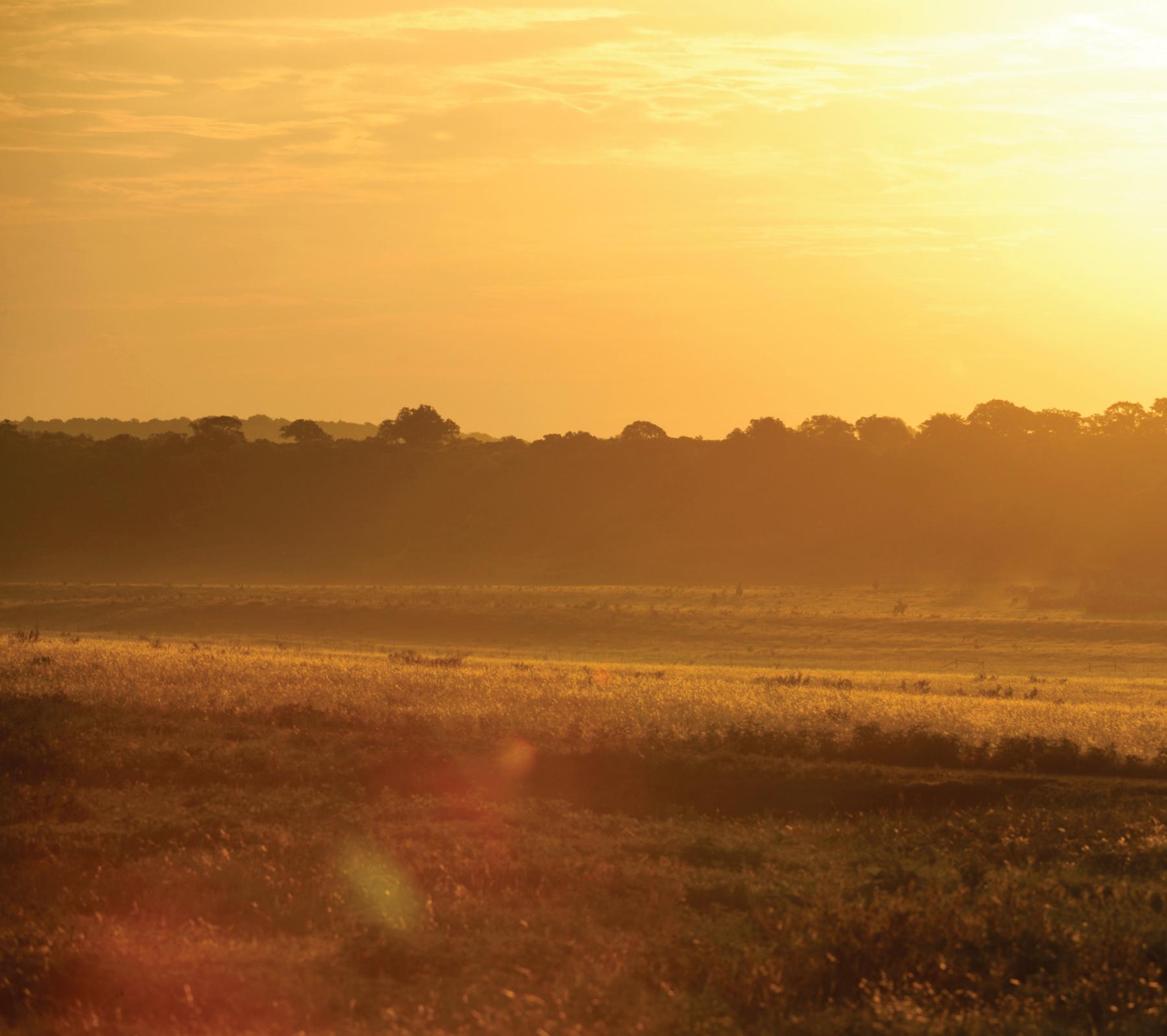
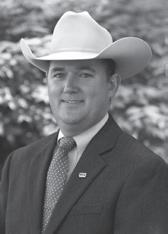


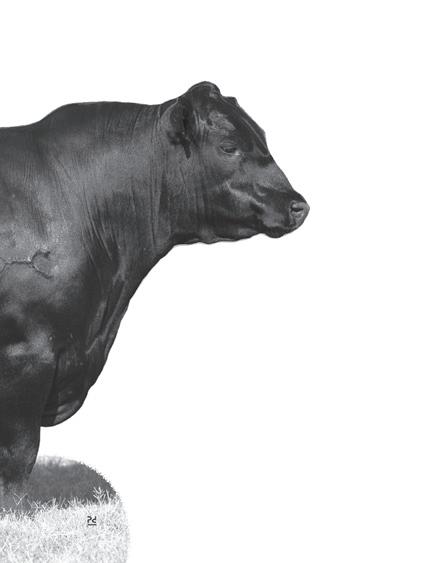
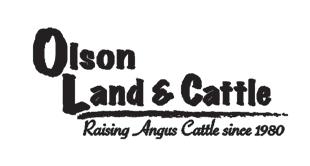
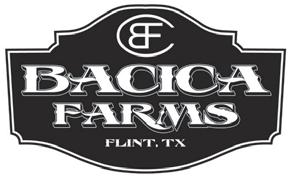


Mike & Carla Bacica 11707 FM 2868 Flint, TX 75762 Mike: 903-520-0390 mbpga@aol.com Carla: 903-530-8551 wtnca@aol.com


Wa tt M C asey/ Watt J r. 325- 66 8-1373

• Greg • GAR@GardinerAngus.com www.GardinerAngus.com

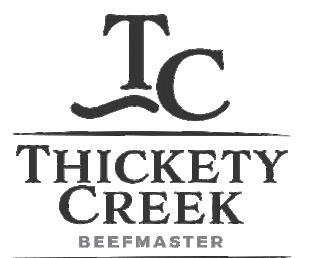

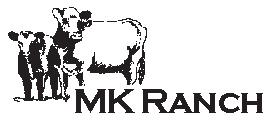

















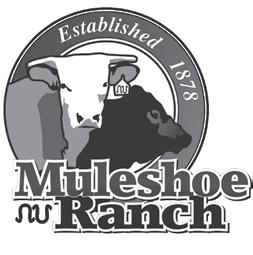
six miles north of Big Lake, Texas on Highway 137. Steve Wayne Coates Box 645 Mertzon, TX 76941 325/835-2531
Registered Polled Herefords www.DoubleDiamondHerefords.com McDade, Texas

923 Hillside Ave. Canadian, TX 79014 806-323-2906 lee@indianmoundranch.com www.indianmoundranch.com Lee & Jacqui Haygood J .T . E chols DVM P.O. Box 709 •
at all times out of good milking cows
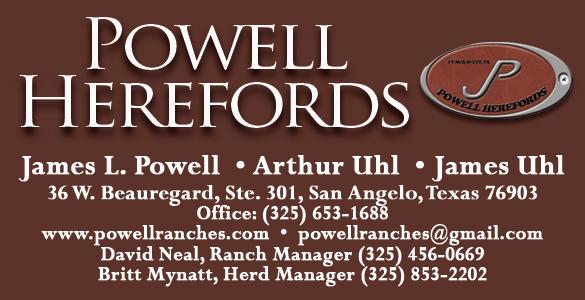



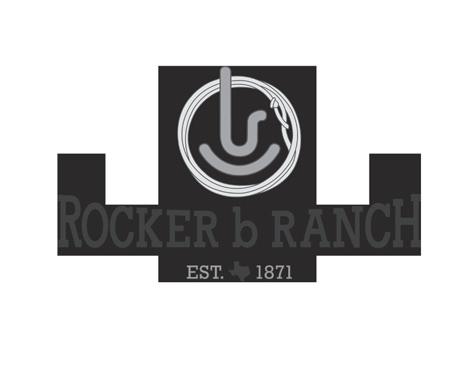
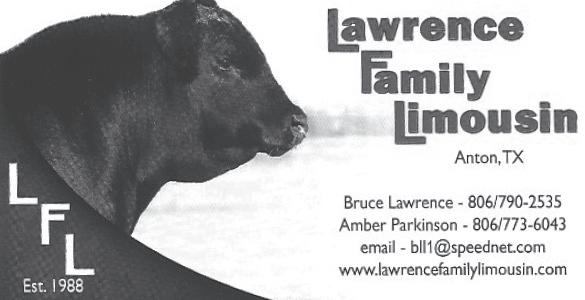
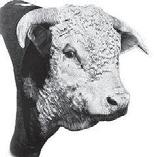
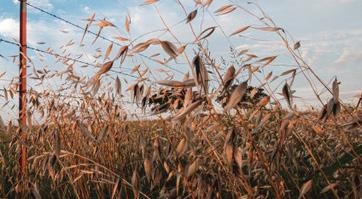

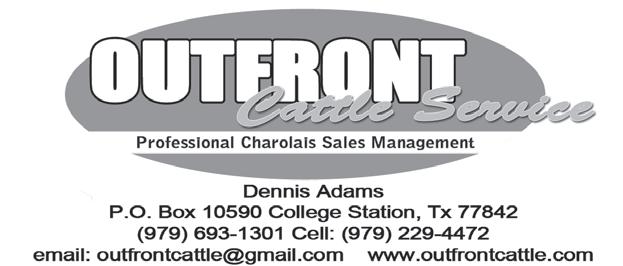
Looking for Angus Genetics, Registered or Commercial,

Borchers Southern Y Ranches, L.P. Charla Borchers-Leon • Mary Kay Borchers 2401 N. Wheeler St. • Victoria, Texas 77901 • 361-575-1297 Santa Gertrudis • Braford F-1 Purebred • Star 5 • Crossbred Cattle Steven Boothe 361-575-1297 O • 361-571-9728 M



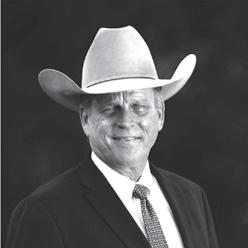
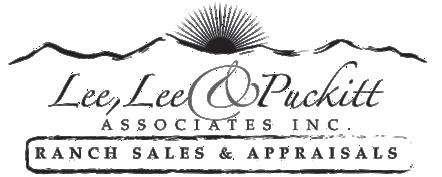


& CO.
RANCHES P.O. Box 1417 Victoria, Texas 77902 361/573-7141
Traylor Division San Roque DivisionSan Carlos Division Bloomington, TX Catarina, TXRio Grande City, TX Joe Jones-Manager • 361/897-1337

NM – Just out of Clayton, a large feedyard w/four circles irrigated by ¼ mile sprinklers, five irr. wells, one domestic well for office & feedyard & just across the hwy. an 800 ac. grass lease.


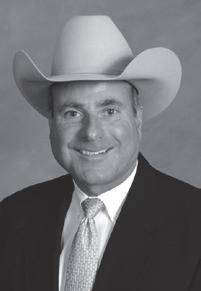

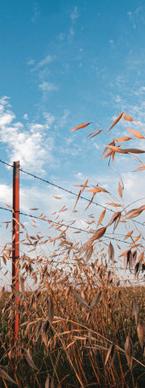
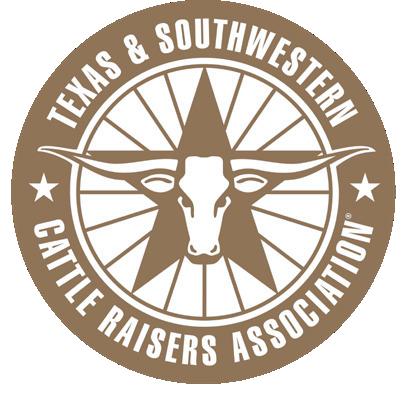
WEDNESDAY, JULY 9
TSCRA Ranch Gathering Where: Uvalde When: 5:30 p.m.
THURSDAY, JULY 10
Wichita Falls Luncheon Where: McBride’s Steakhouse, Wichita Falls When: 11:30 a.m.
MONDAY, JULY 14FRIDAY, JULY 18
TSCRA Cattle Raisers Roundup Where: Texas Panhandle
TUESDAY, JULY 15
Ranching 101: Beat the HeatSummer Tips for Cattle Producers Where: Online When: 1 p.m.
FRIDAY, JULY 18
TSCRA Ranch Gathering Where: Delta Hotels by Marriott, Wichita Falls Convention Center When: 5 p.m.
FRIDAY, JULY 18SATURDAY, JULY 19
Texas Ranch Roundup Where: Multi-Purpose Events Center, Wichita Falls
TUESDAY, JULY 22
TSCRA Ranch Gathering Where: Tyler When: 5:30 p.m.
SATURDAY, JULY 26
Replacement Female Sale Where: Jordan Cattle Auction, San Saba When: 10 a.m.
FRIDAY, AUG. 1
TSCRA Ranch Gathering Where: Beaumont When: 5:30 p.m.
MONDAY, AUG. 4 -
WEDNESDAY, AUG. 6
Texas A&M Beef Cattle Short Course Where: College Station
WEDNESDAY, AUG. 13
TSCRA Ranch Gathering Where: Crockett When: 5:30 p.m.
TUESDAY, AUG. 19
Ranching 101: Proof in the ProfitsDeveloping Weaning Protocols Where: Online When: 1 p.m.
SATURDAY, AUG. 23
Replacement Female Sale Where: Jordan Cattle Auction, San Saba When: 10 a.m.
TUESDAY, AUG. 26
TSCRA Ranch Gathering Where: Midland When: 5:30 p.m.
MONDAY, SEPT. 1
TSCRA Spring Internship Applications Open
WEDNESDAY, SEPT. 3
TSCRA Ranch Gathering Where: Sulphur Springs When: 5:30 p.m.
TUESDAY, SEPT. 9
TSCRA Ranch Gathering Where: Comanche When: 5:30 p.m.
THURSDAY, SEPT. 11
Wichita Falls Luncheon Where: McBride’s Steakhouse, Wichita Falls When: 11:30 a.m.
THURSDAY, SEPT. 11SUNDAY, SEPT. 21
Oklahoma State Fair Where: Oklahoma City
TUESDAY, SEPT. 16
Ranching 101: Selecting Your Next Herd Sire Where: Online When: 1 p.m.
THURSDAY, SEPT. 18
TSCRA Ranch Gathering Where: Cameron When: 5:30 p.m.
TUESDAY, SEPT. 23
TSCRA Ranch Gathering Where: Waco When: 5:30 p.m.
FRIDAY, SEPT. 26SUNDAY, OCT. 19
State Fair of Texas Where: Dallas
SATURDAY, SEPT. 27
Replacement Female Sale
Where: Jordan Cattle Auction, San Saba When: 10 a.m.
MONDAY, SEPT. 29
Gardiner Angus Ranch: 21st Annual Fall Production Sale Where: Ashland, Kansas
TUESDAY, OCT. 7WEDNESDAY, OCT. 8
R.A. Brown Ranch: Bull, Female & Quarter Horse Sales Where: Throckmorton
THURSDAY, OCT. 9
GKB Cattle: Annual Fall Bull Sale Where: Desdemona
SUNDAY, OCT. 12TUESDAY, OCT. 14
Texas Cattle Feeders Assoc. Annual Convention Where: Fort Worth
TUESDAY, OCT. 14
Powell Ranch Herefords: 28th Annual Production Sale Where: Fort McKavett When: 12:30 p.m.
TSCRA Ranch Gathering Where: San Angelo When: 5:30 p.m.
THURSDAY, OCT. 16
TSCRA Ranch Gathering Where: Fredericksburg When: 5:30 p.m.
MONDAY, OCT. 20
TSCRA Ranch Gathering Where: Buffalo Gap When: 5:30 p.m.
TUESDAY, OCT. 21
Ranching 101: Disease DefenseRecognizing and Treating Common Illnesses Where: Online When: 1 p.m.
SATURDAY, OCT. 25
44 Farms: Fall Bull Sale Where: Cameron When: 10 a.m.
WEDNESDAY, OCT. 29
TSCRA Ranch Gathering Where: Leonard When: 5:30 p.m.





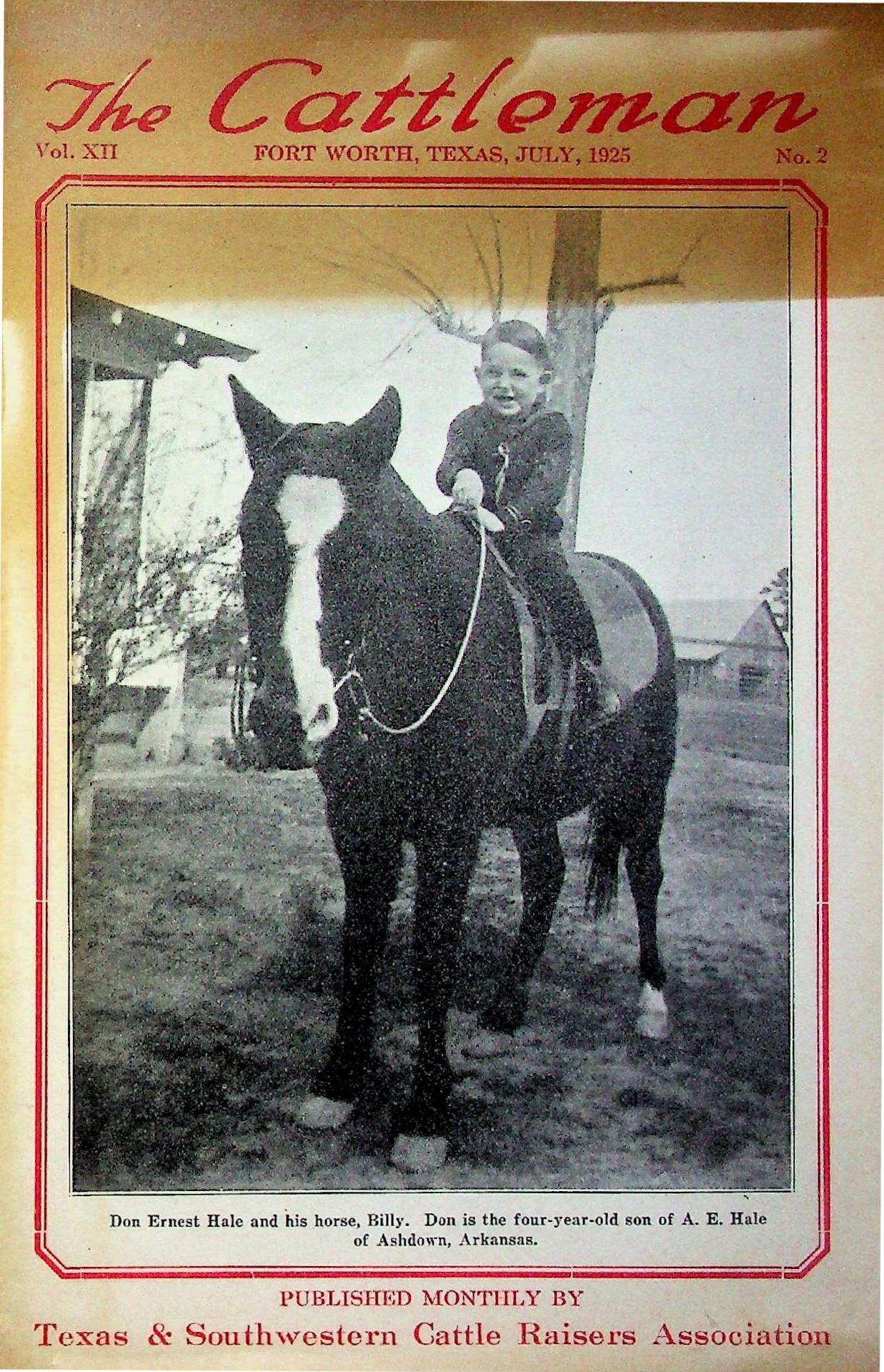
This month’s cover photo featured Don Ernest Hale and his horse, Billy. Don was the four-year-old son of A.E. Hale of Ashdown, Arkansas.
In an article titled Trend of the Cattle Industry in Texas , the author reported an improved statistical position in 1925 — including tighter cattle supplies and favorable industrial and economic conditions that furnished an active demand for beef.
“I have heard the cattle business characterized as a great ‘next year business,’ and of course without our hope that ‘next year’ gives us the promise of better things, the incentive has been taken away from us all.” T C
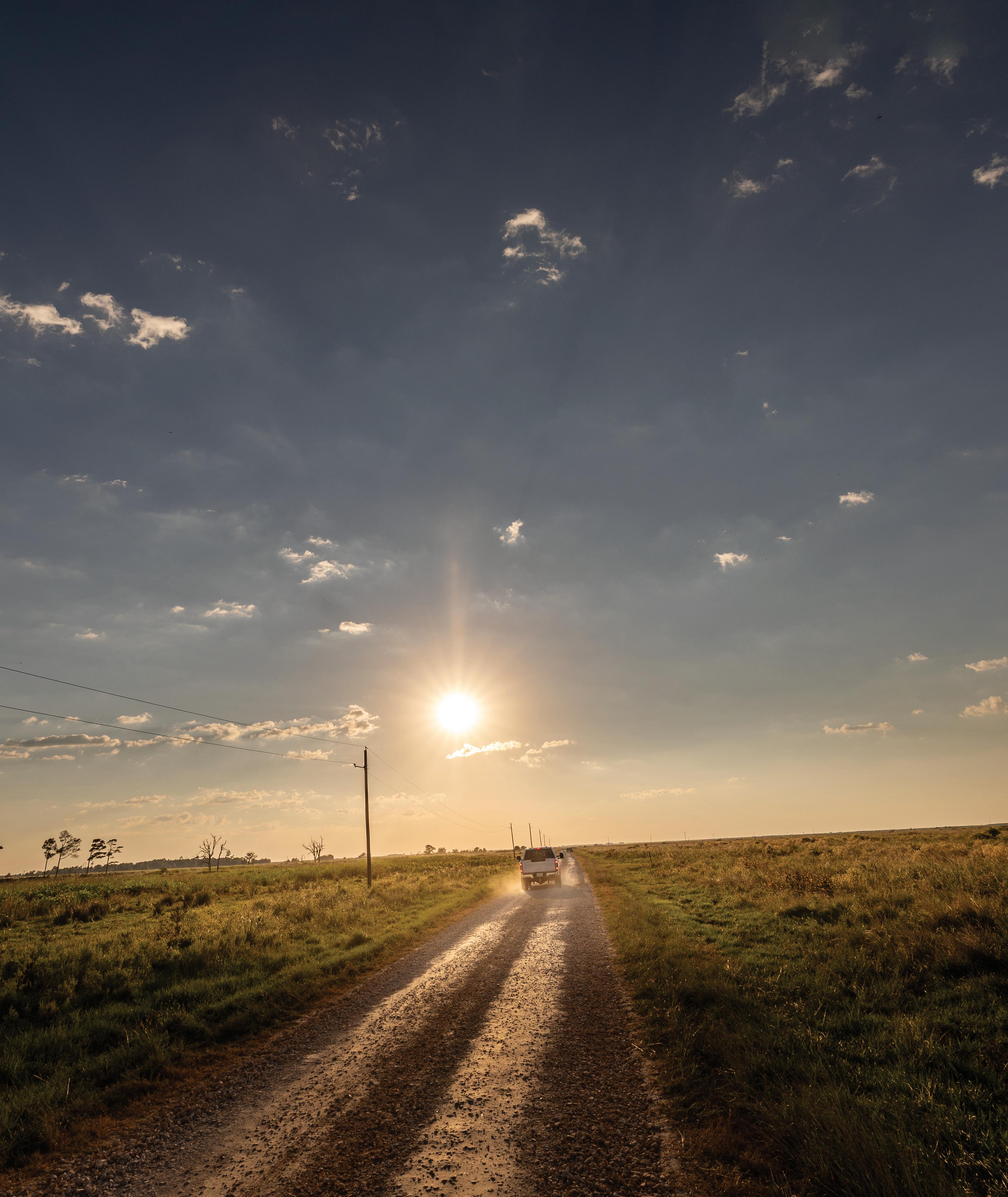
When it comes down to it, we’re in the dreams-come-true business. Especially when it’s helping people get a loan for land for their farm or ranch, for recreation or for a future homesite. You see, no one knows rural Texas better than us. We’ve been at it for more than 100 years, and we have the lending power to see it through. Go ahead and pinch yourself, this part isn’t a dream.
